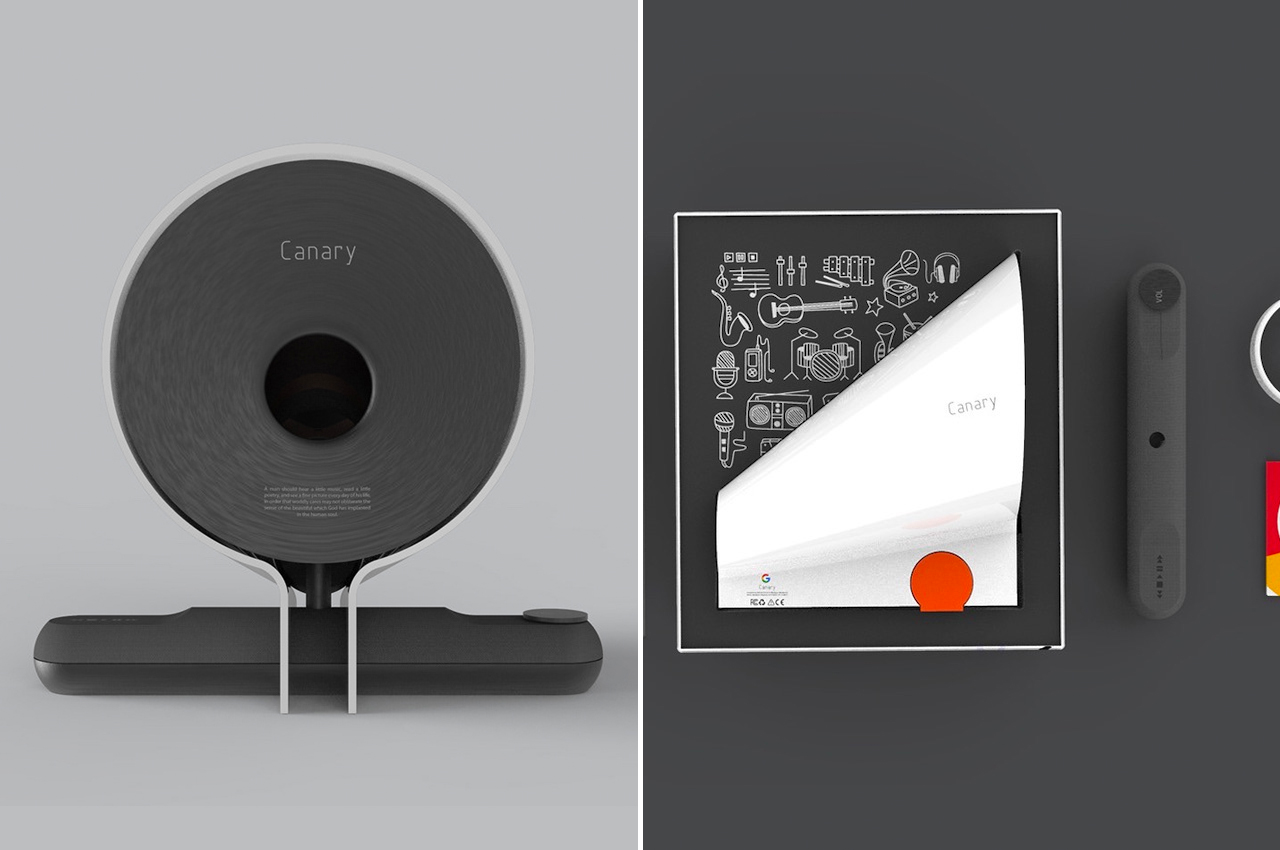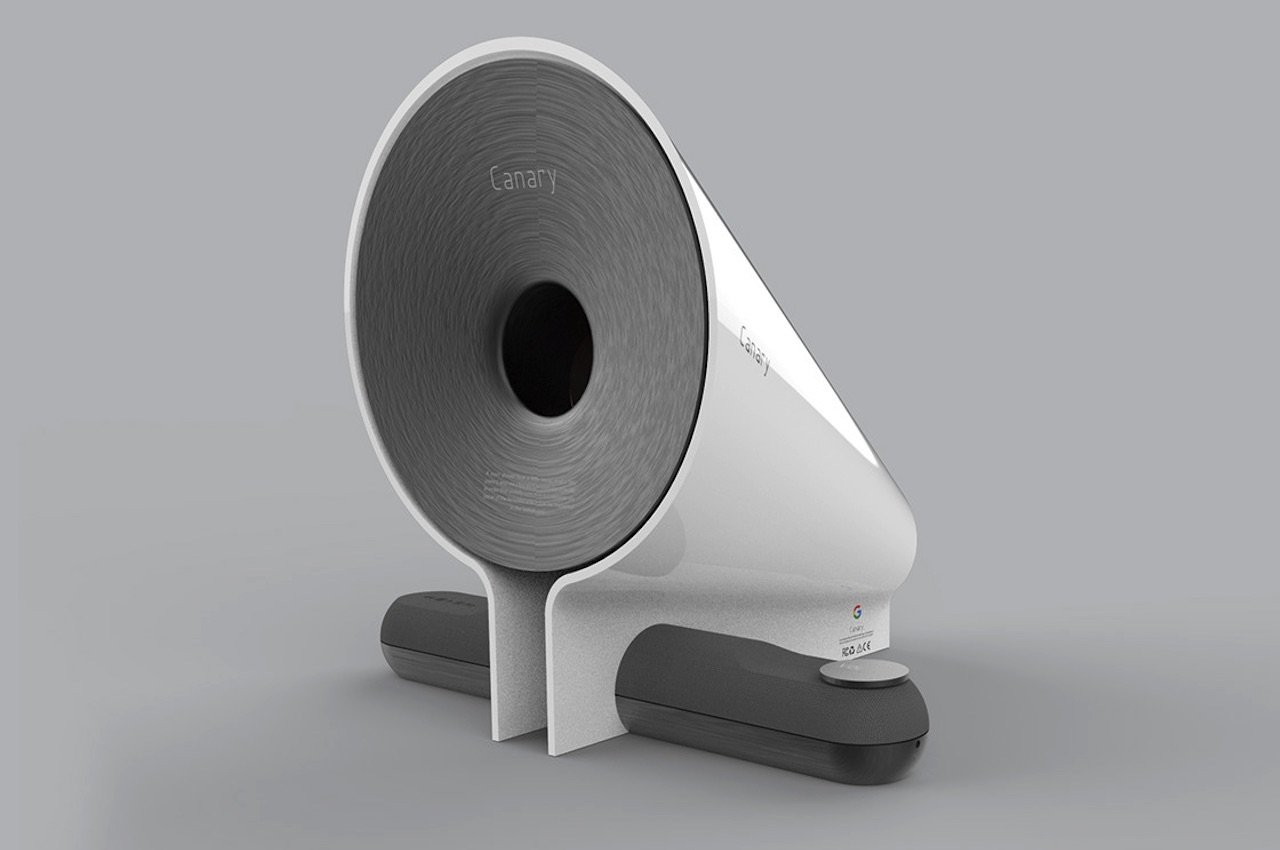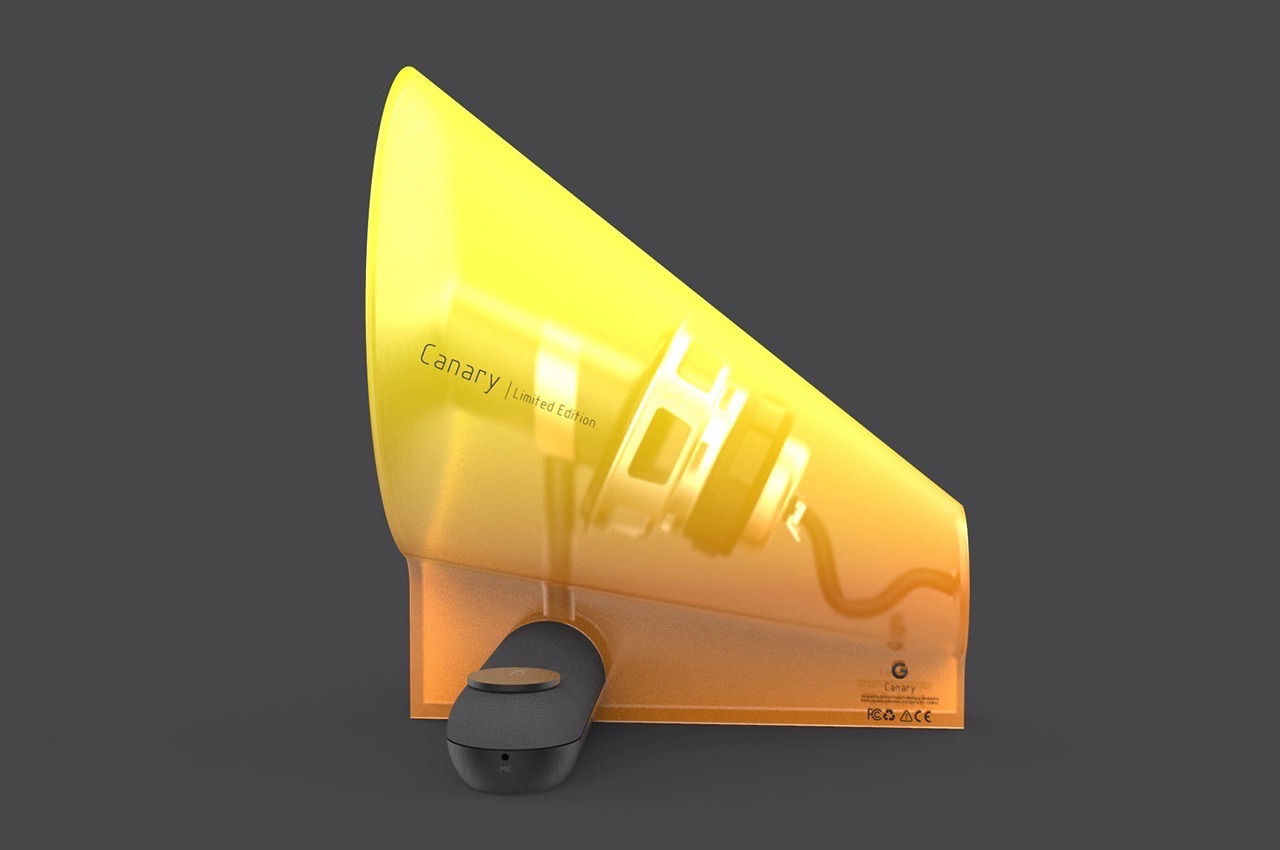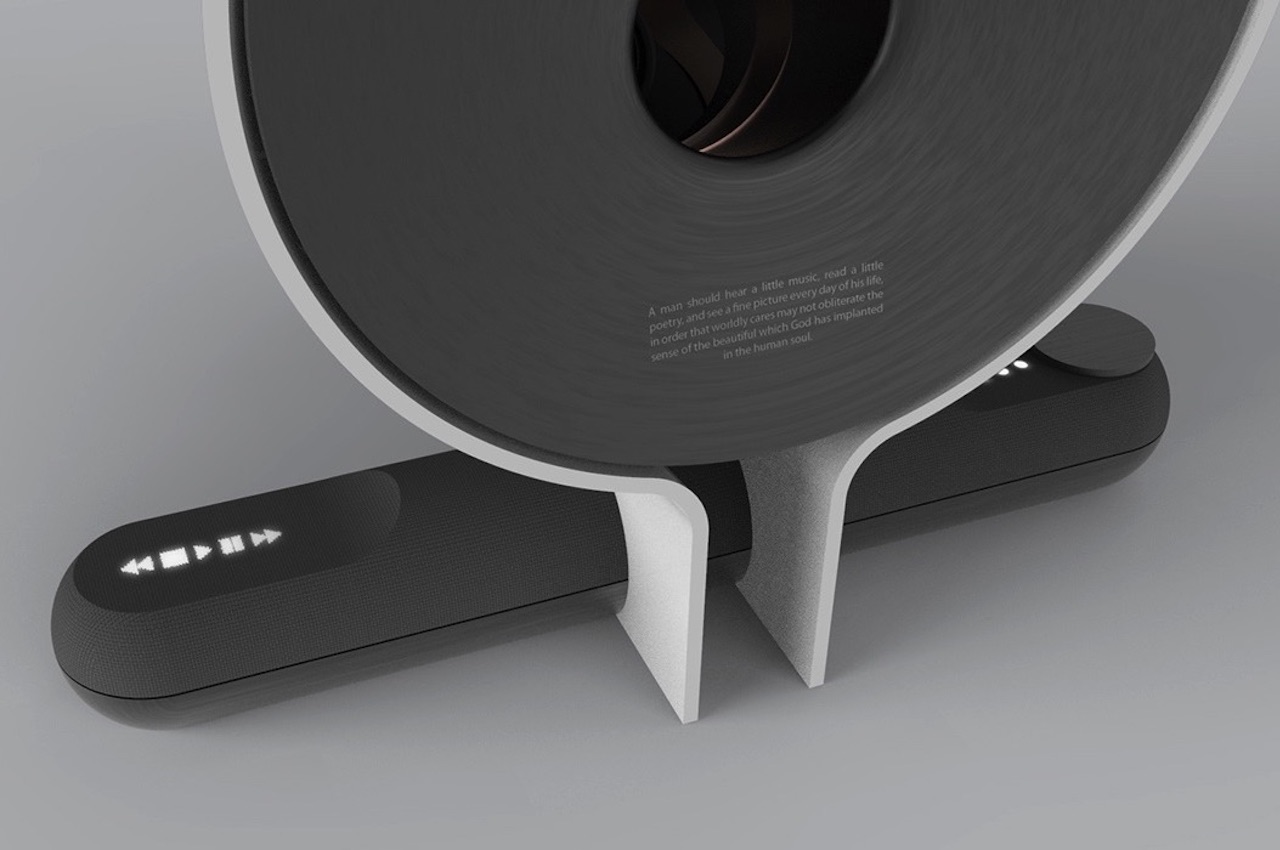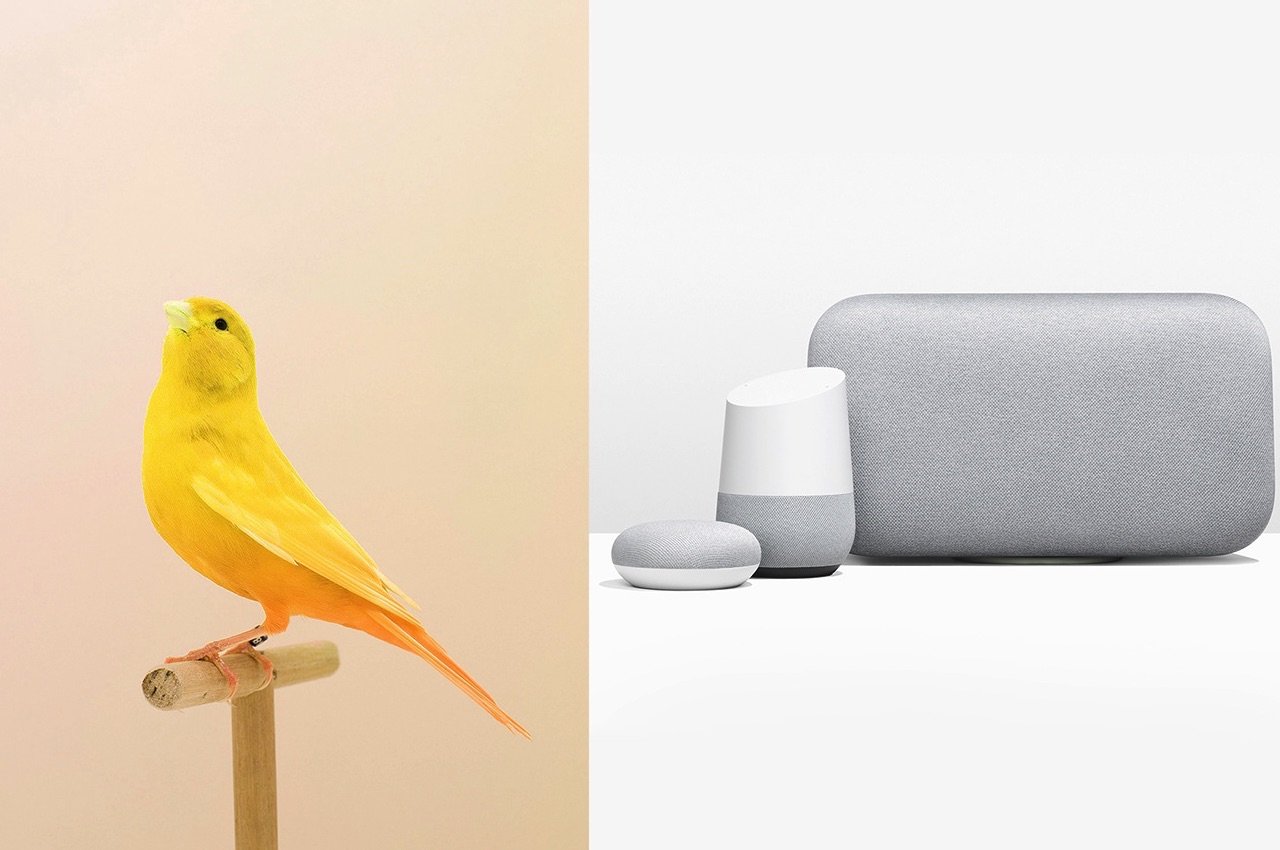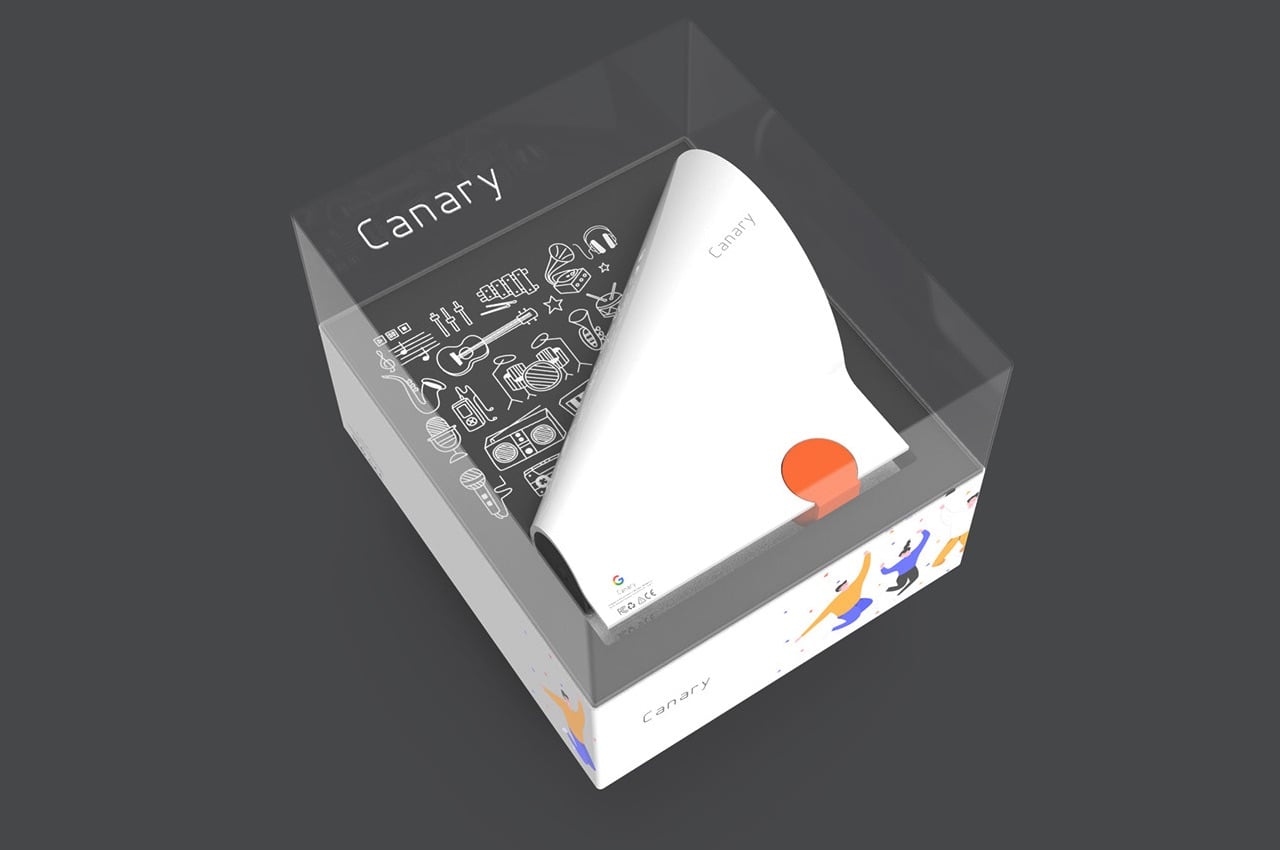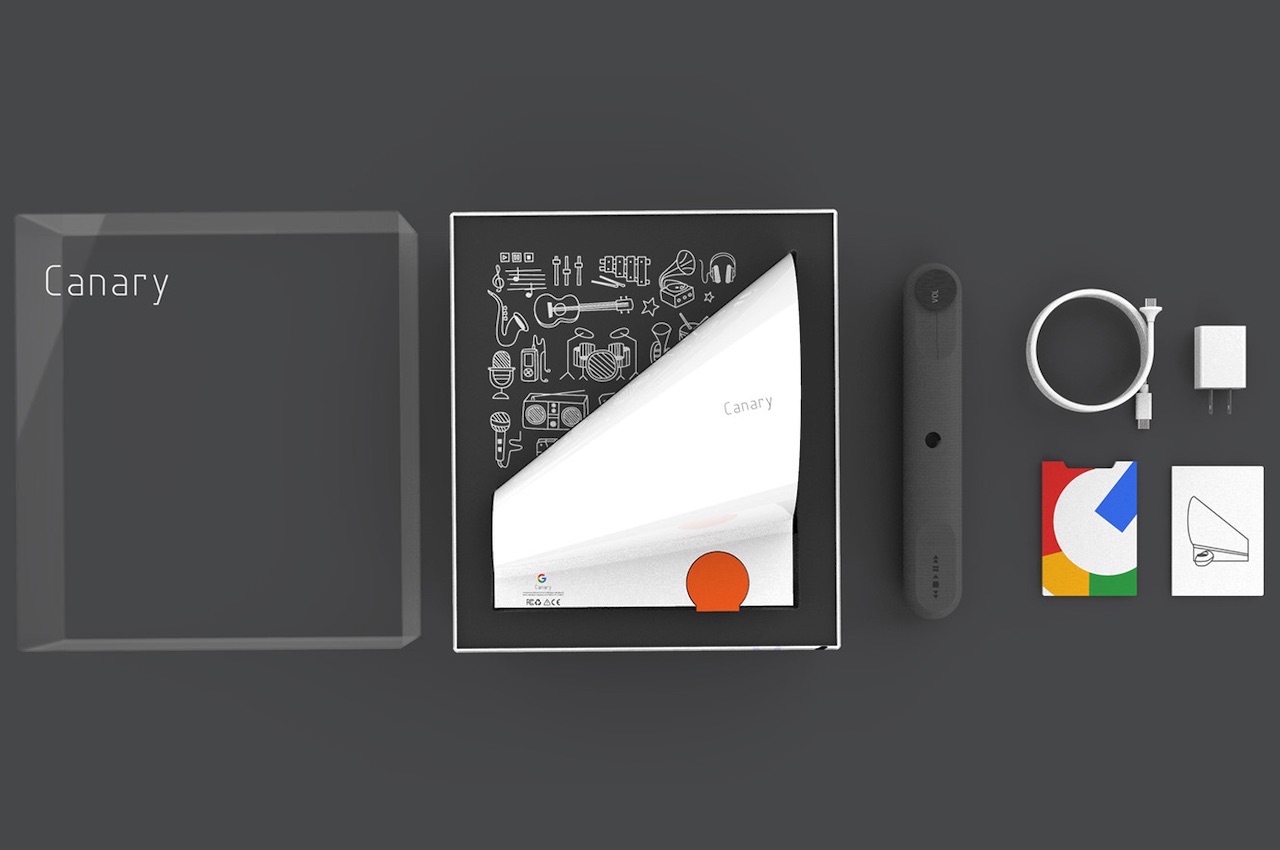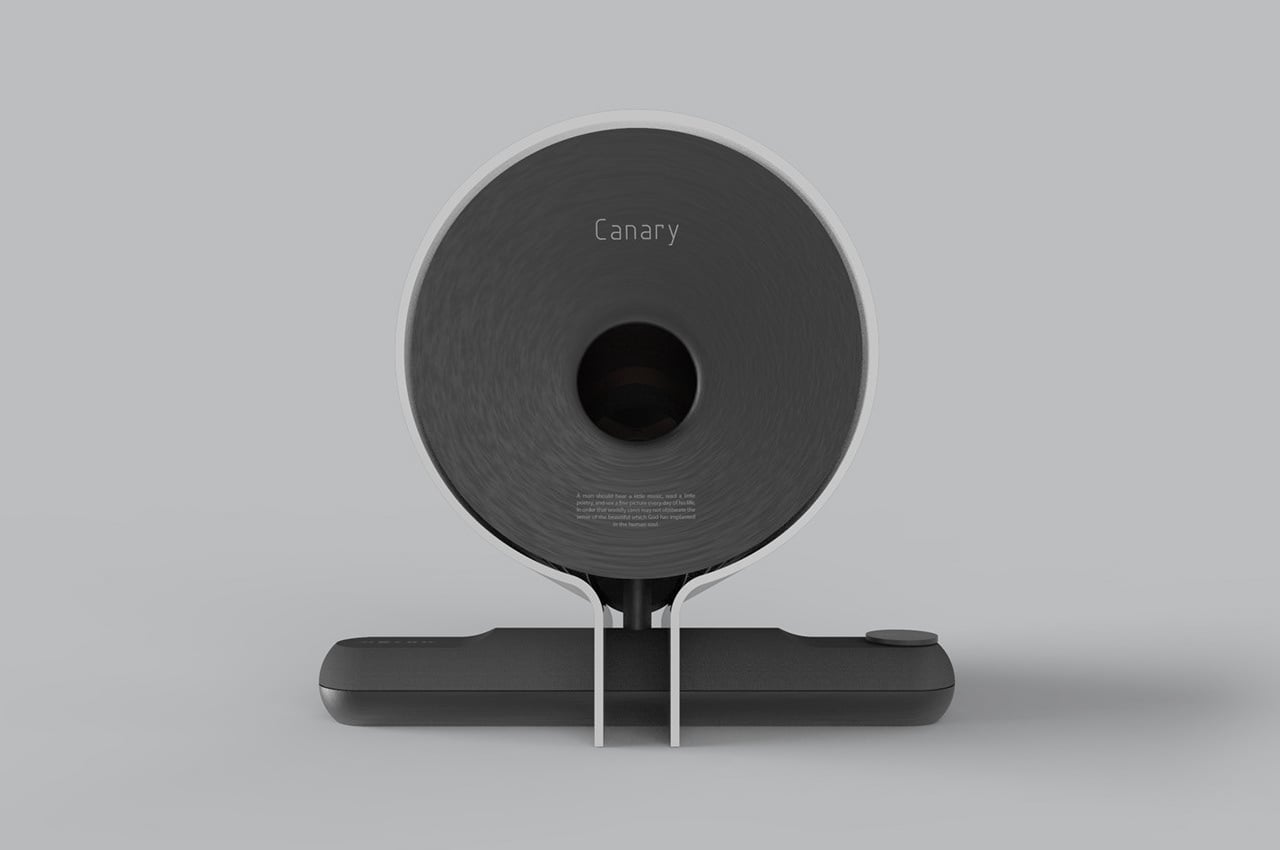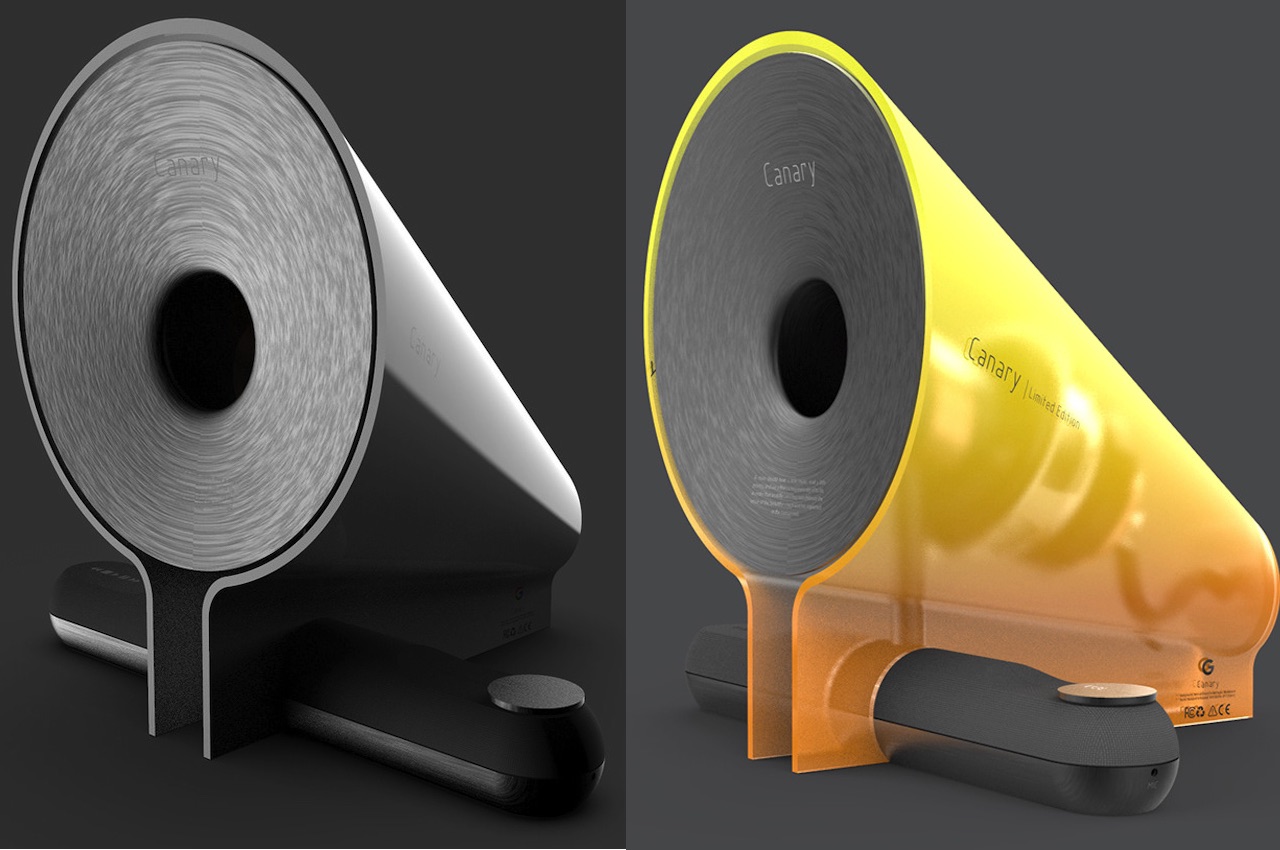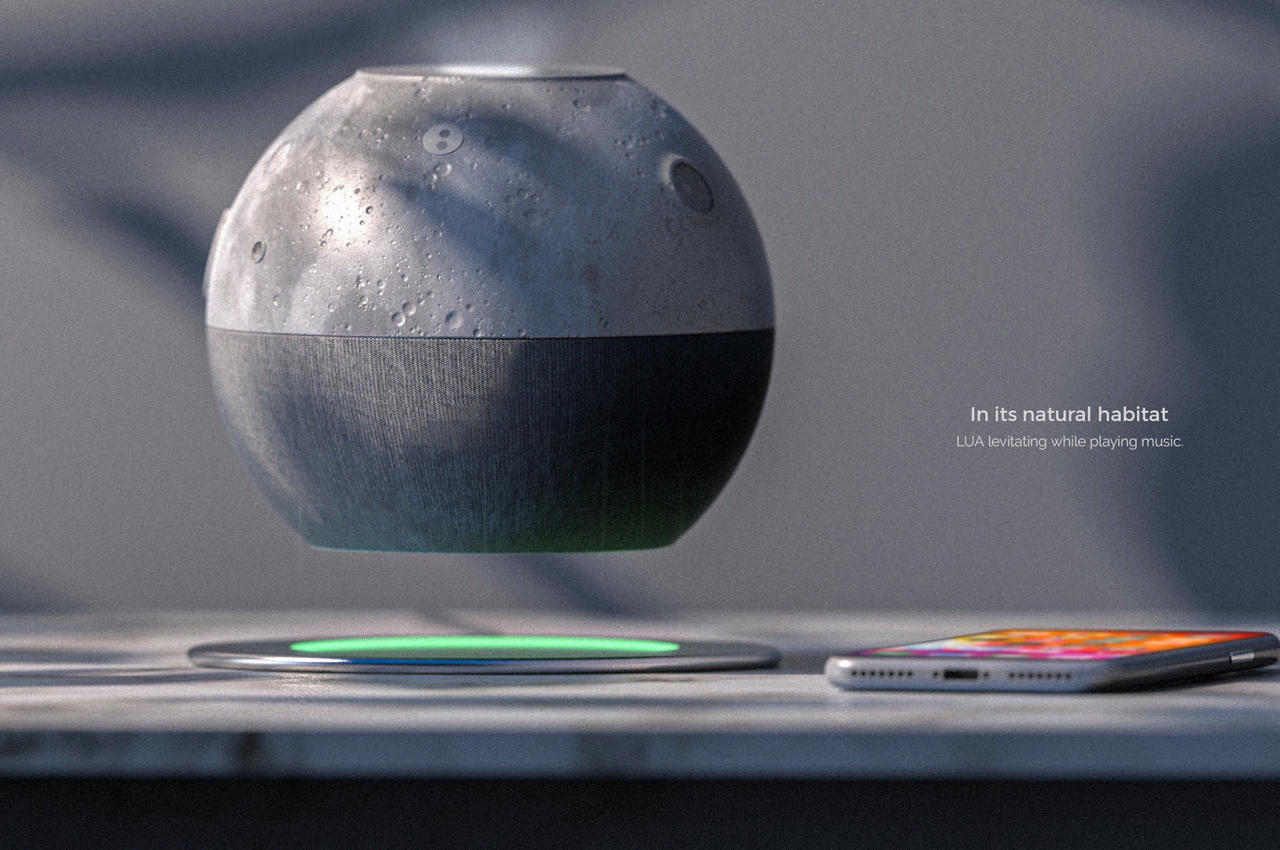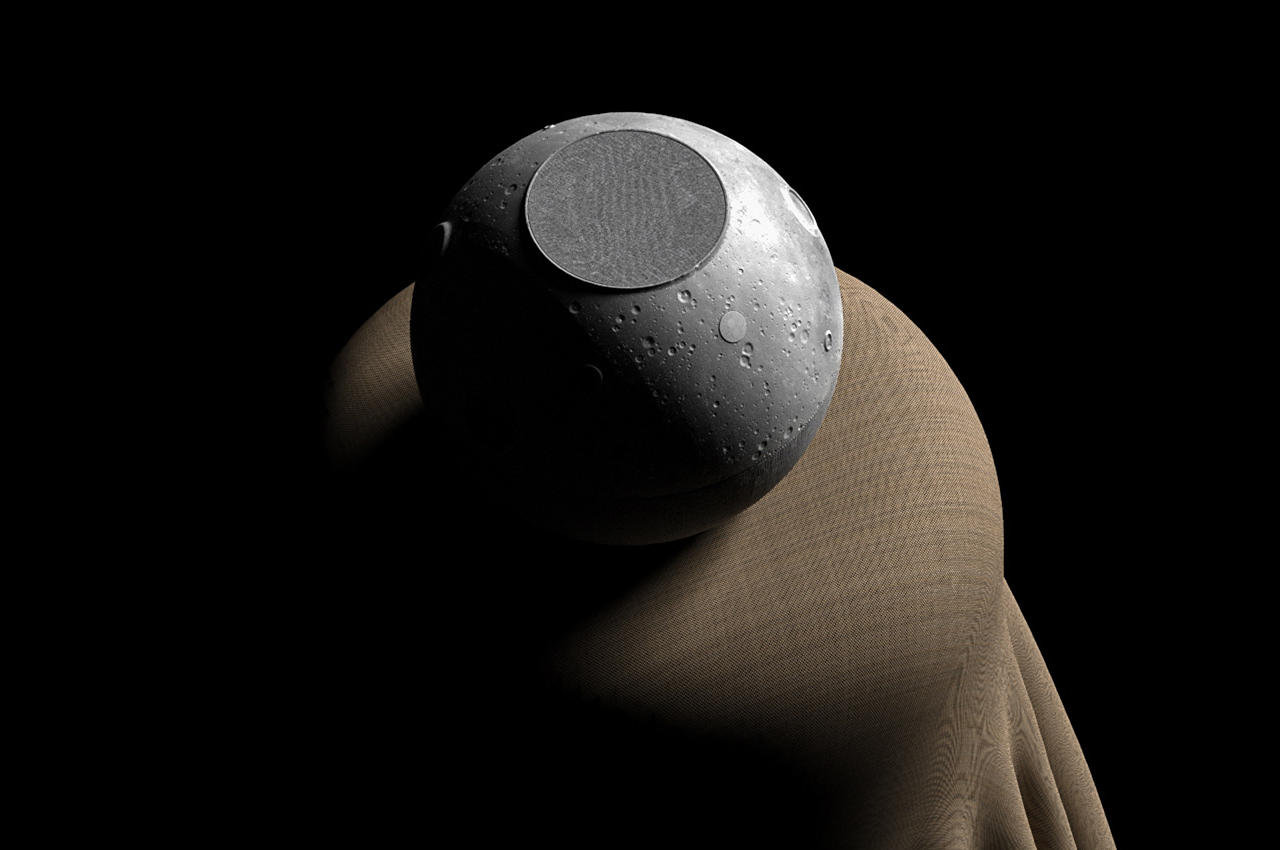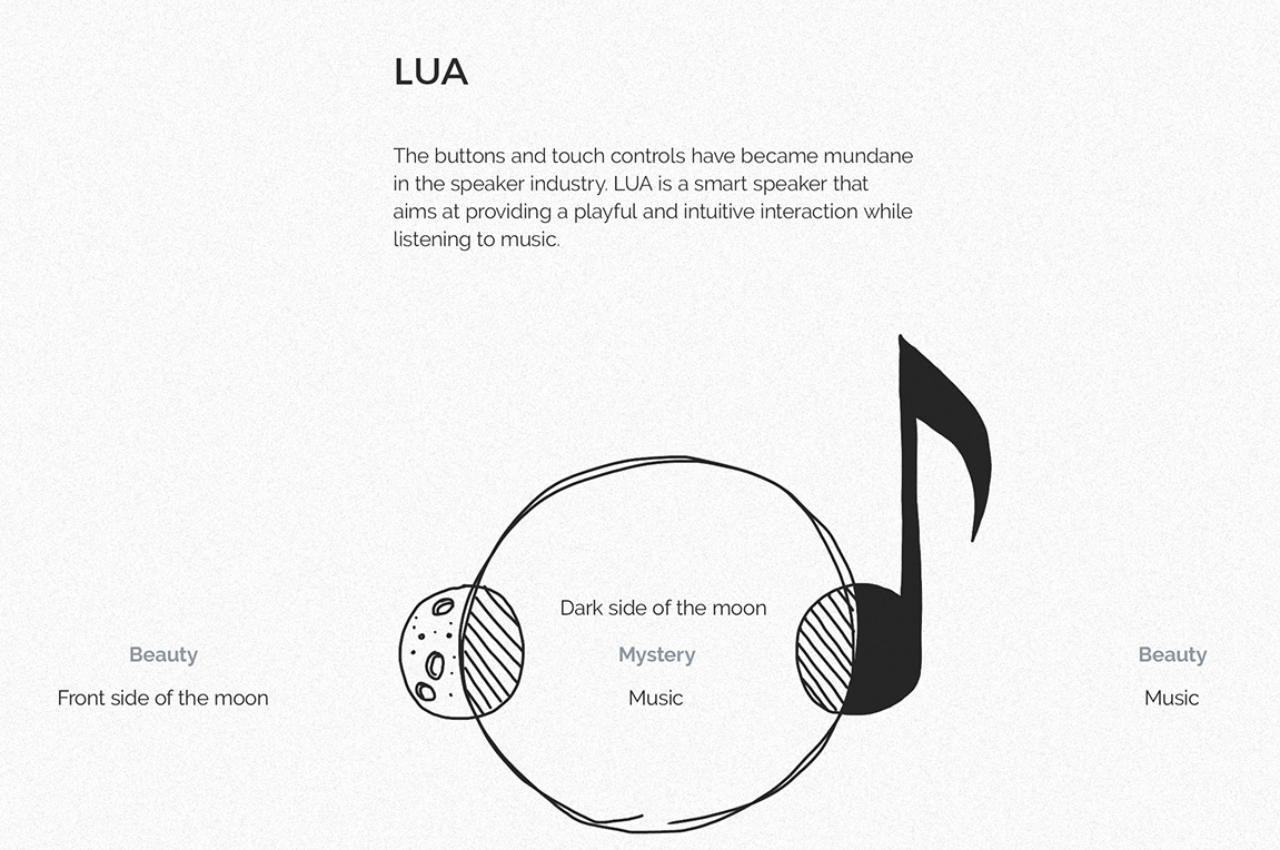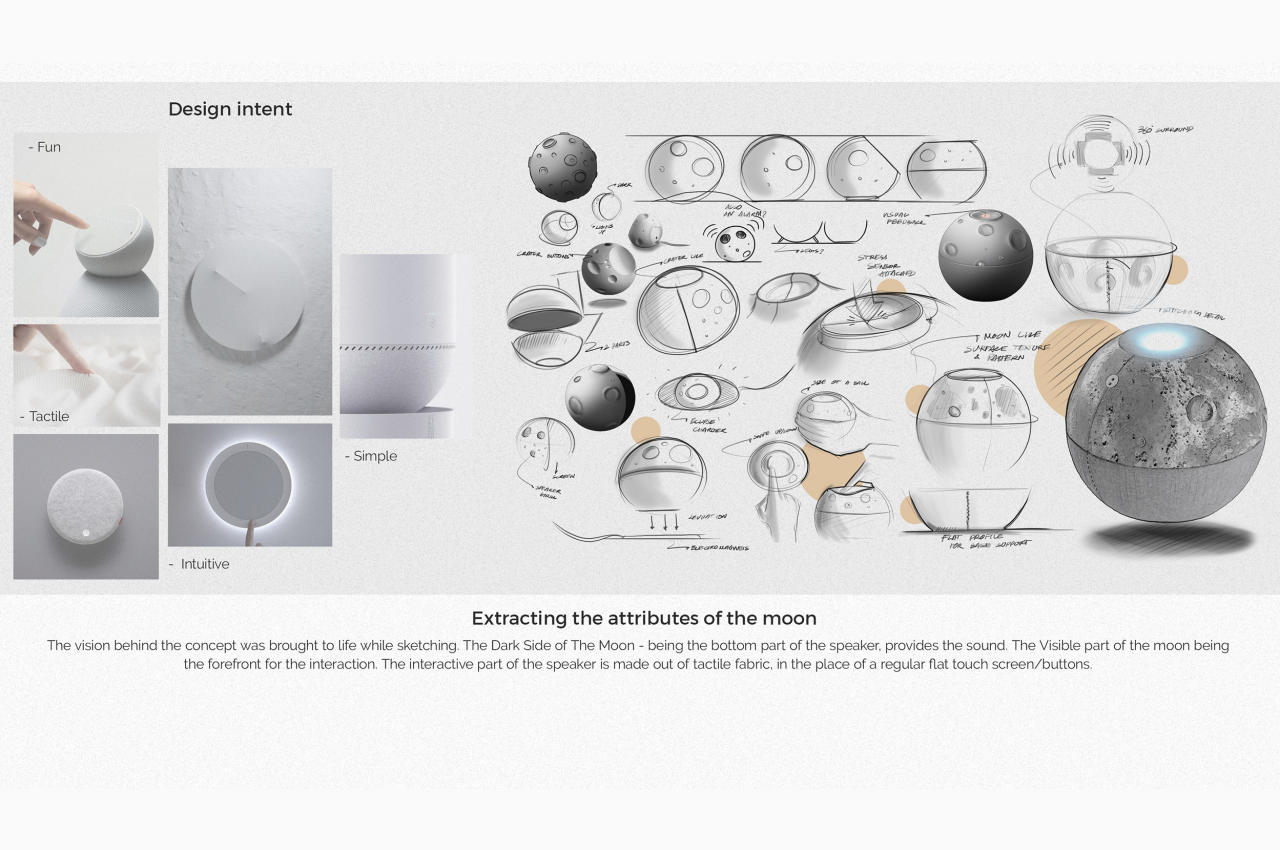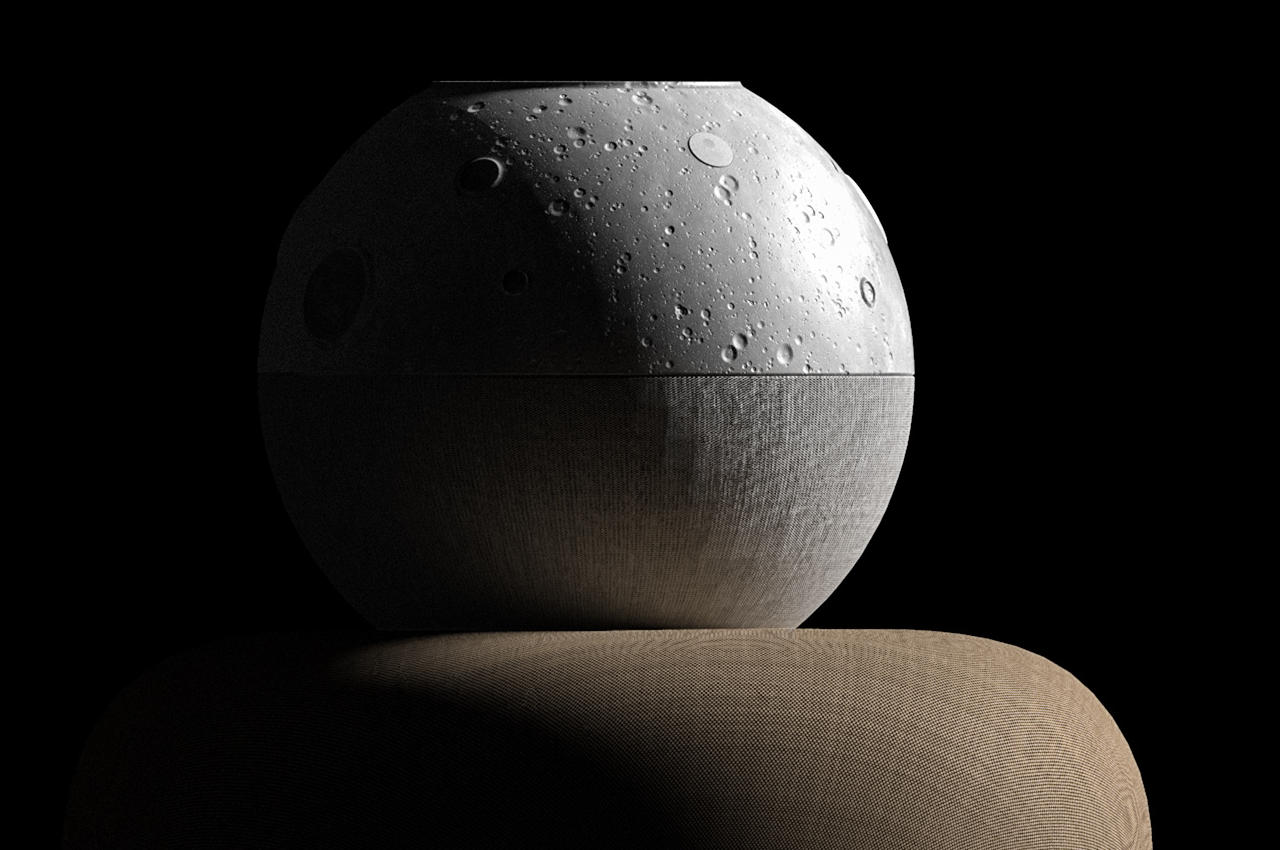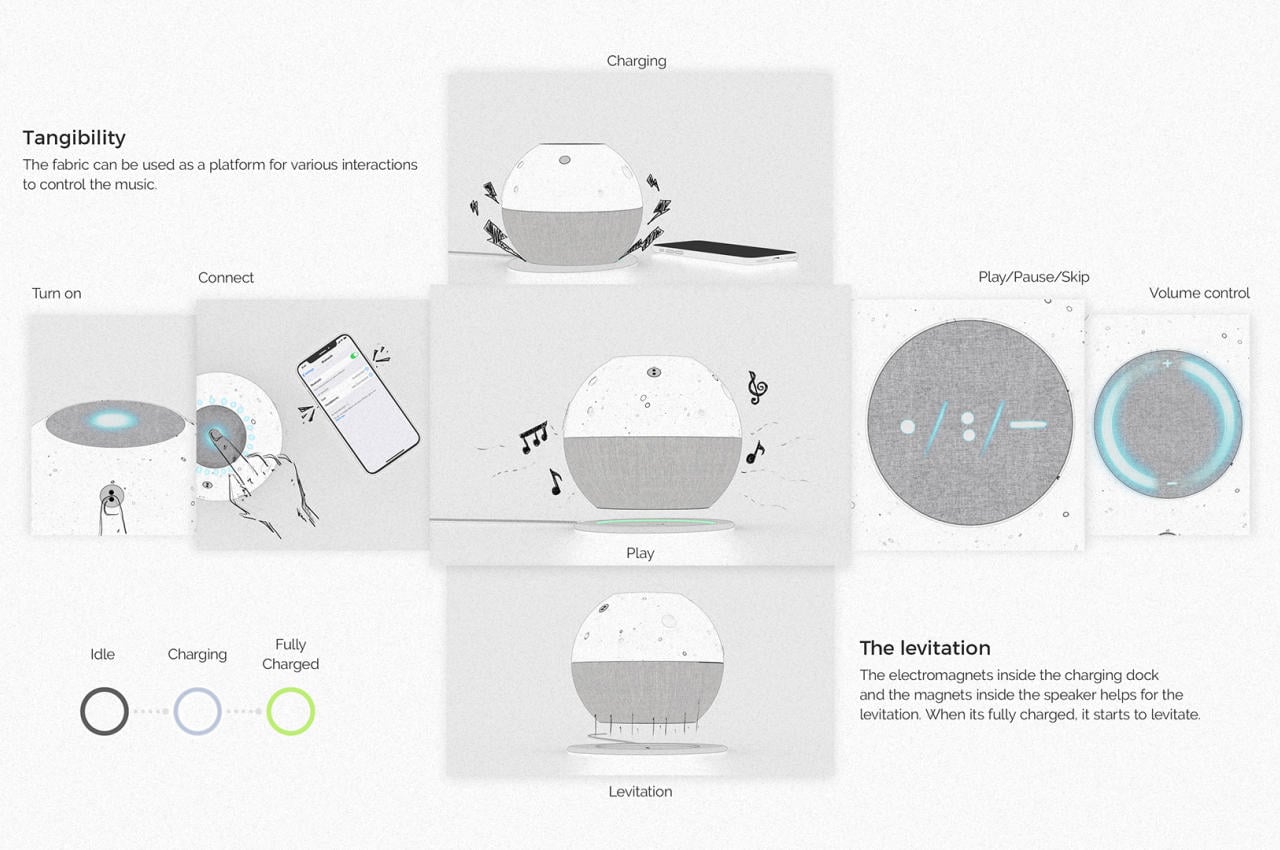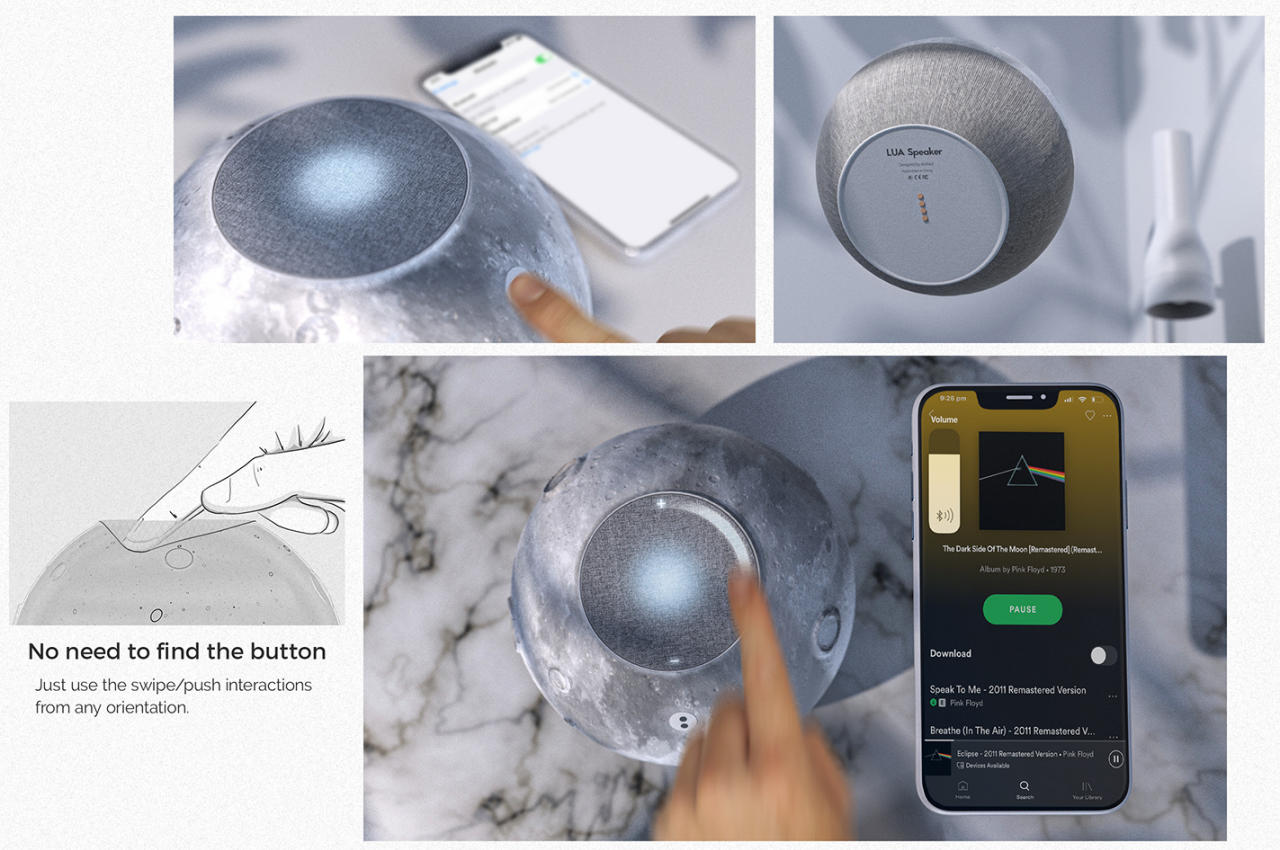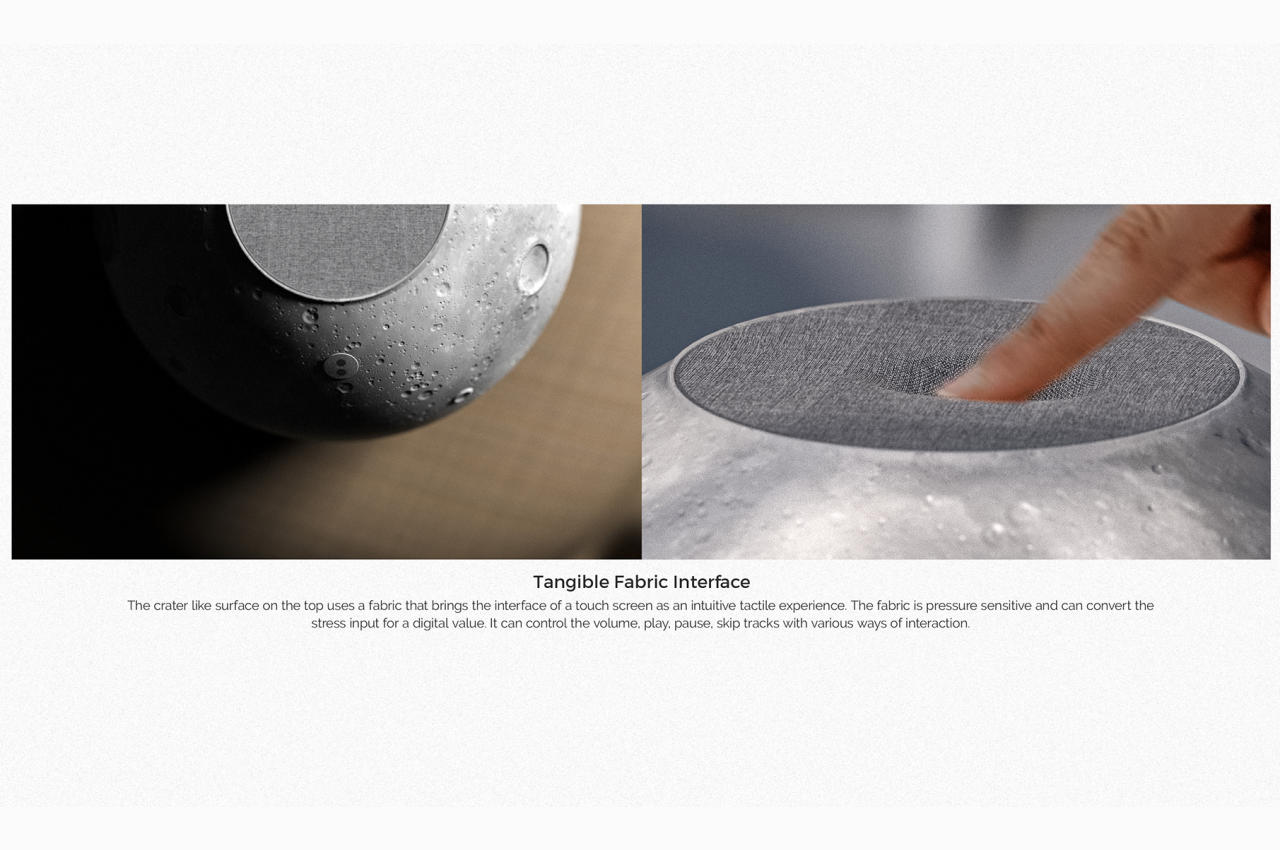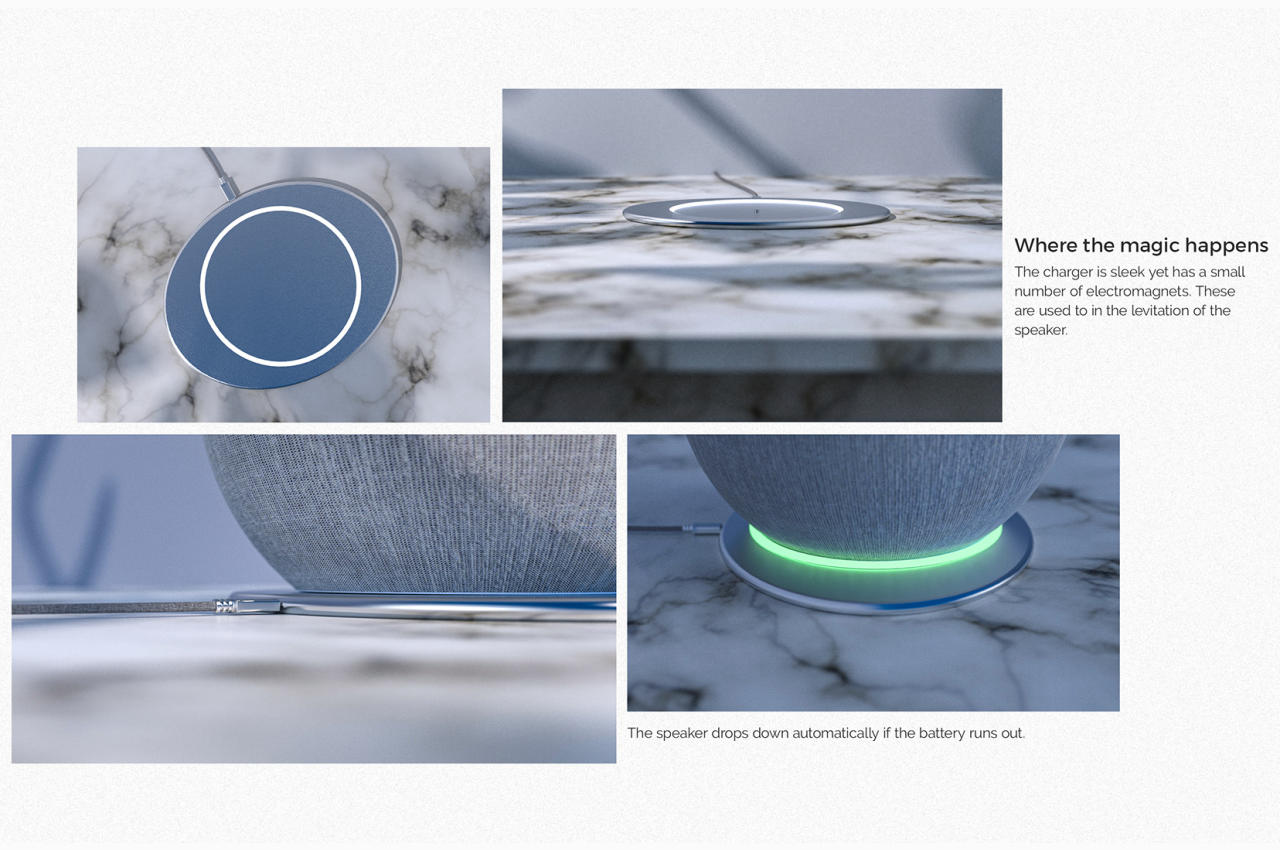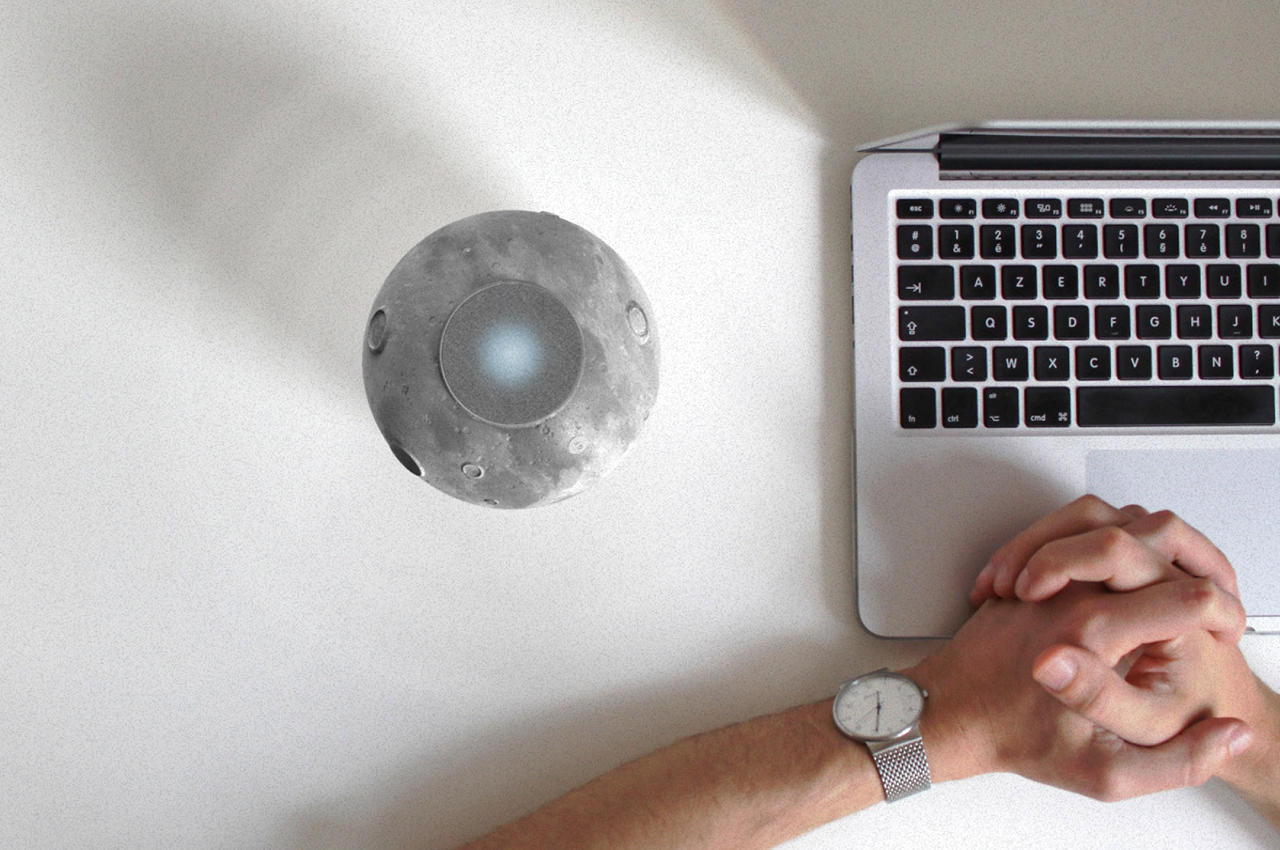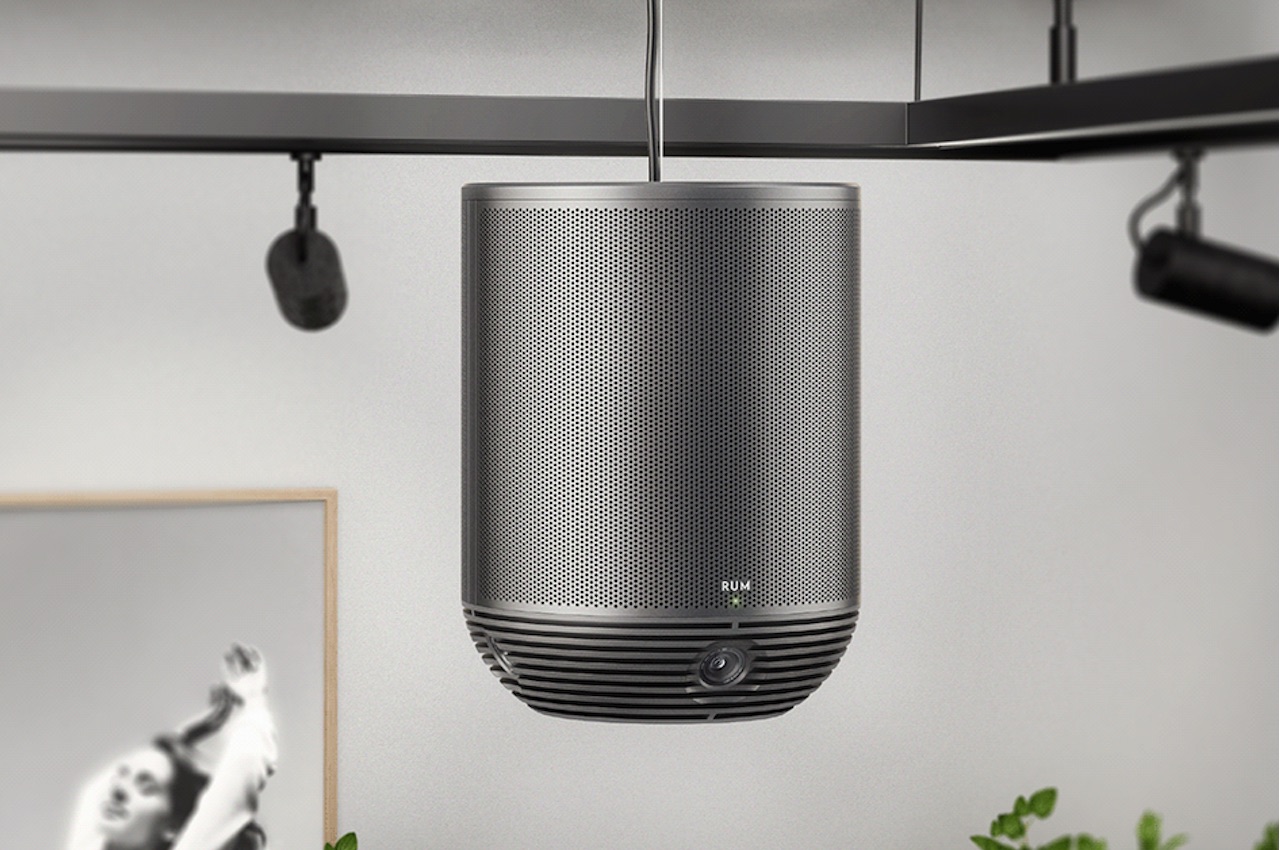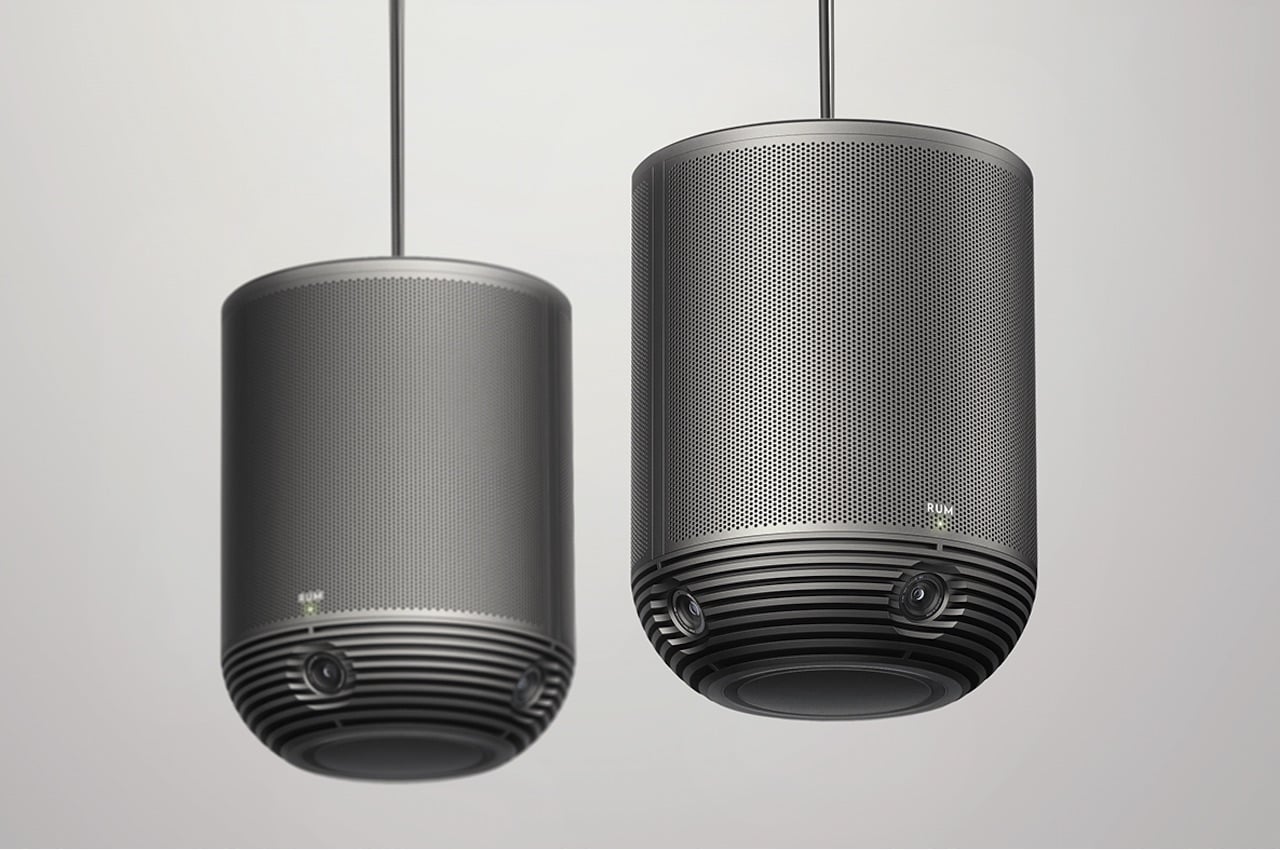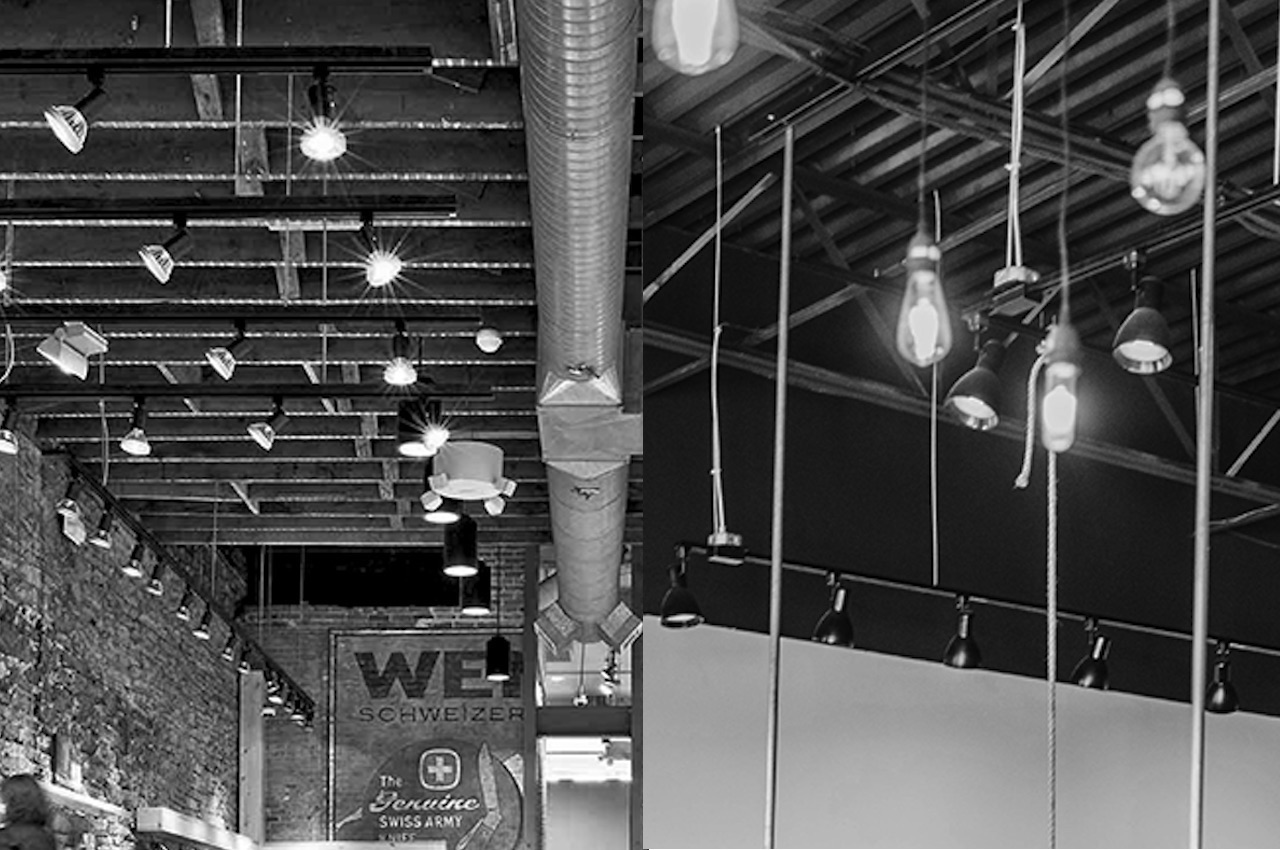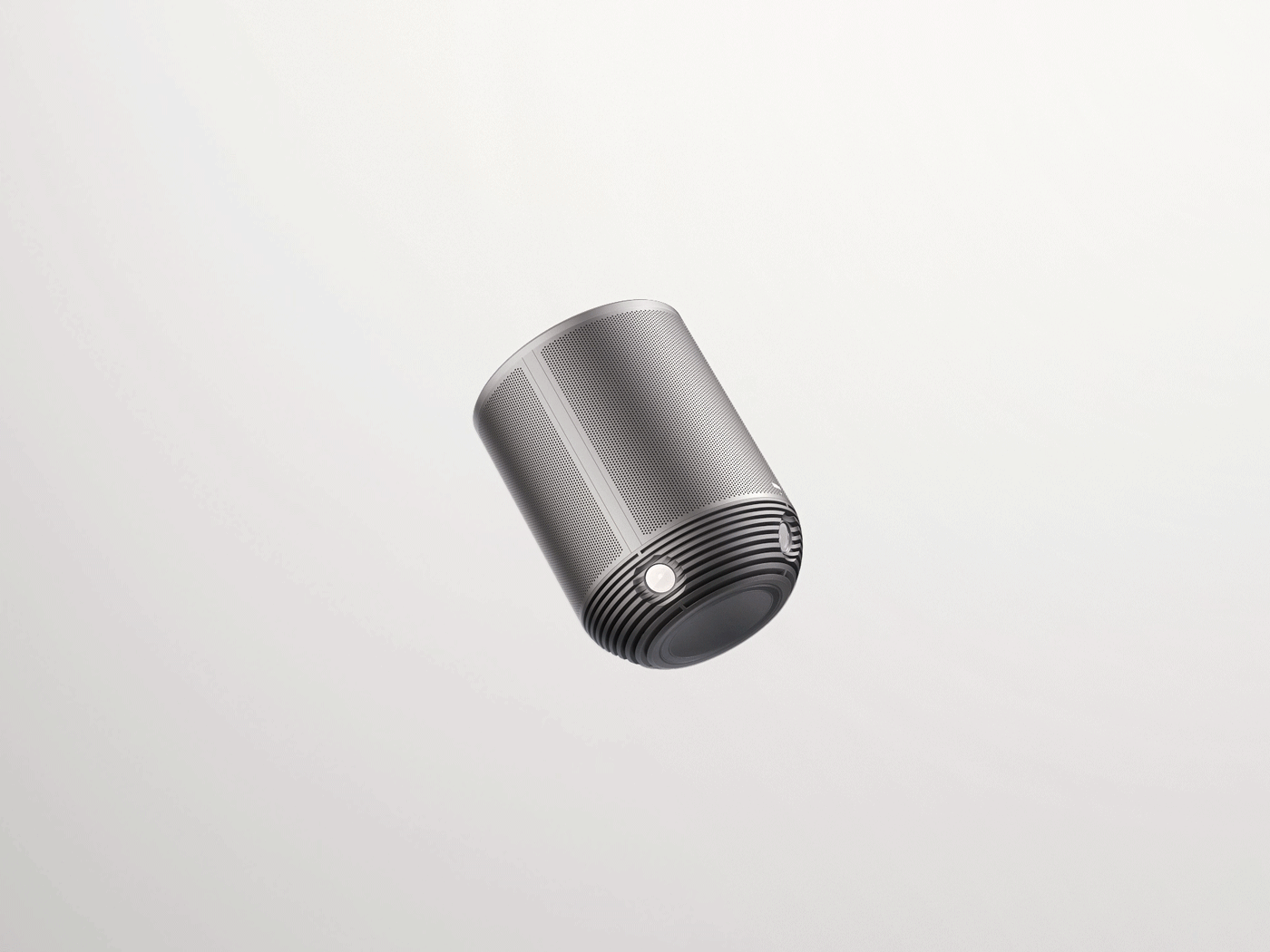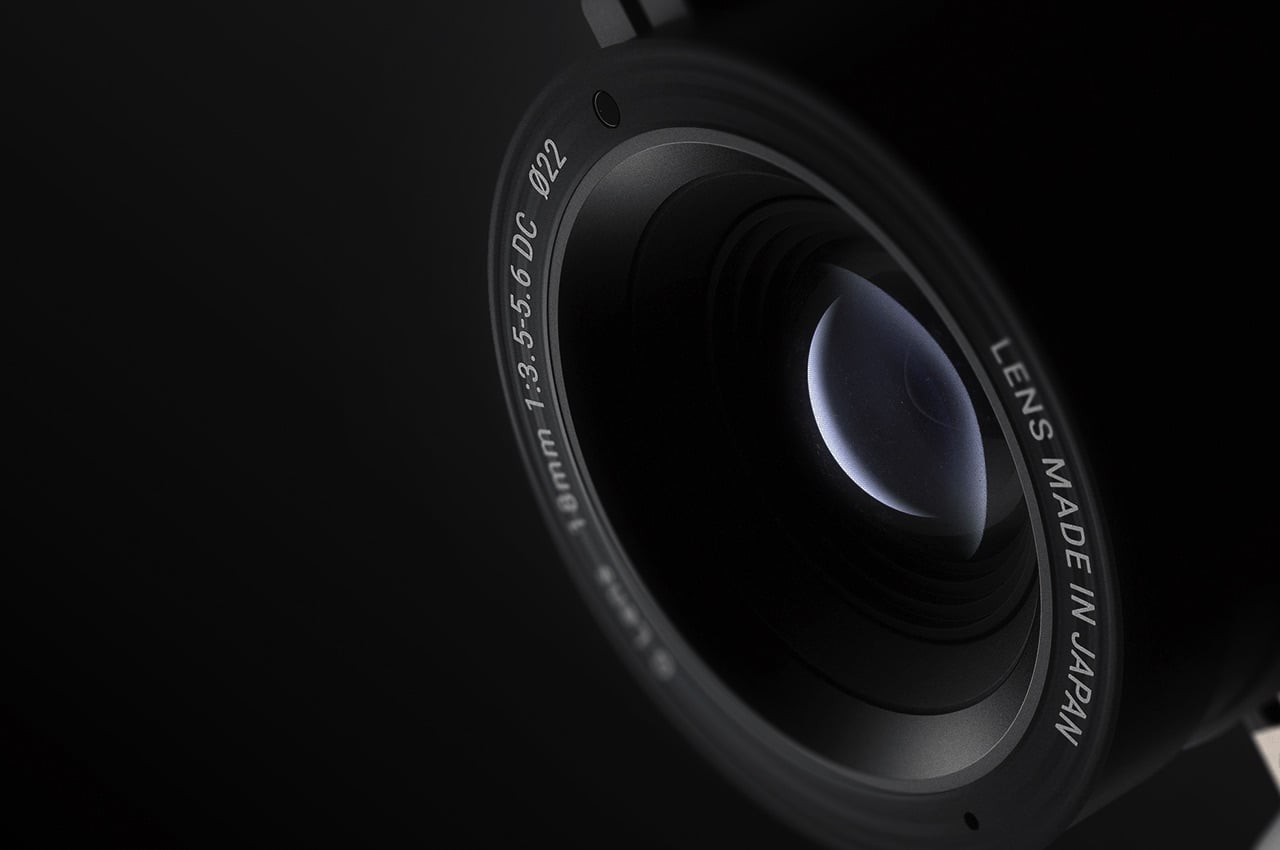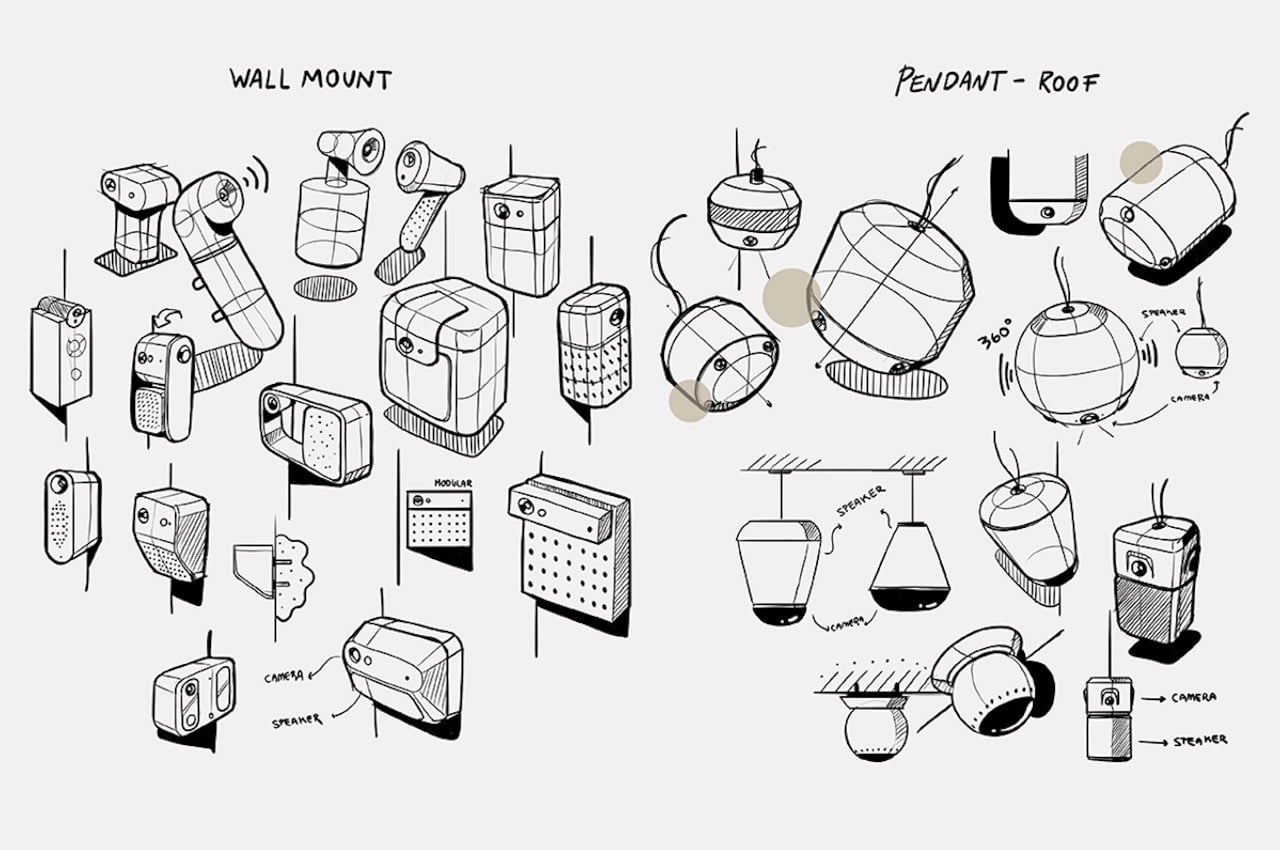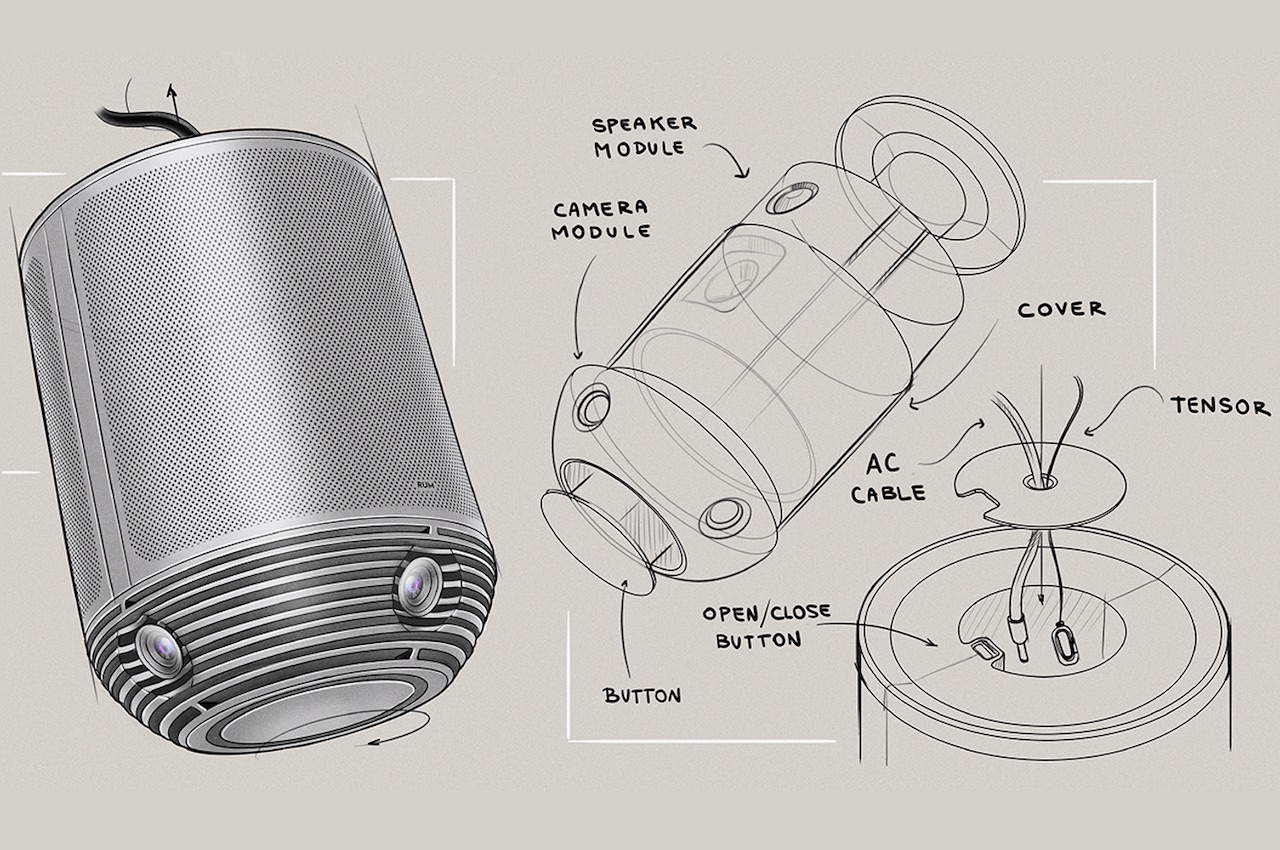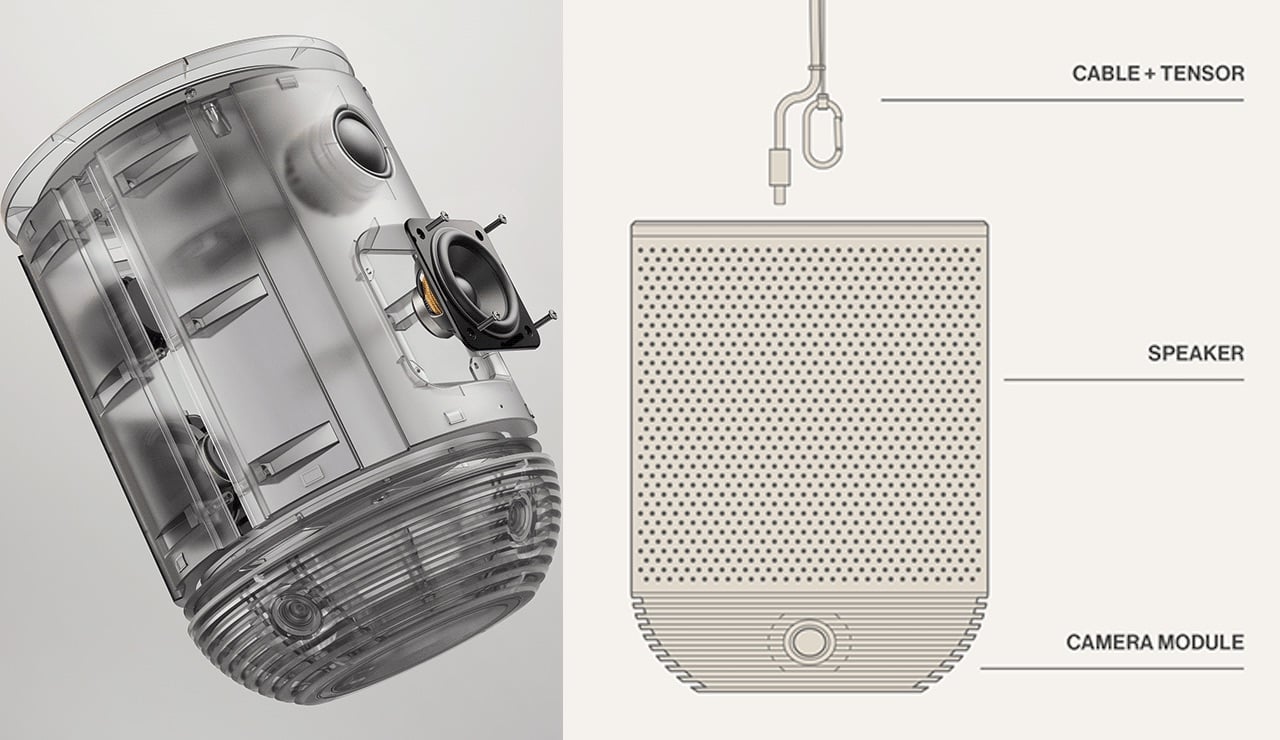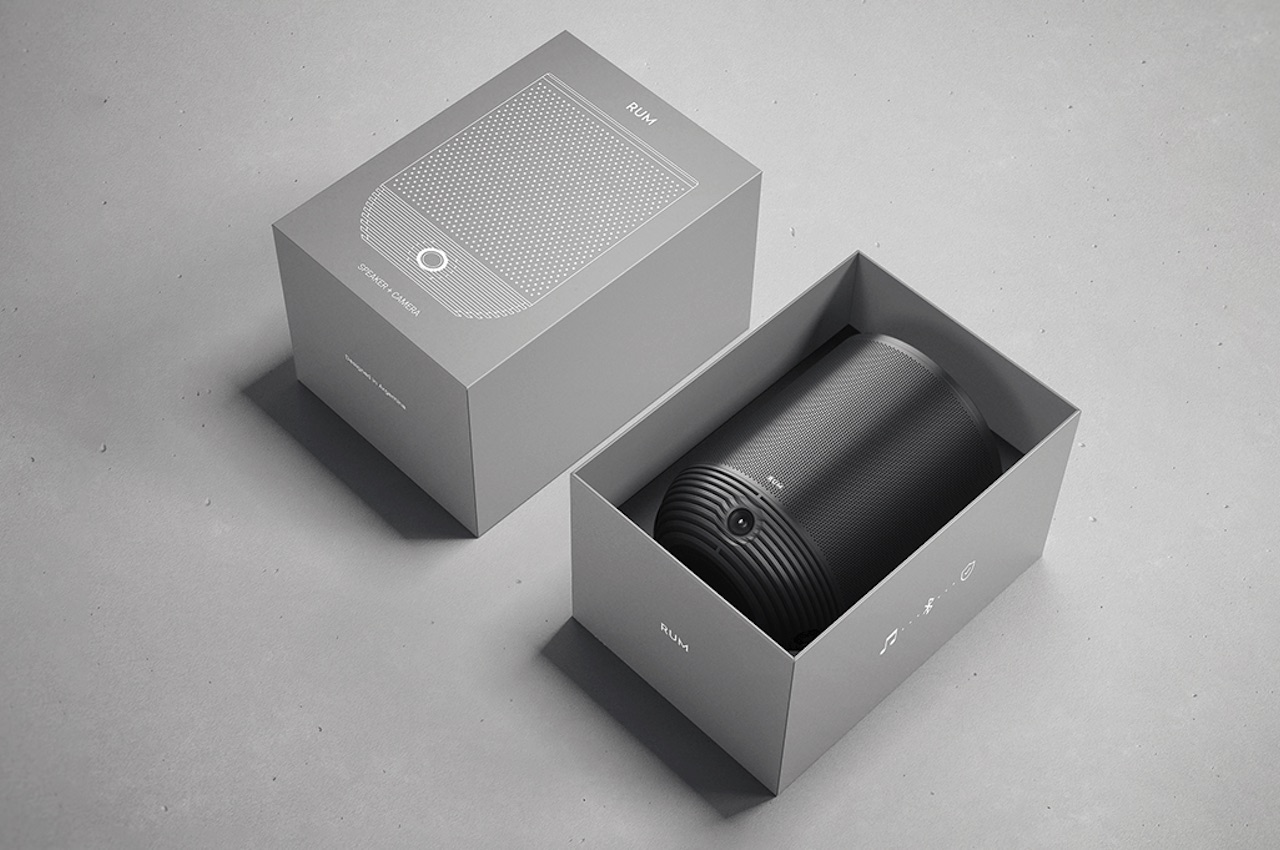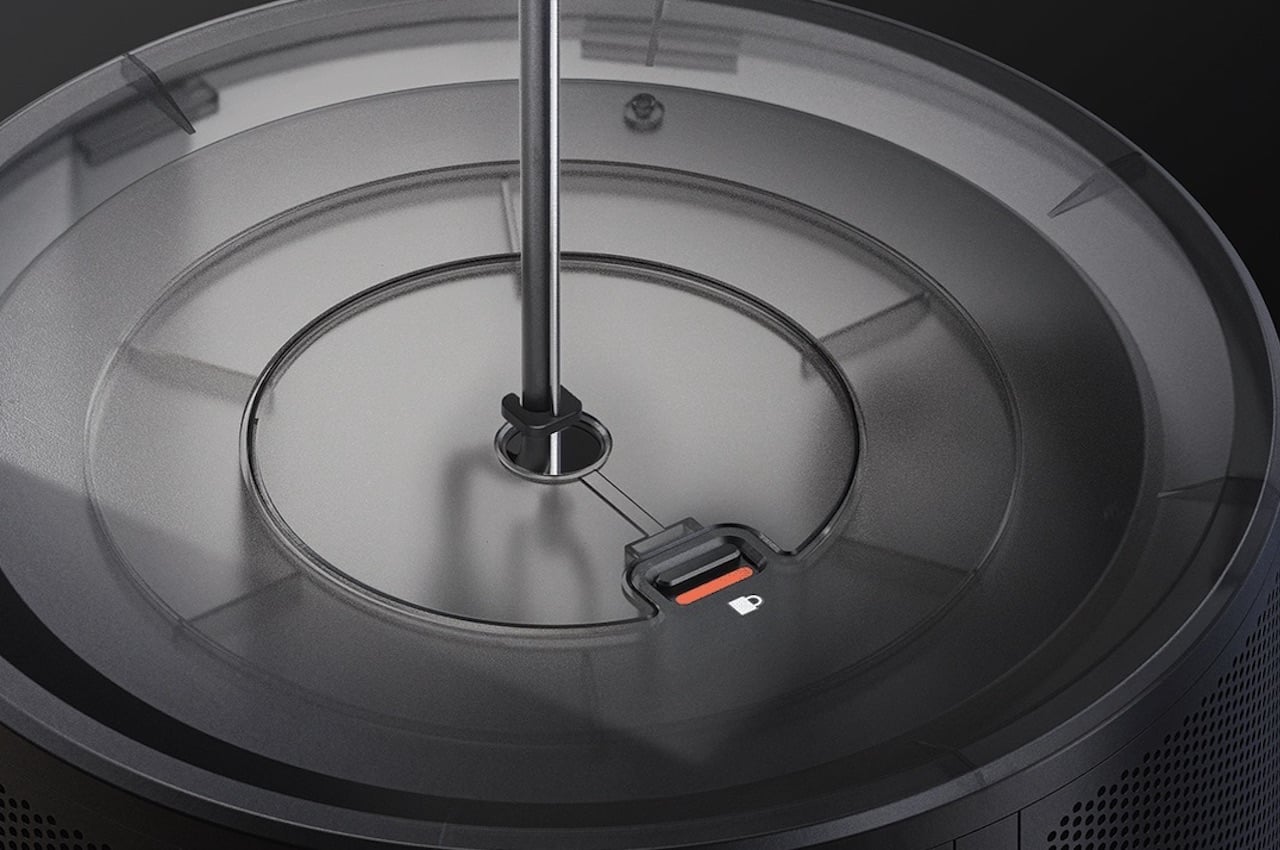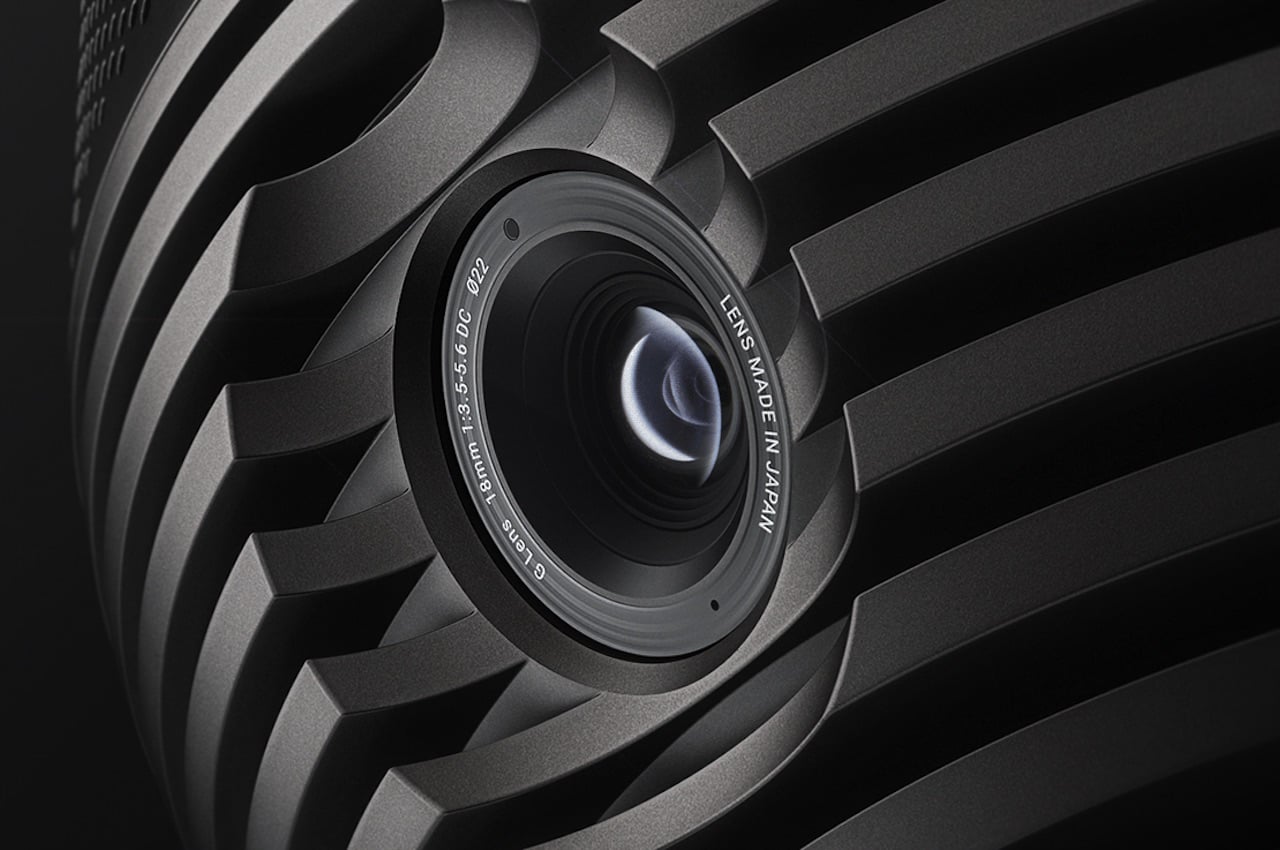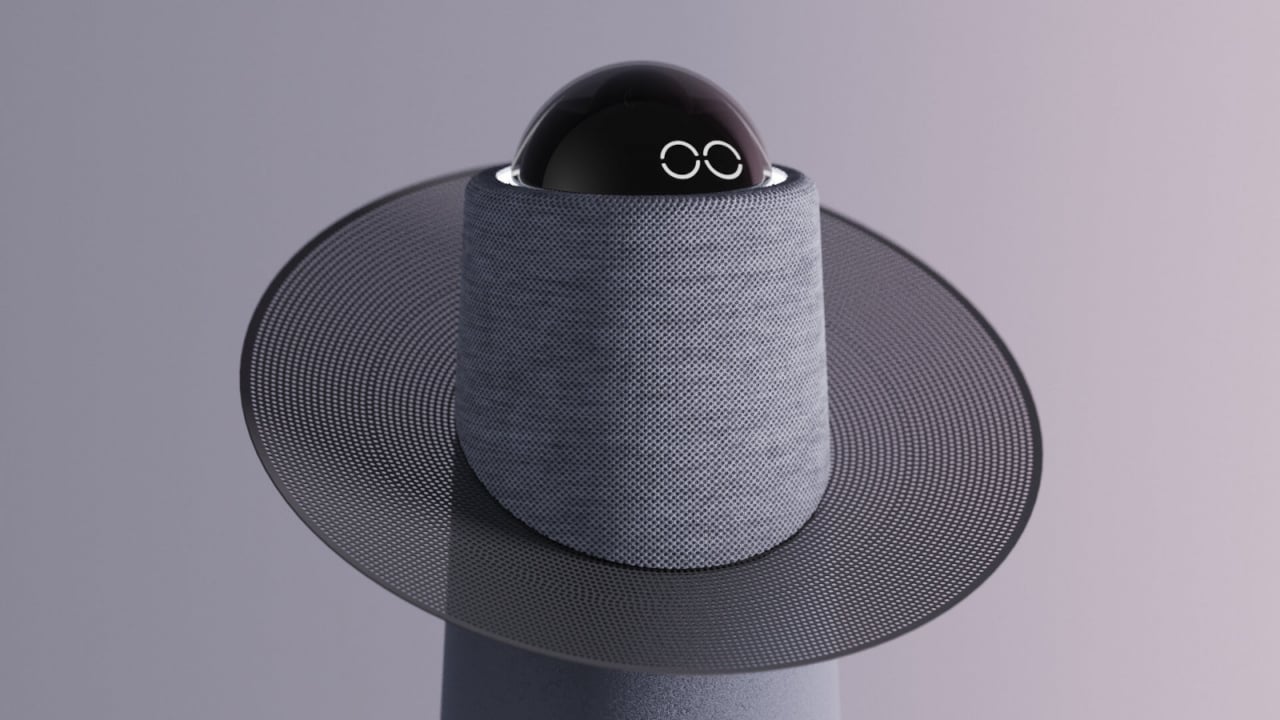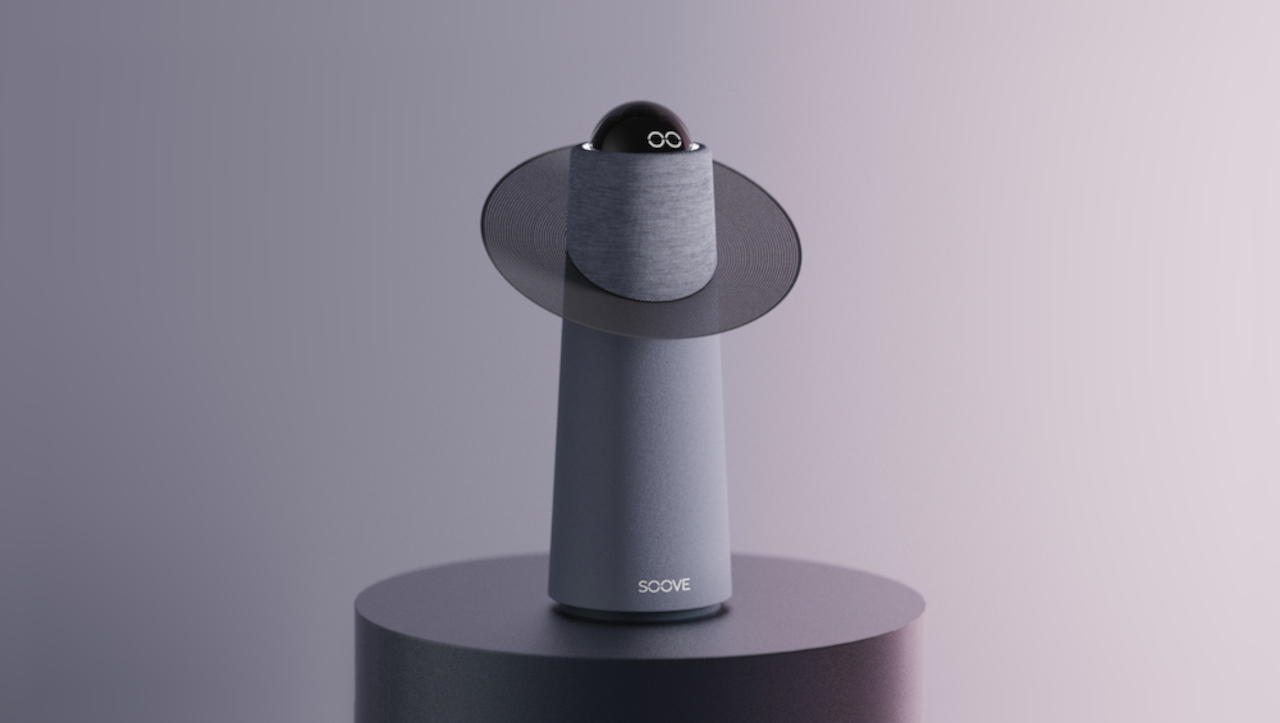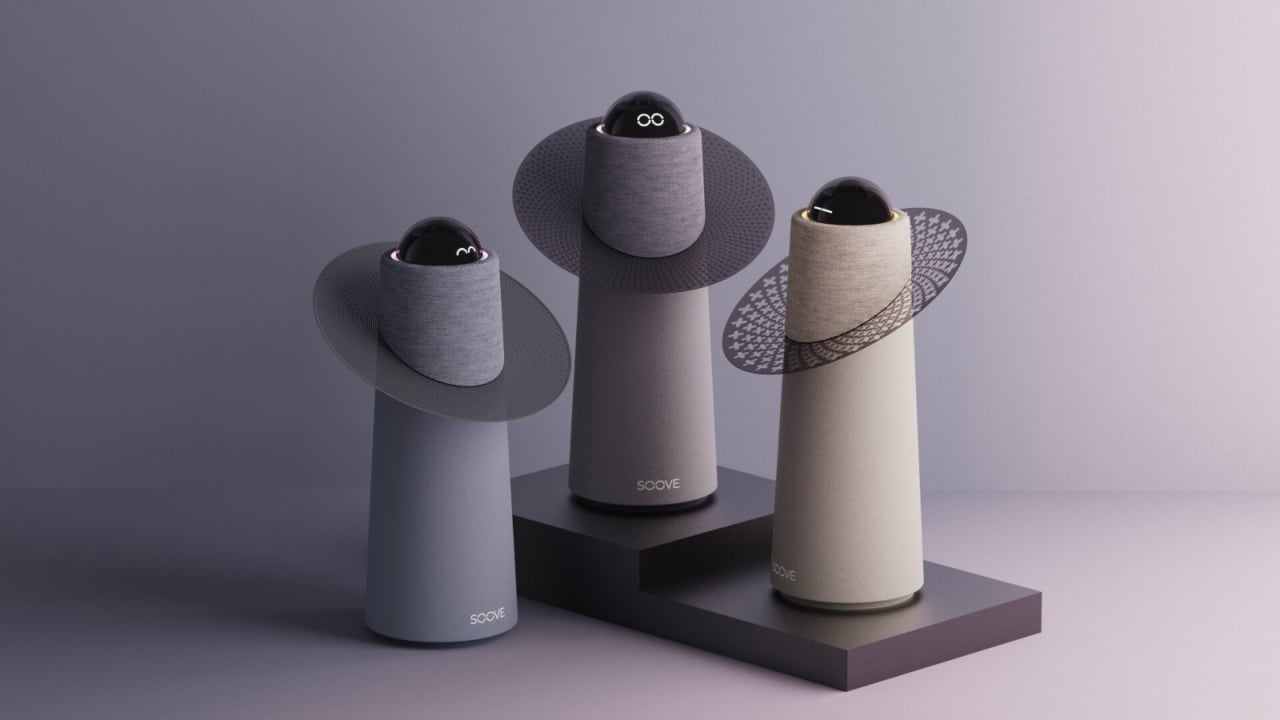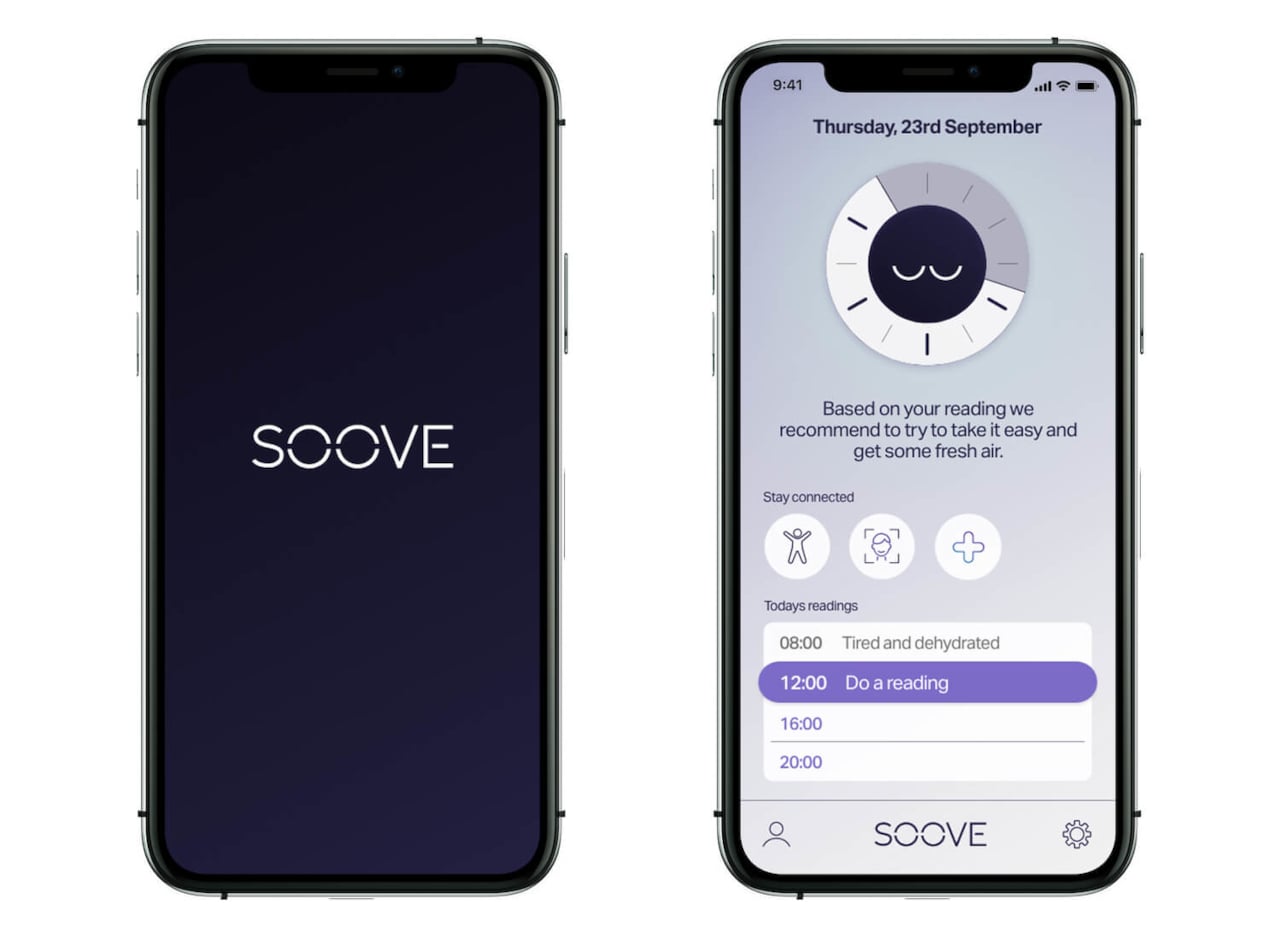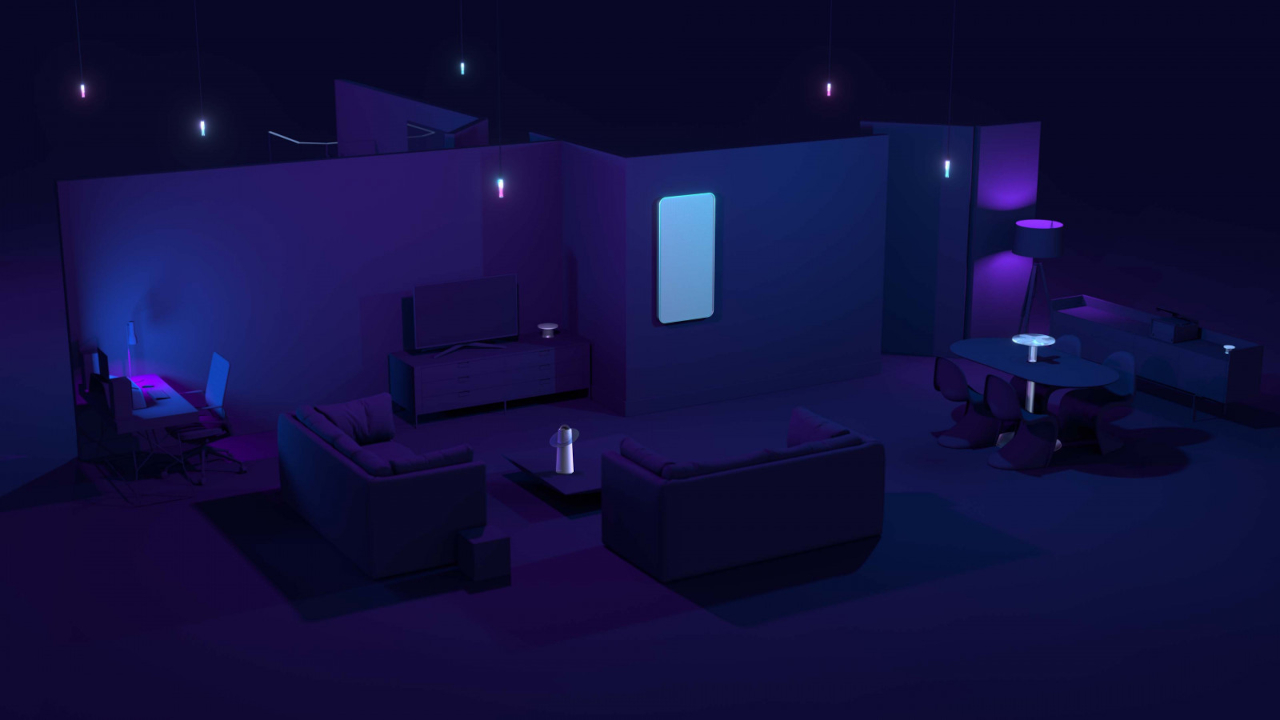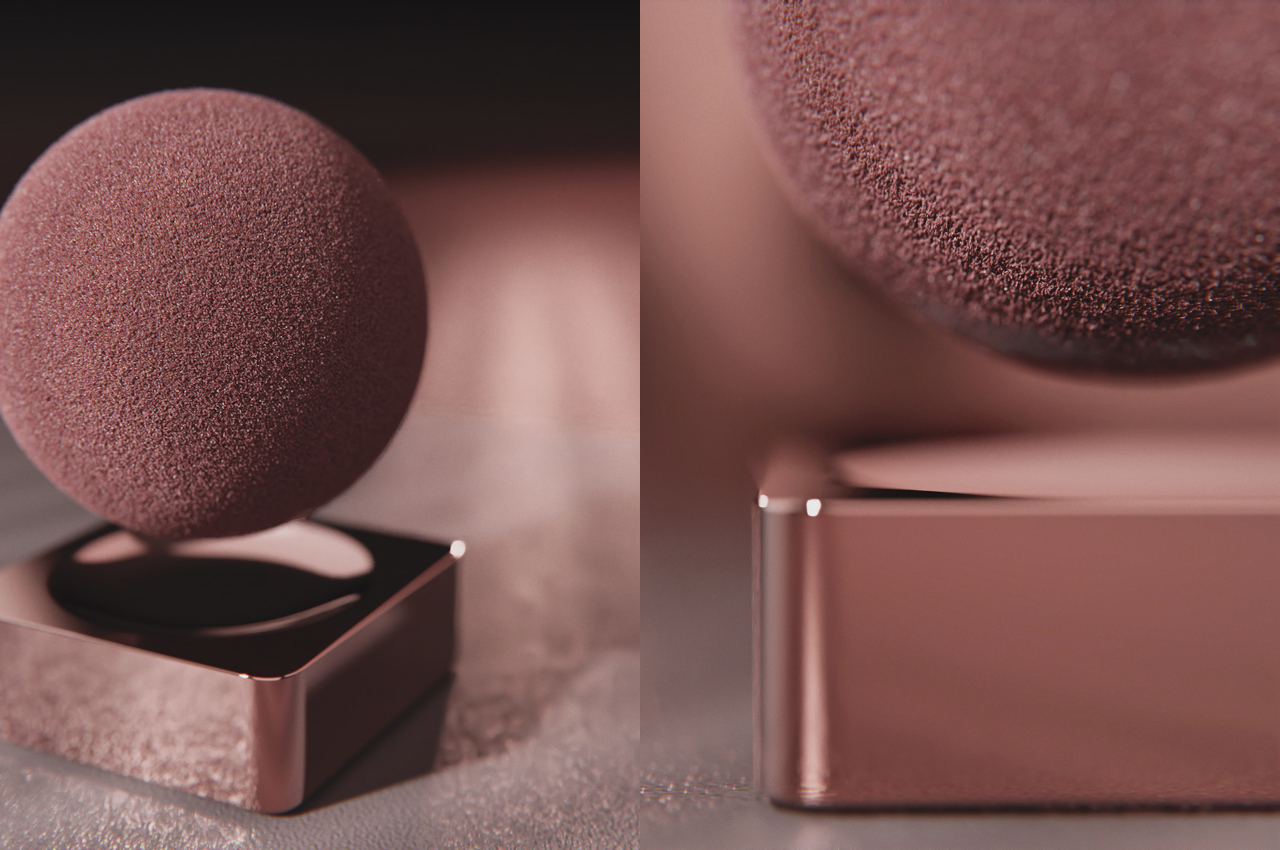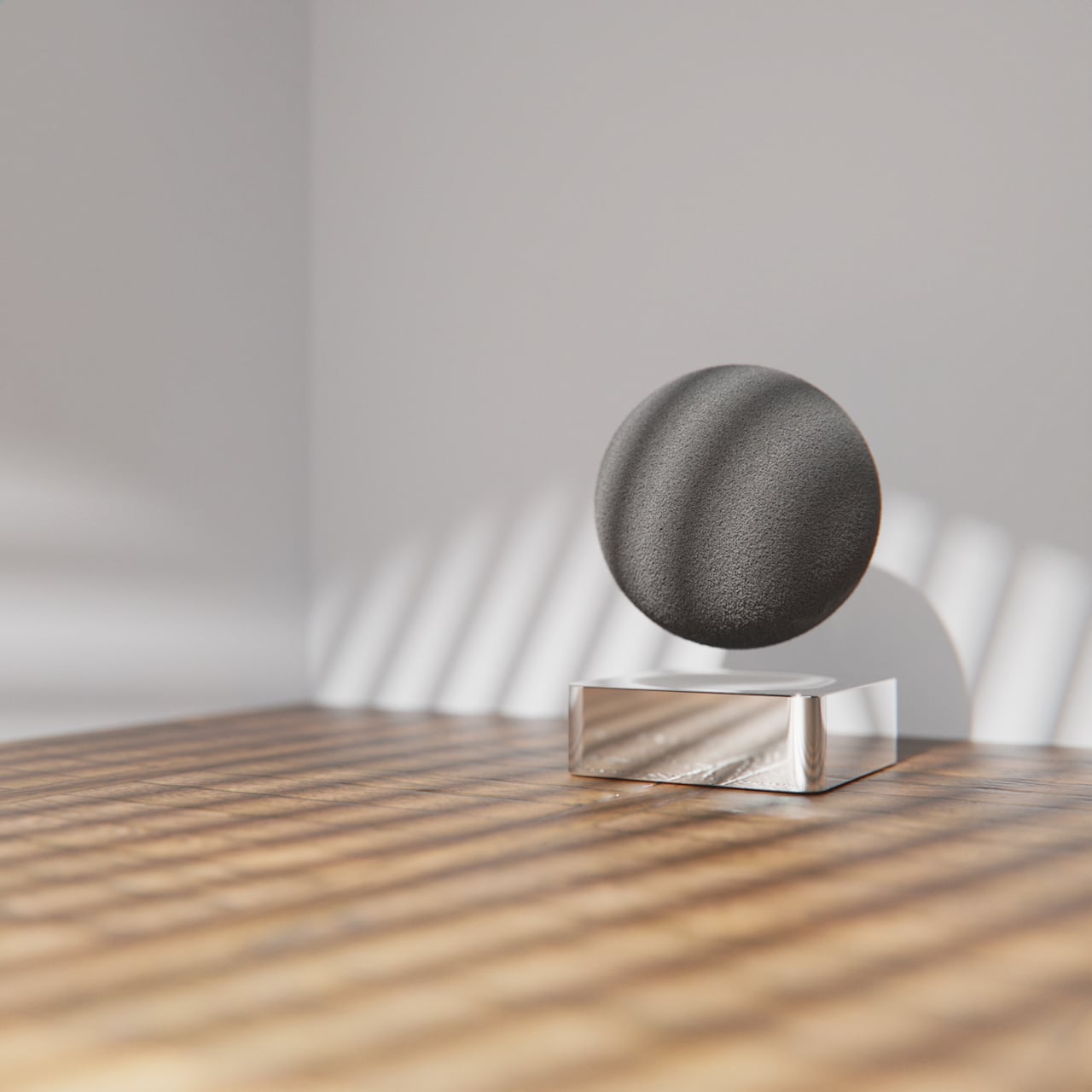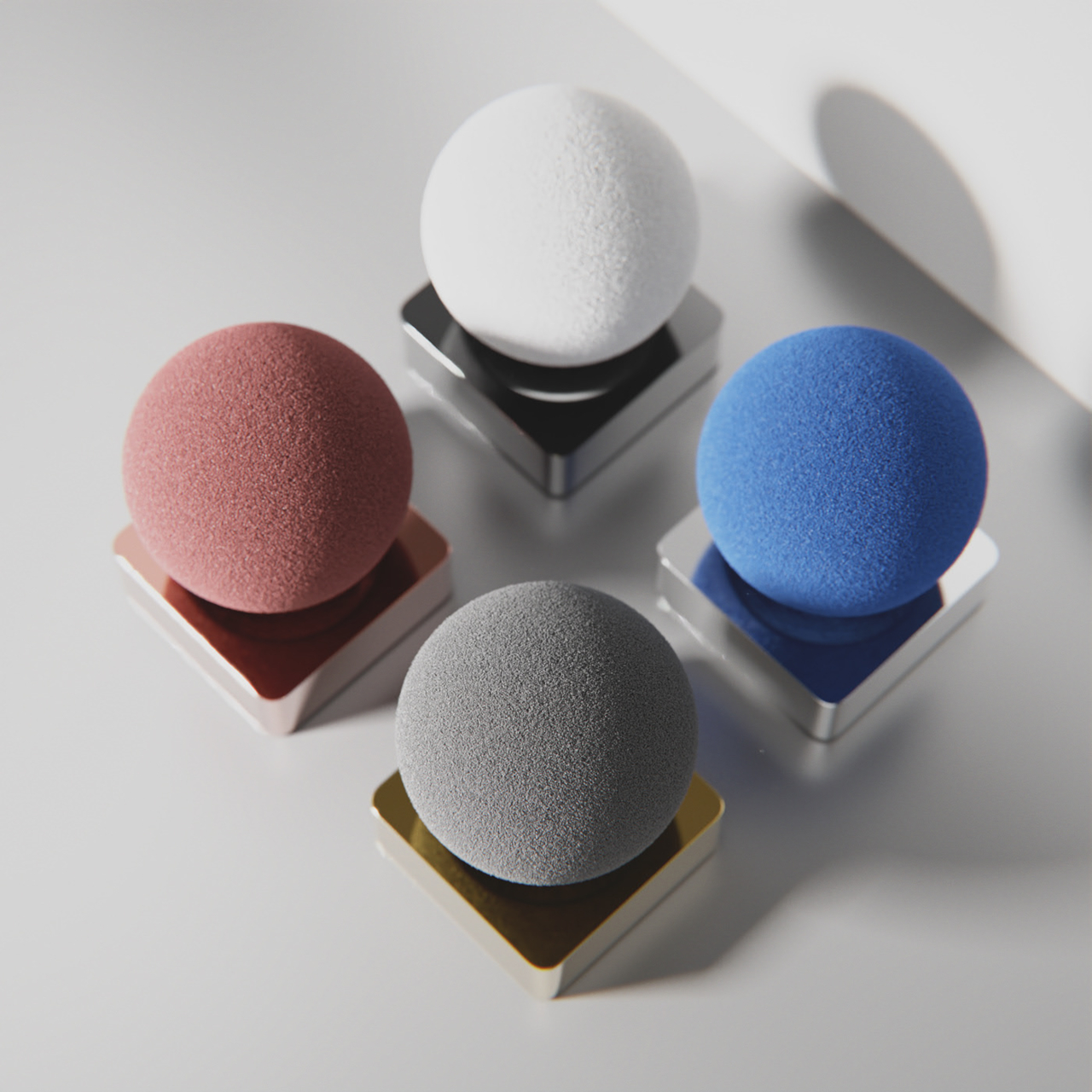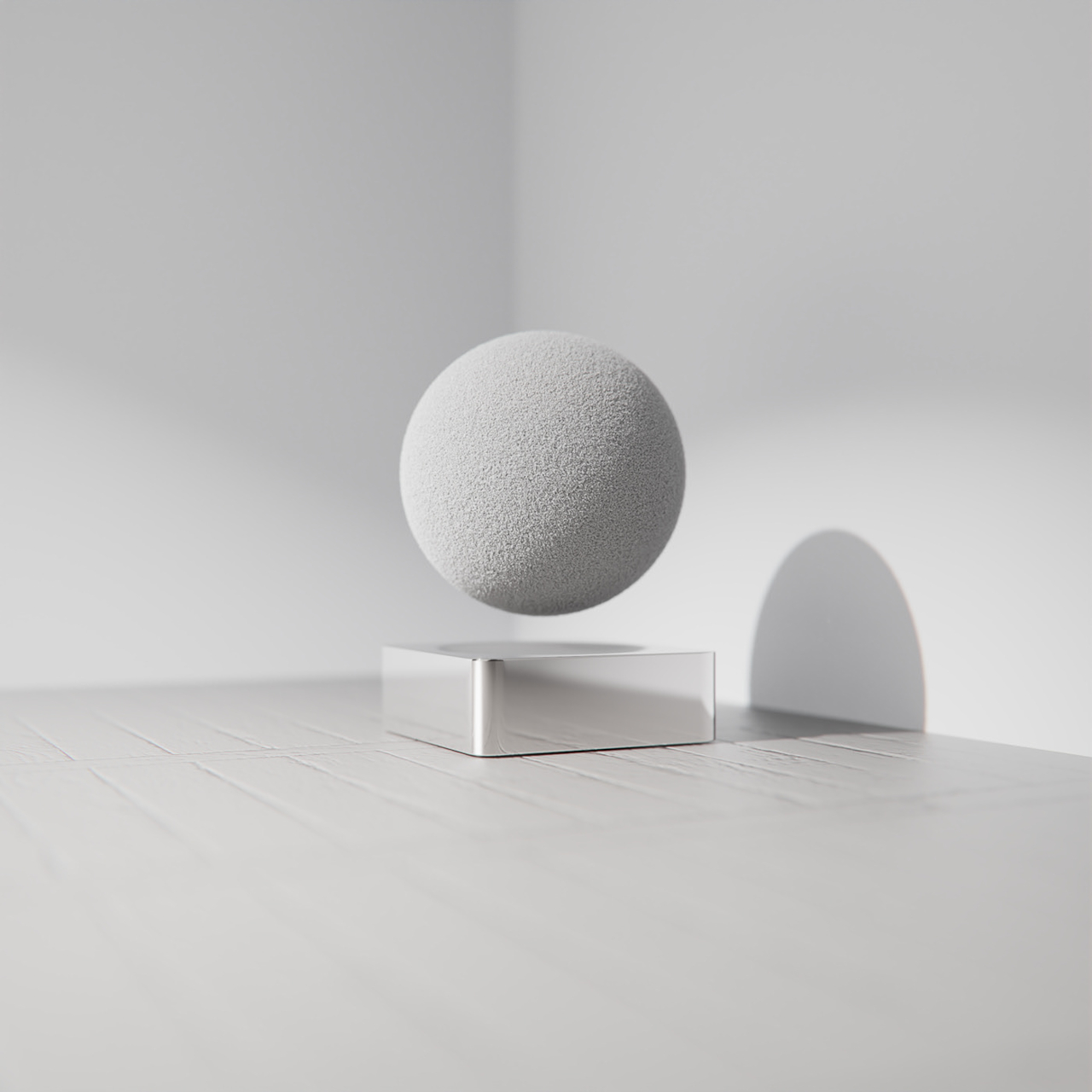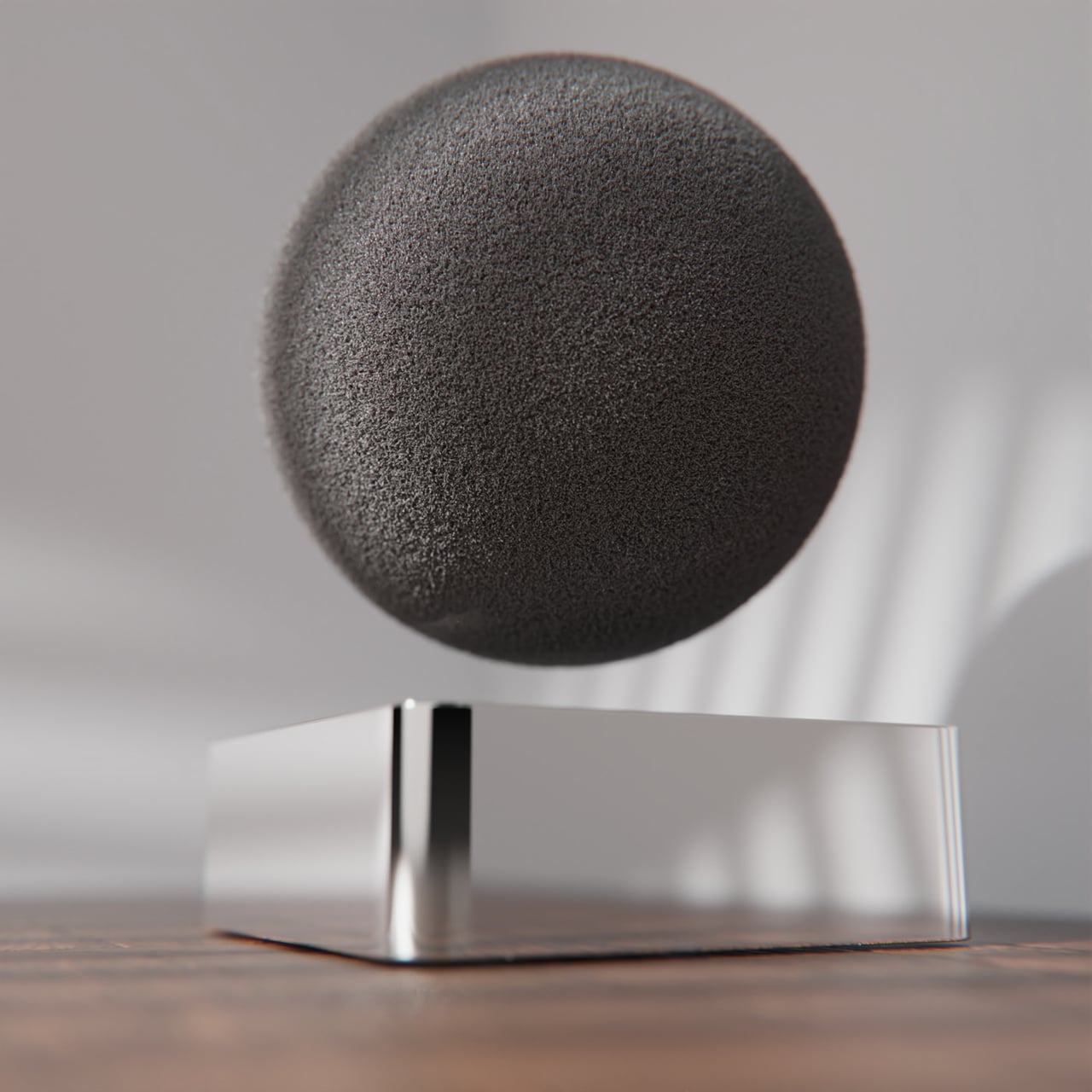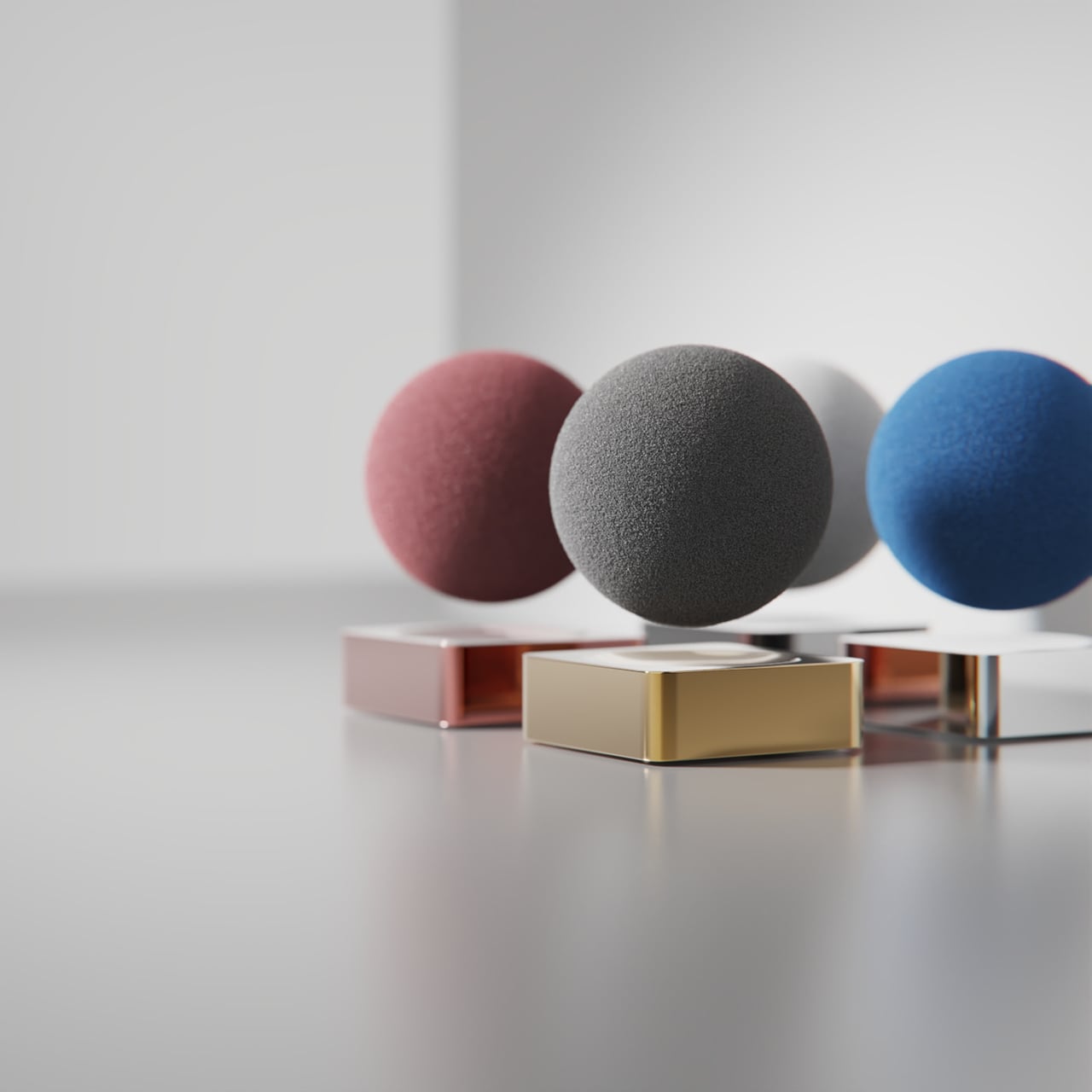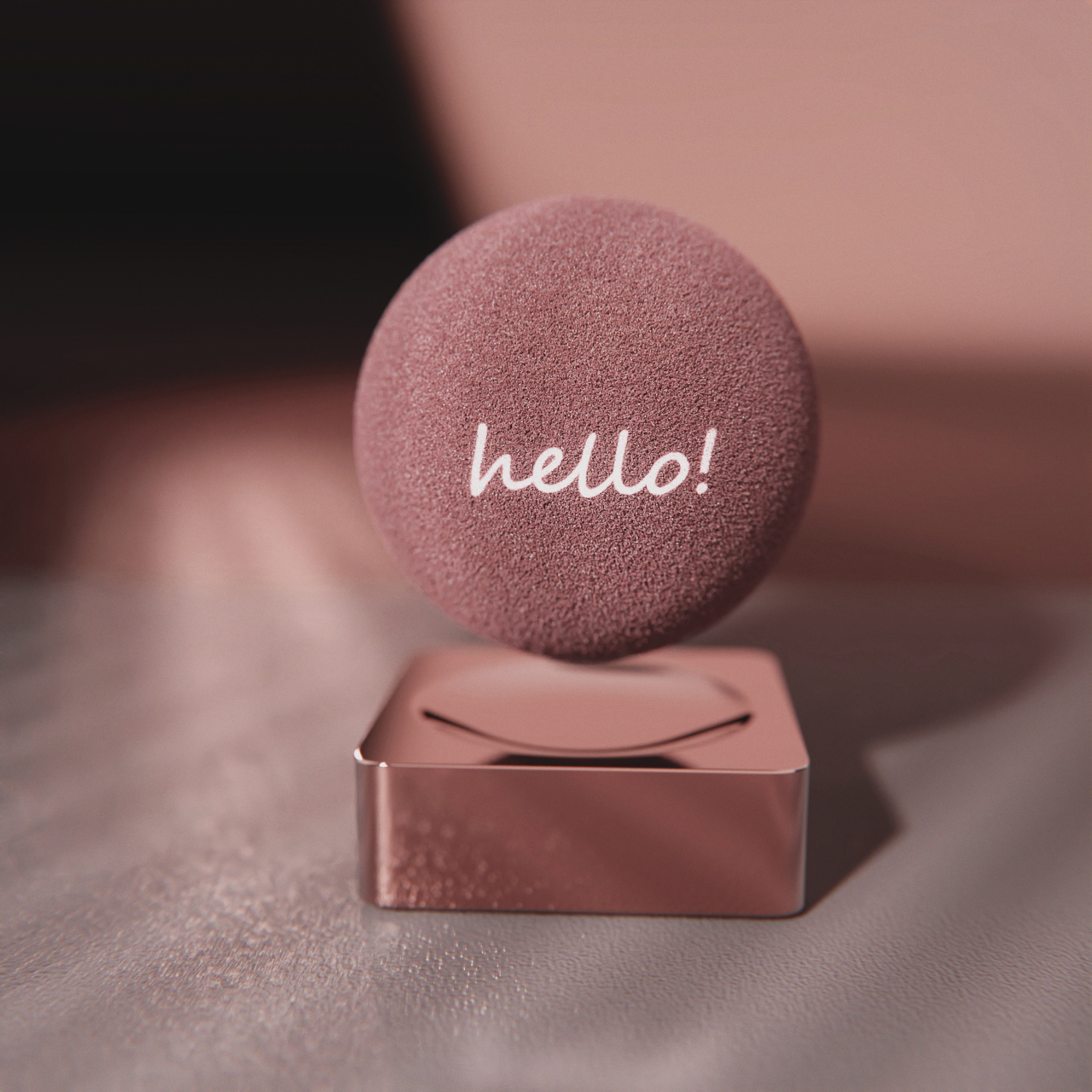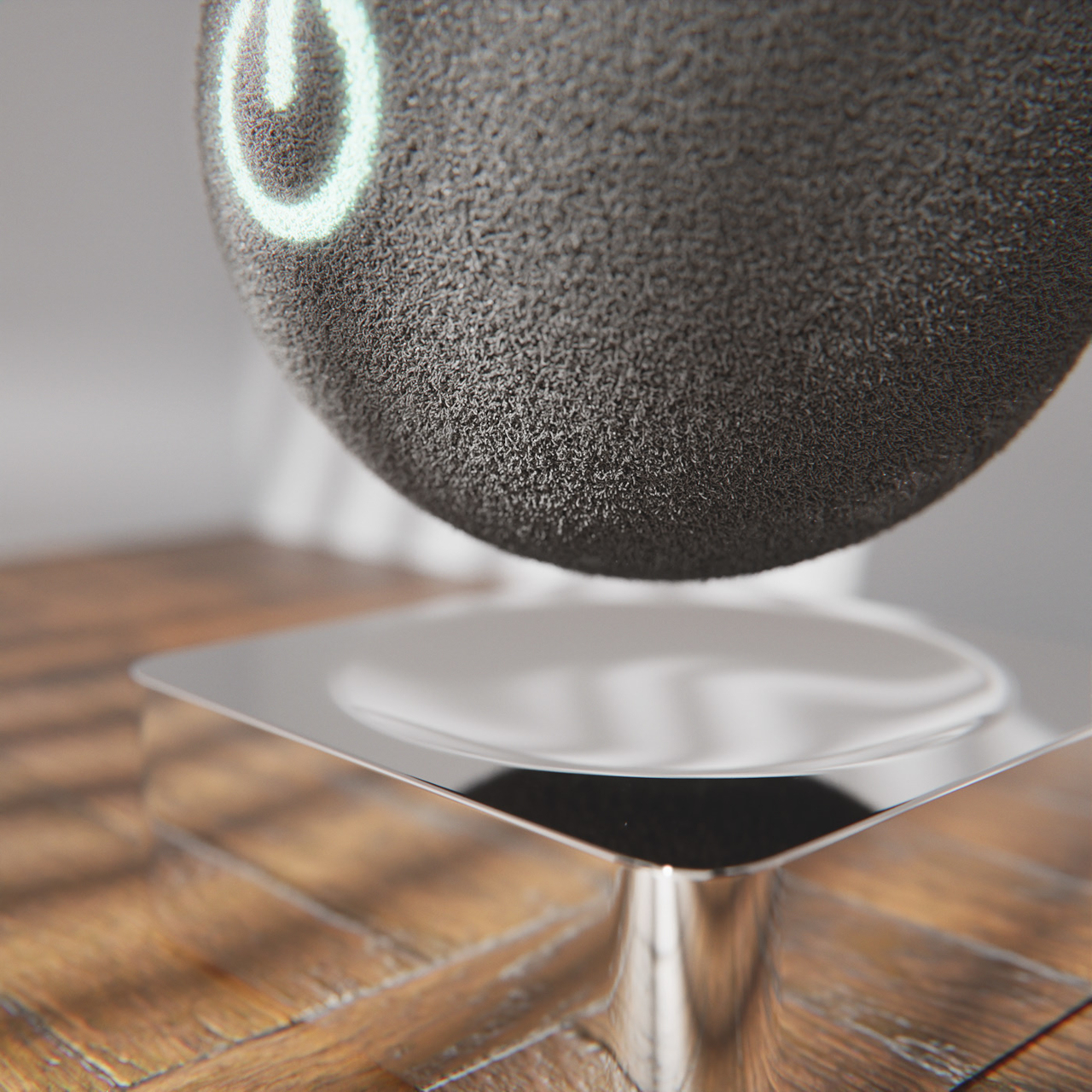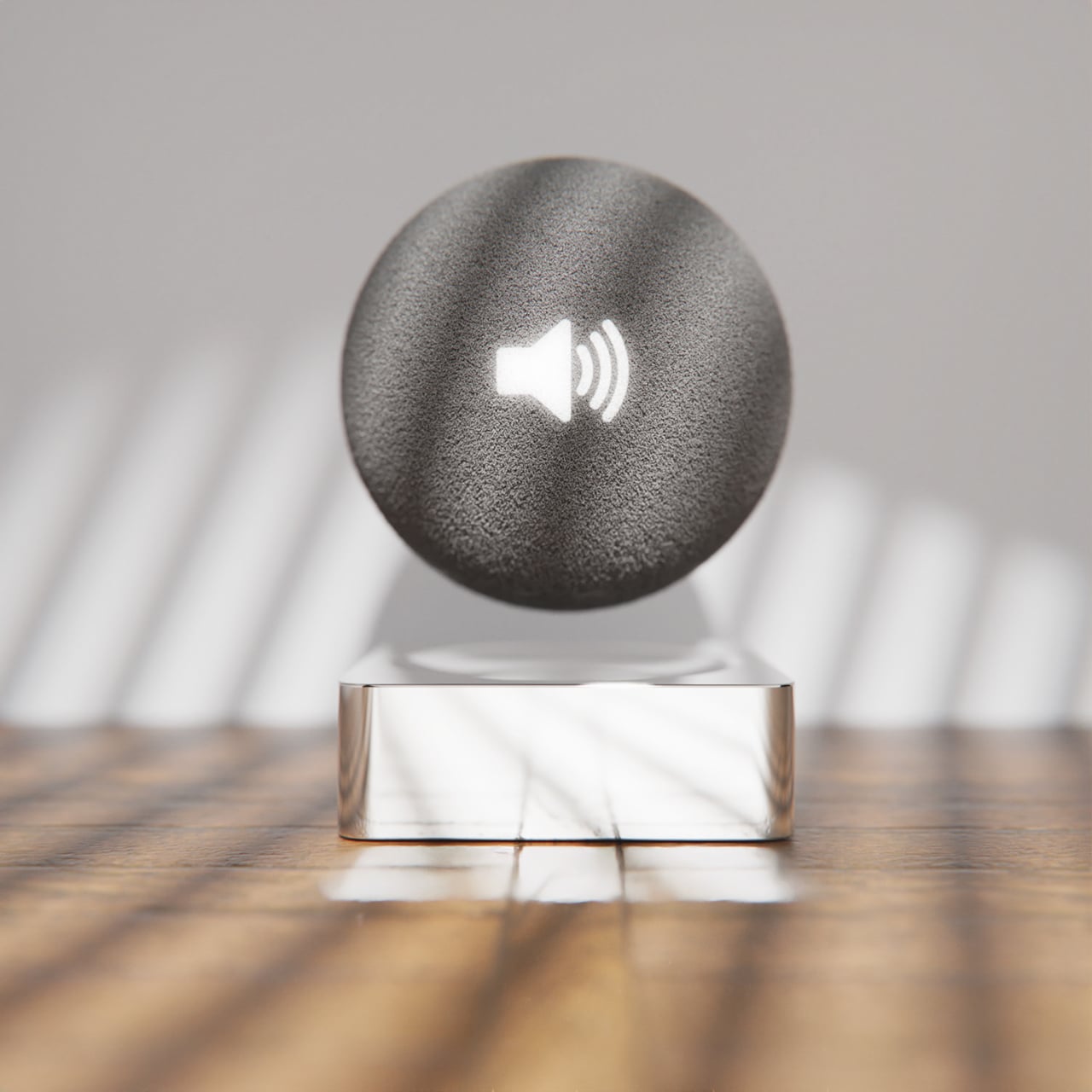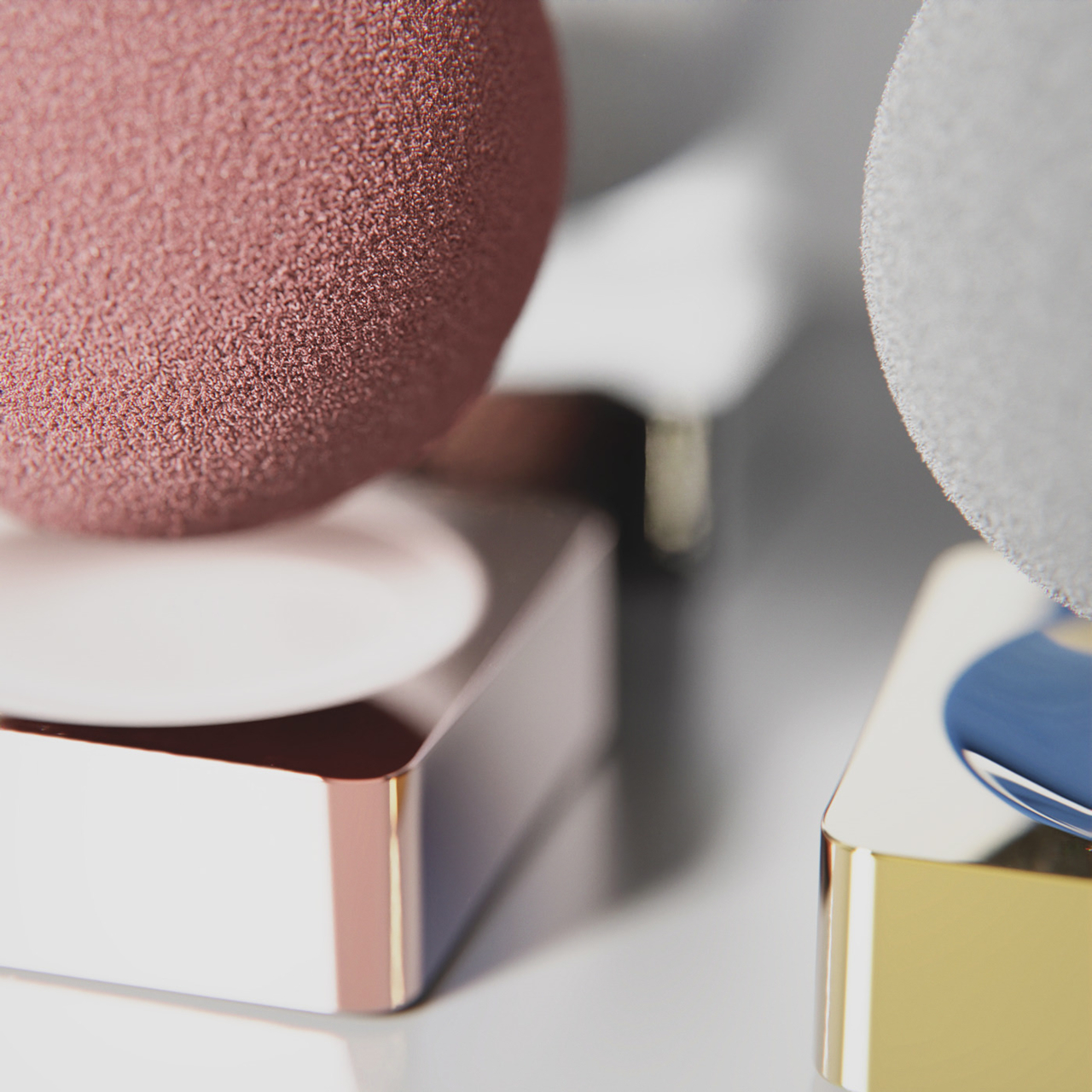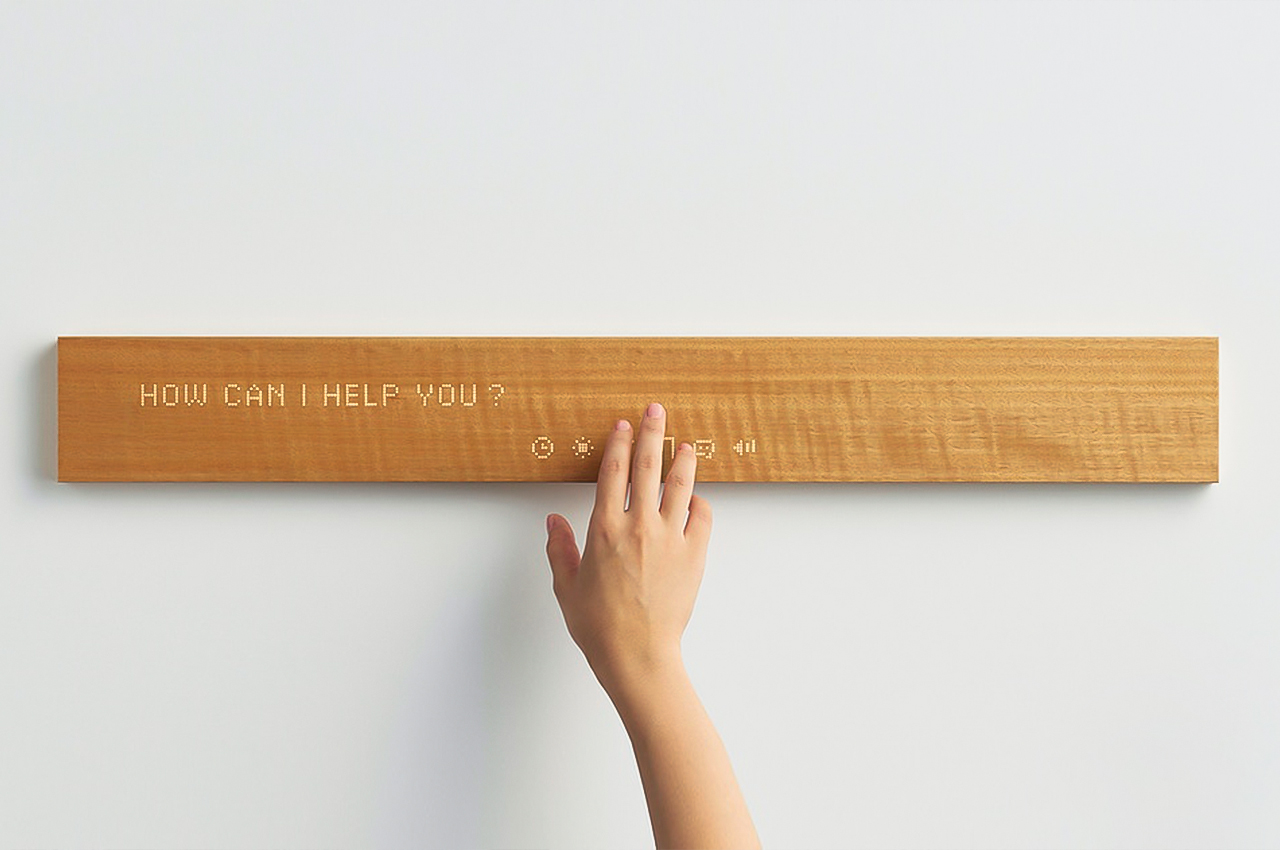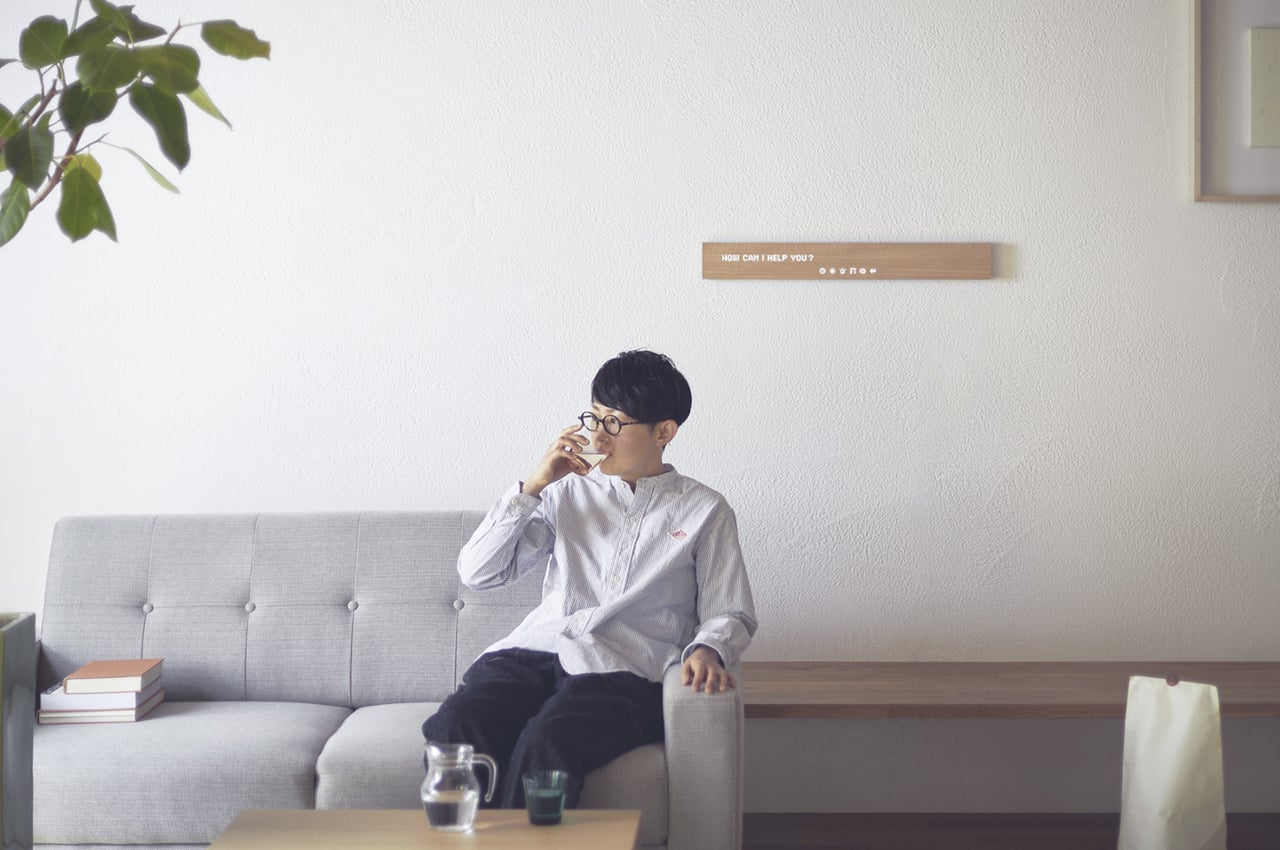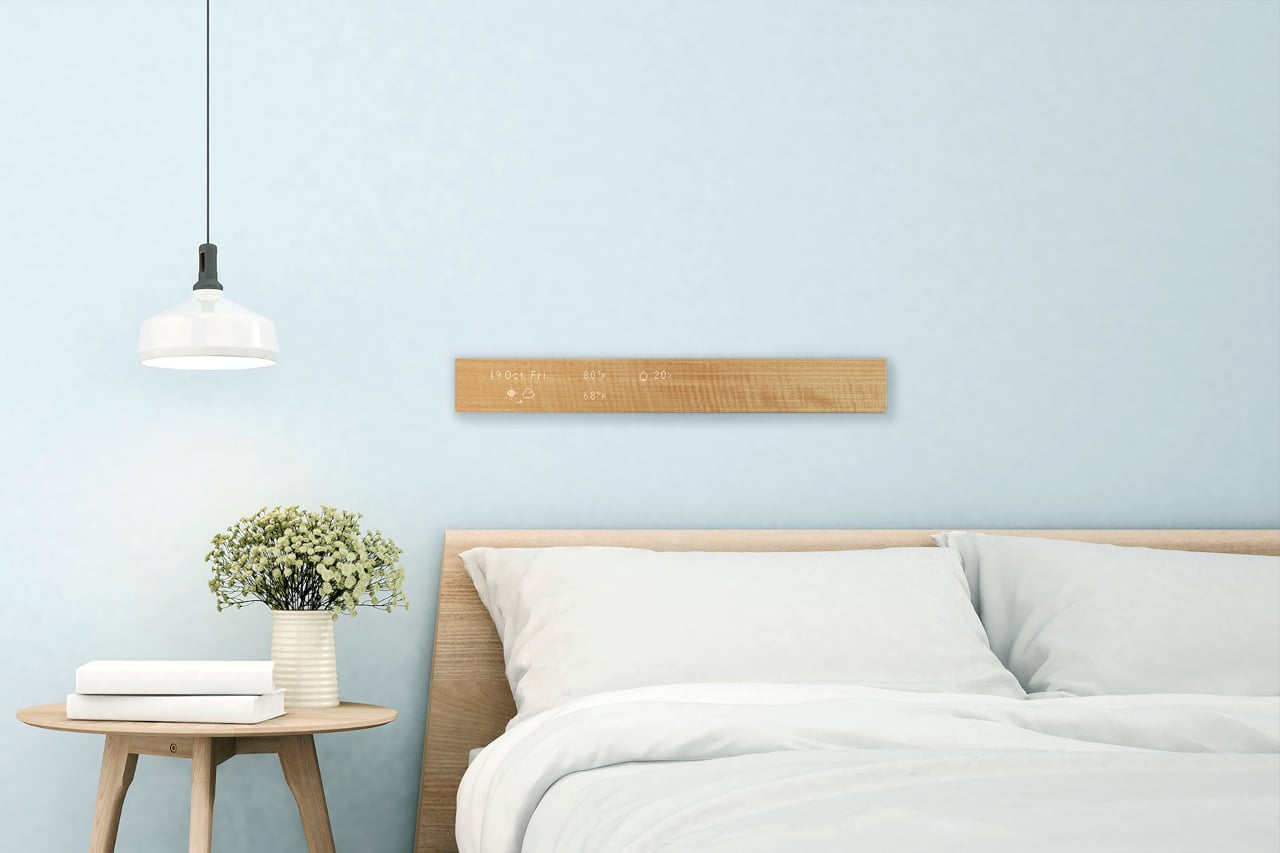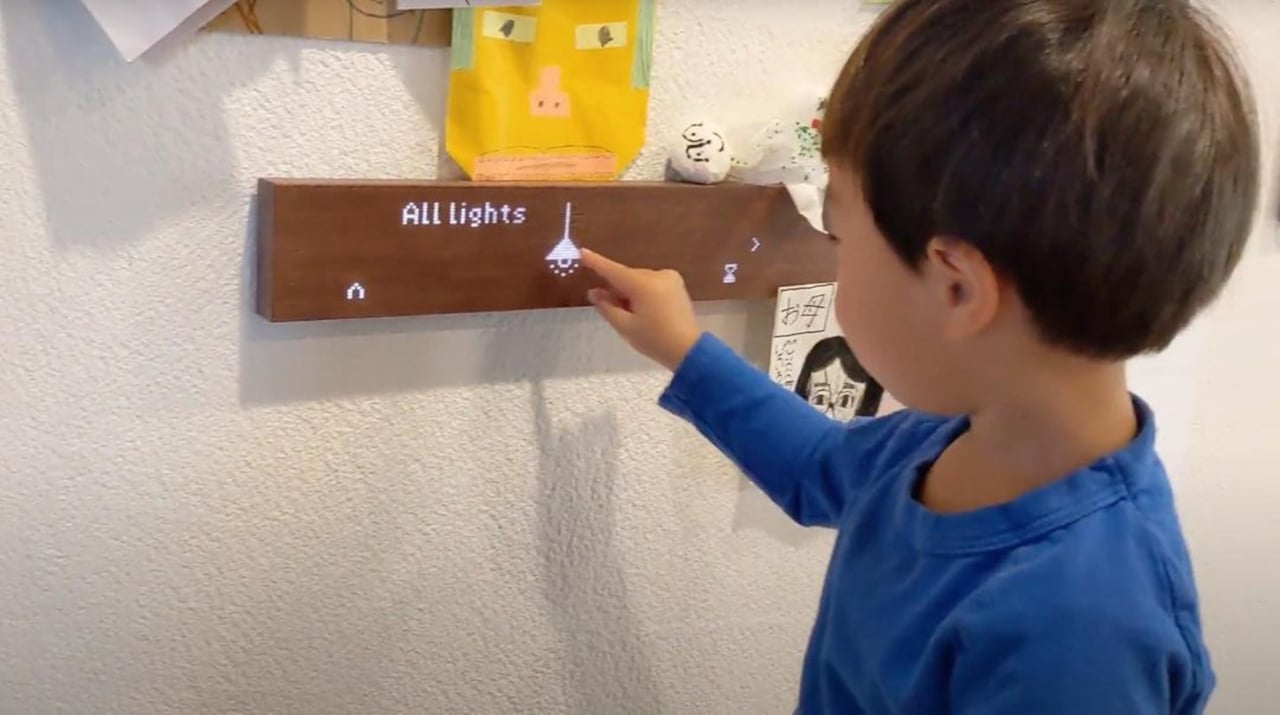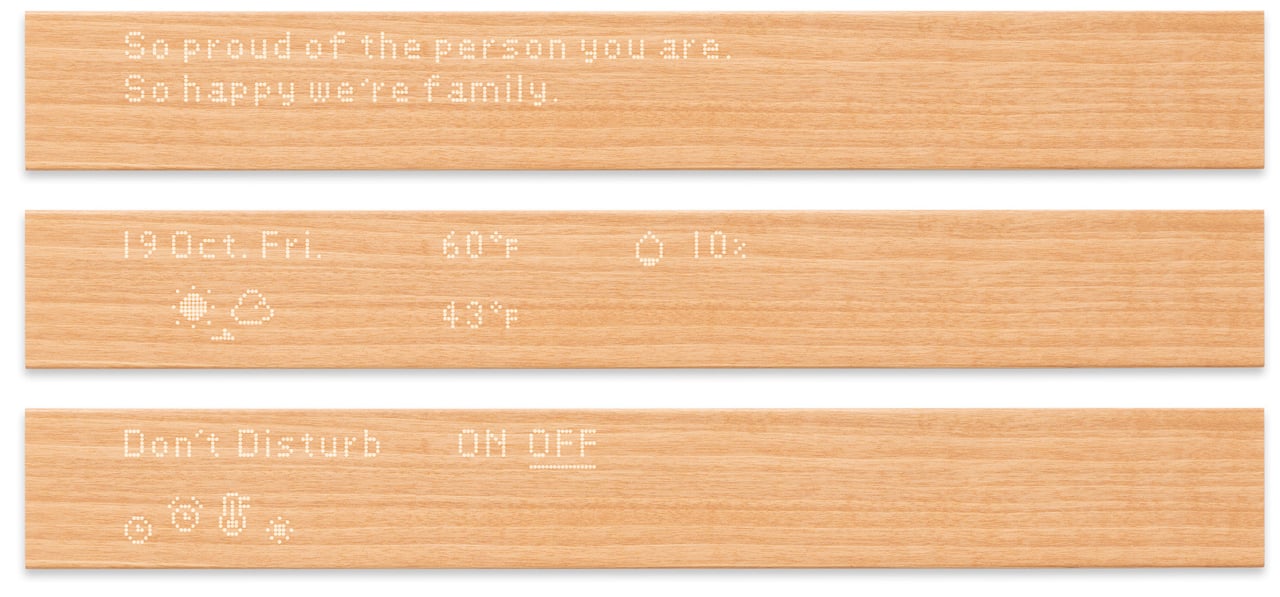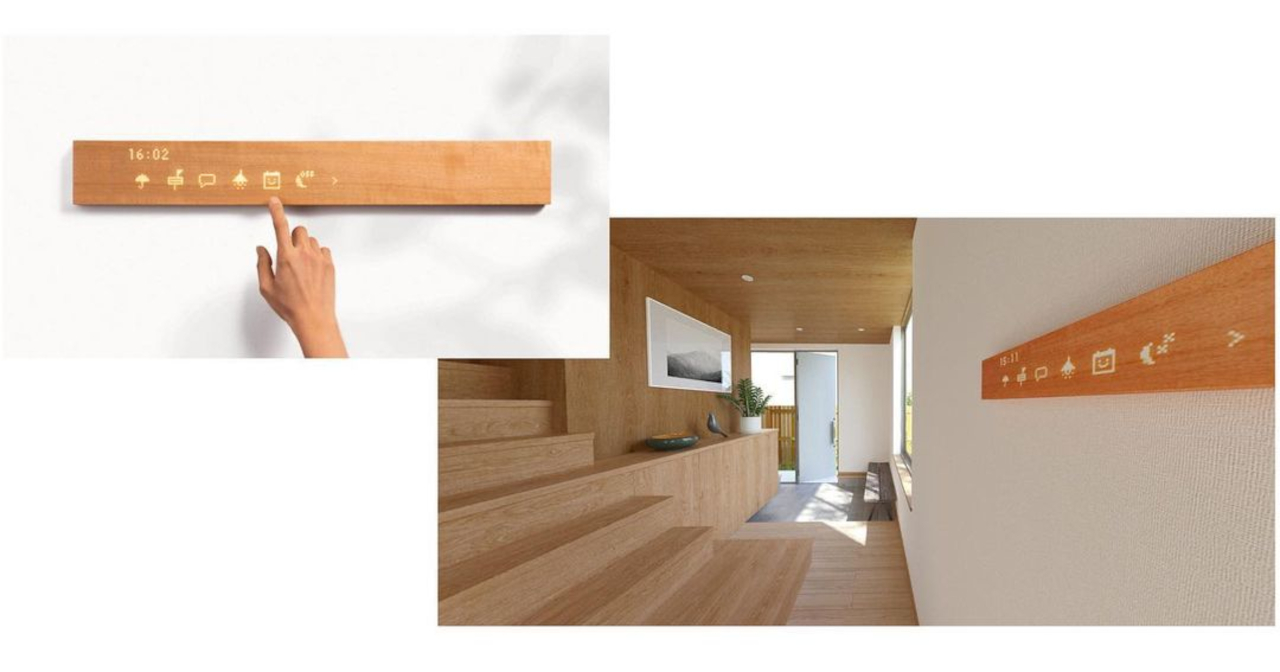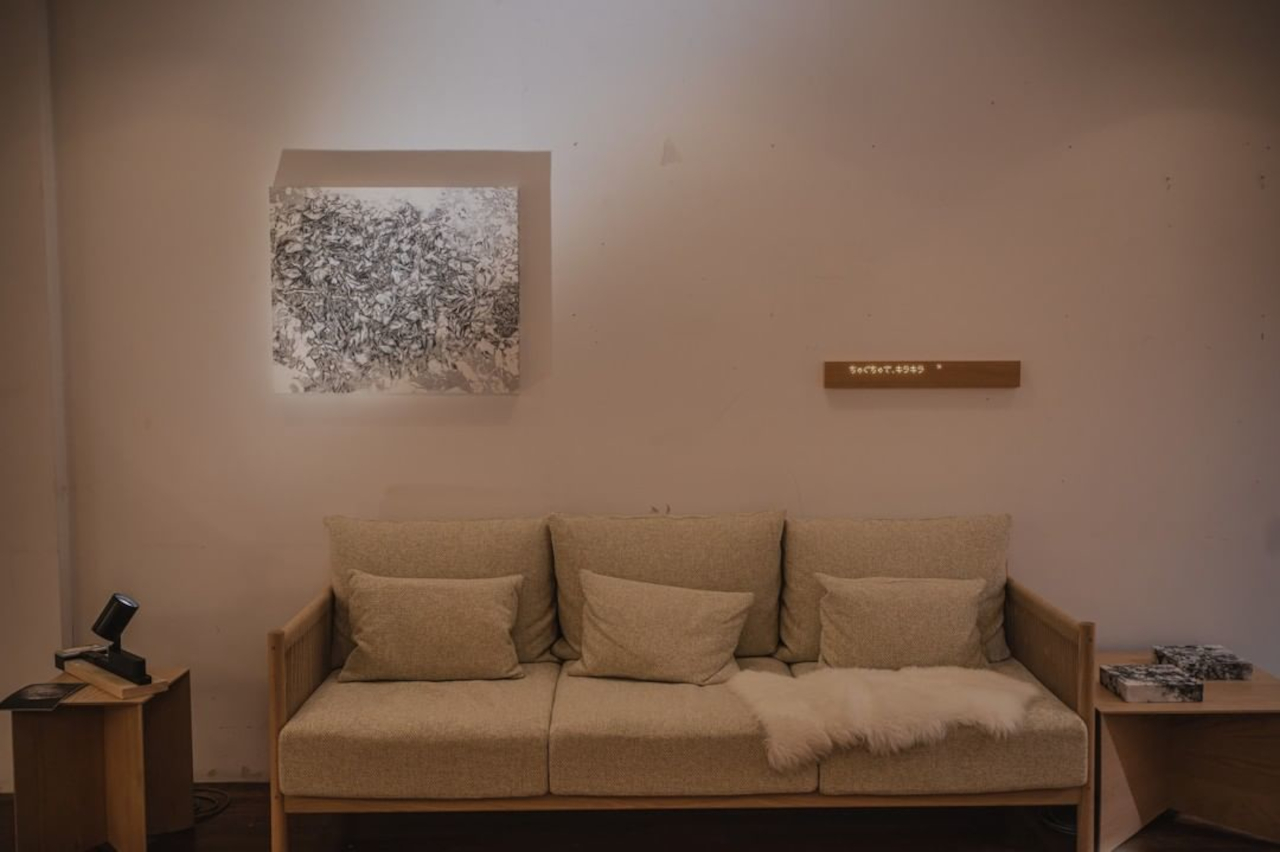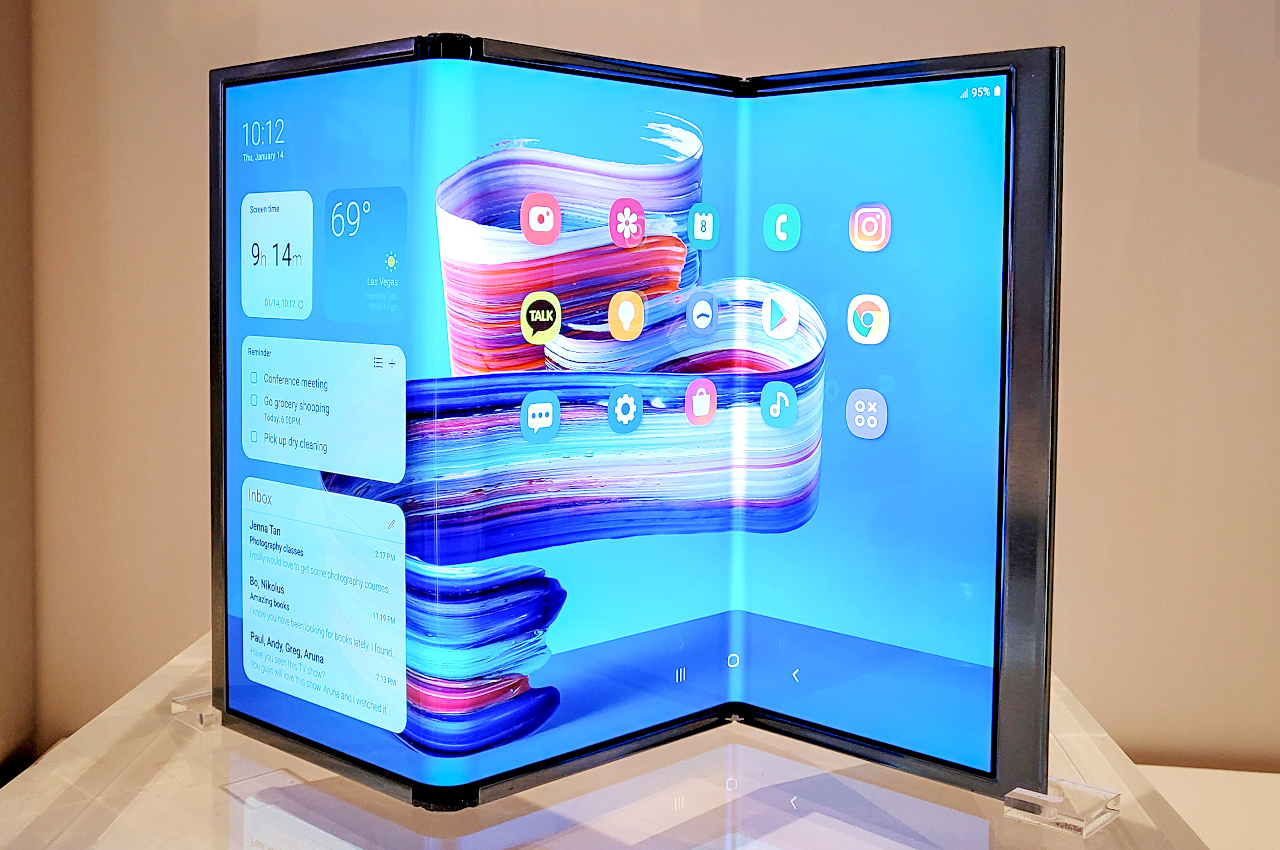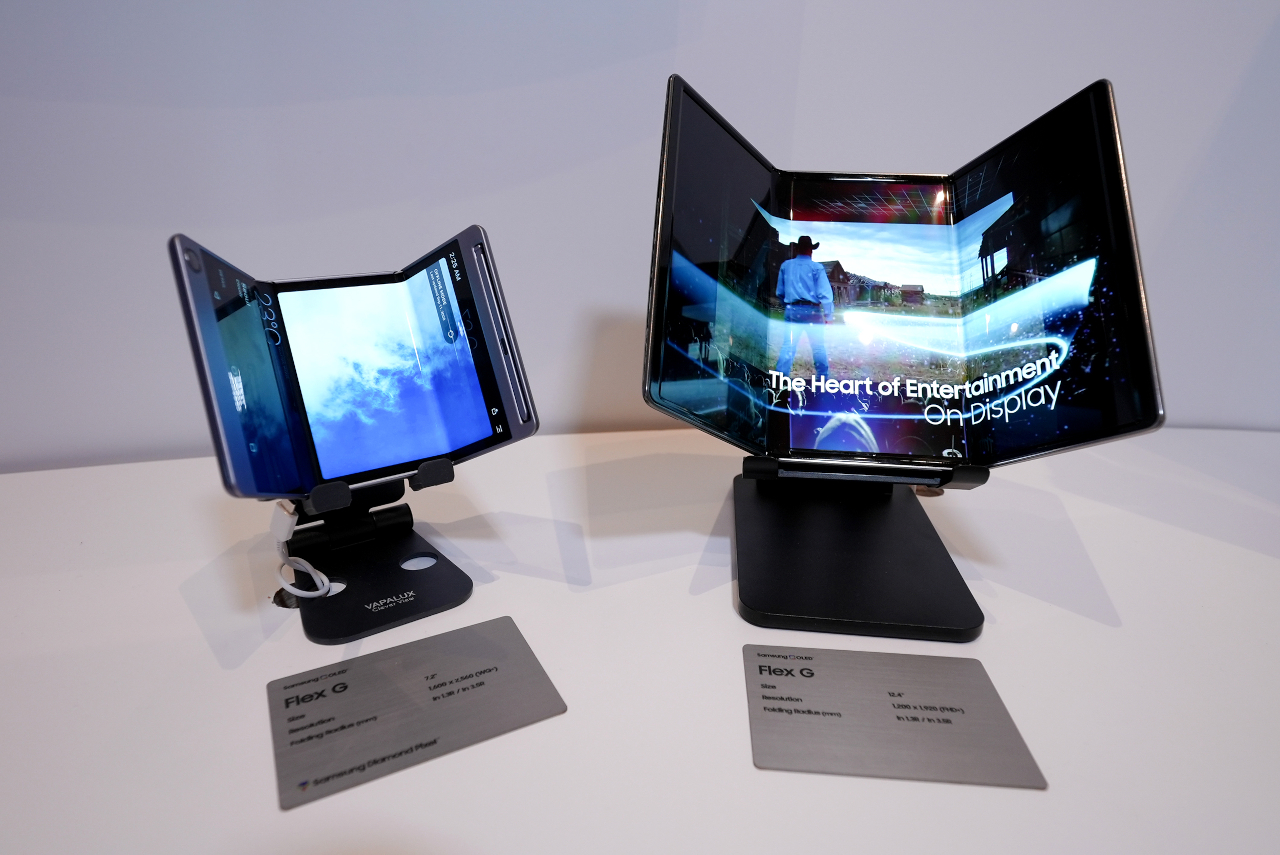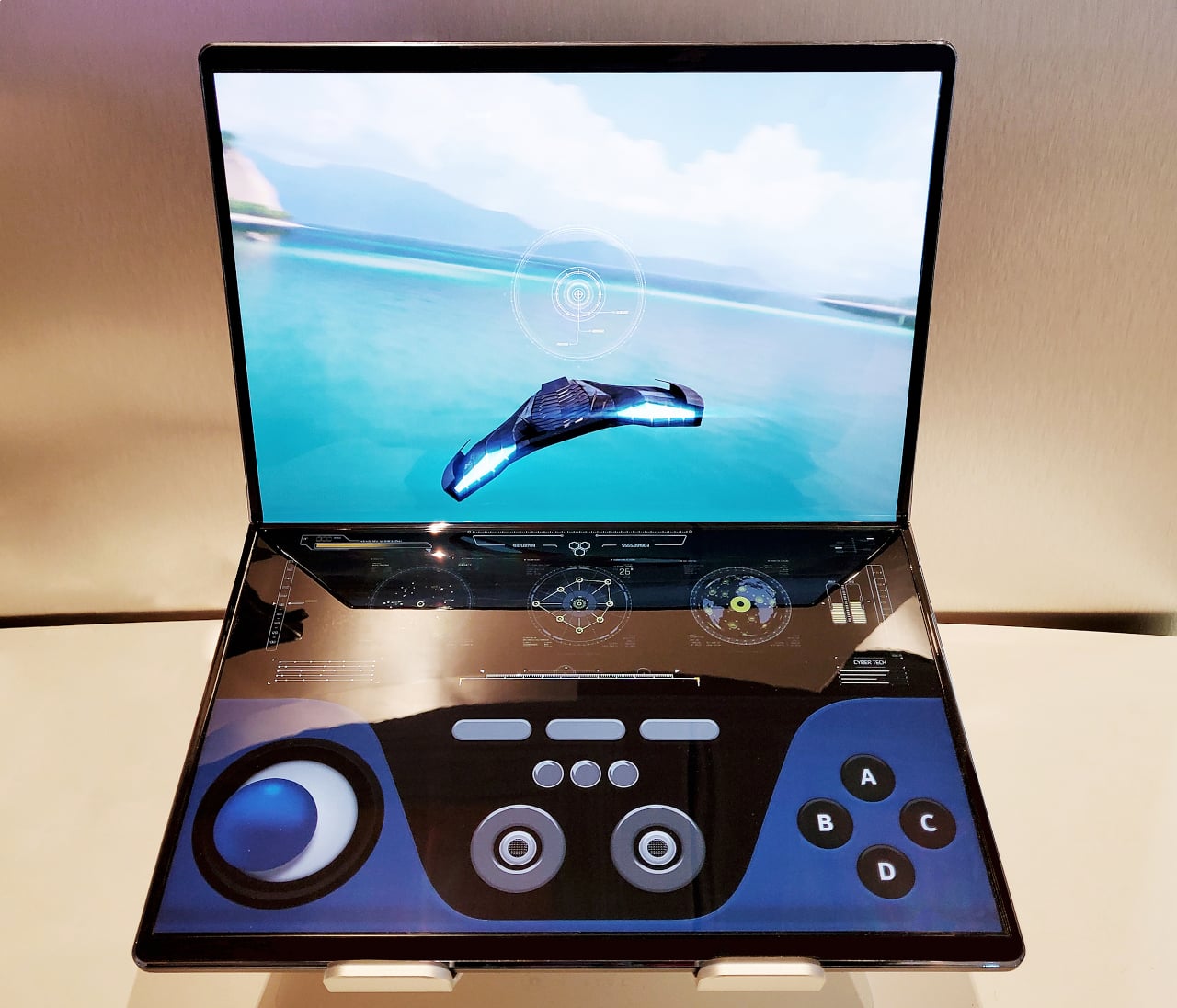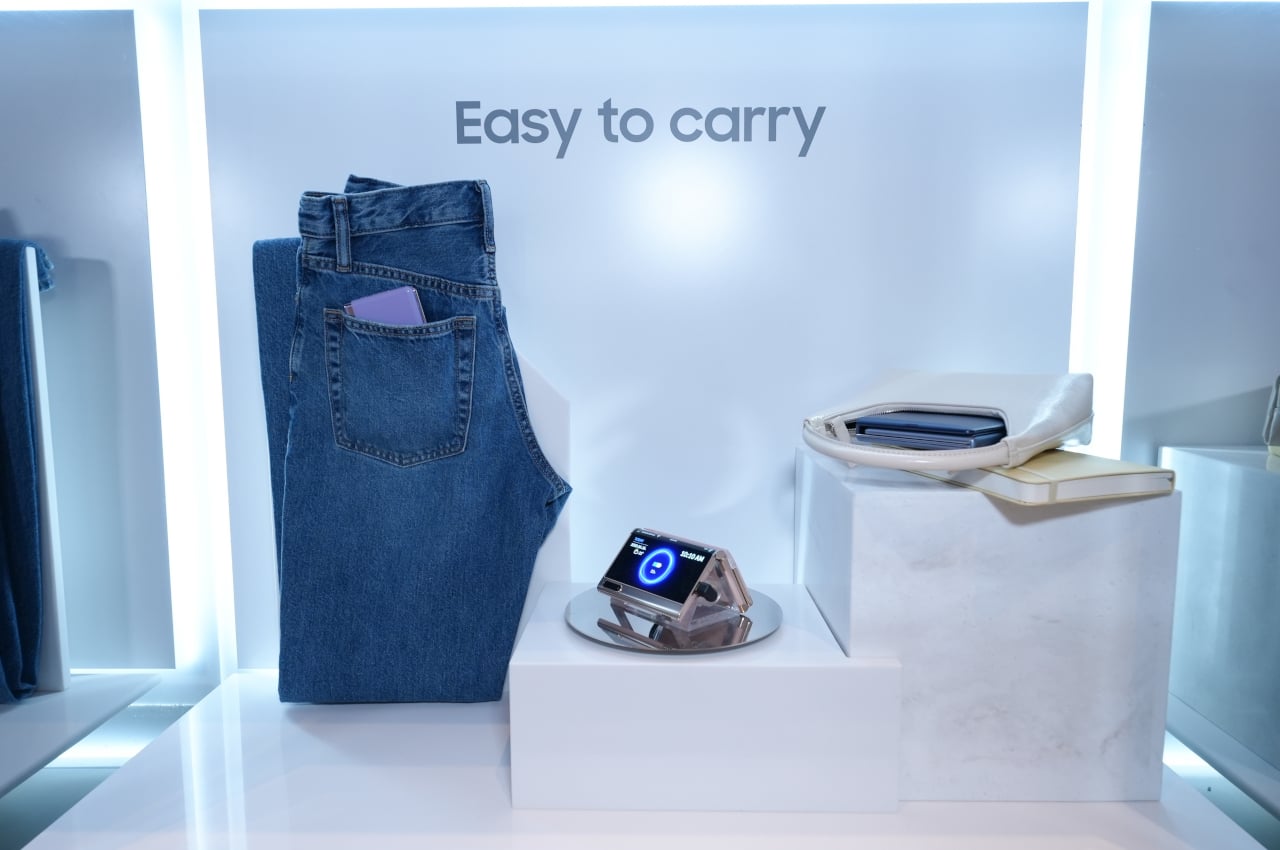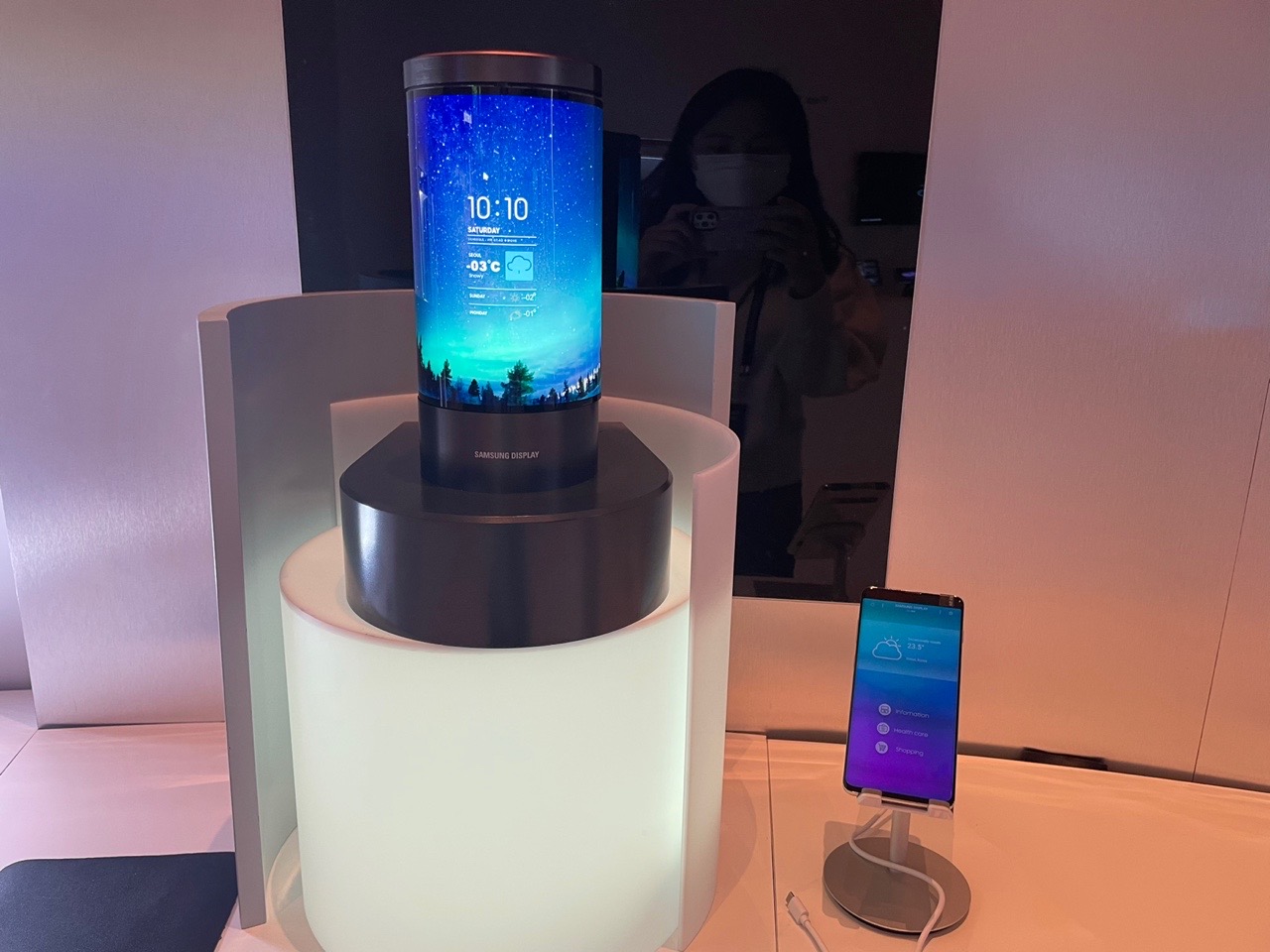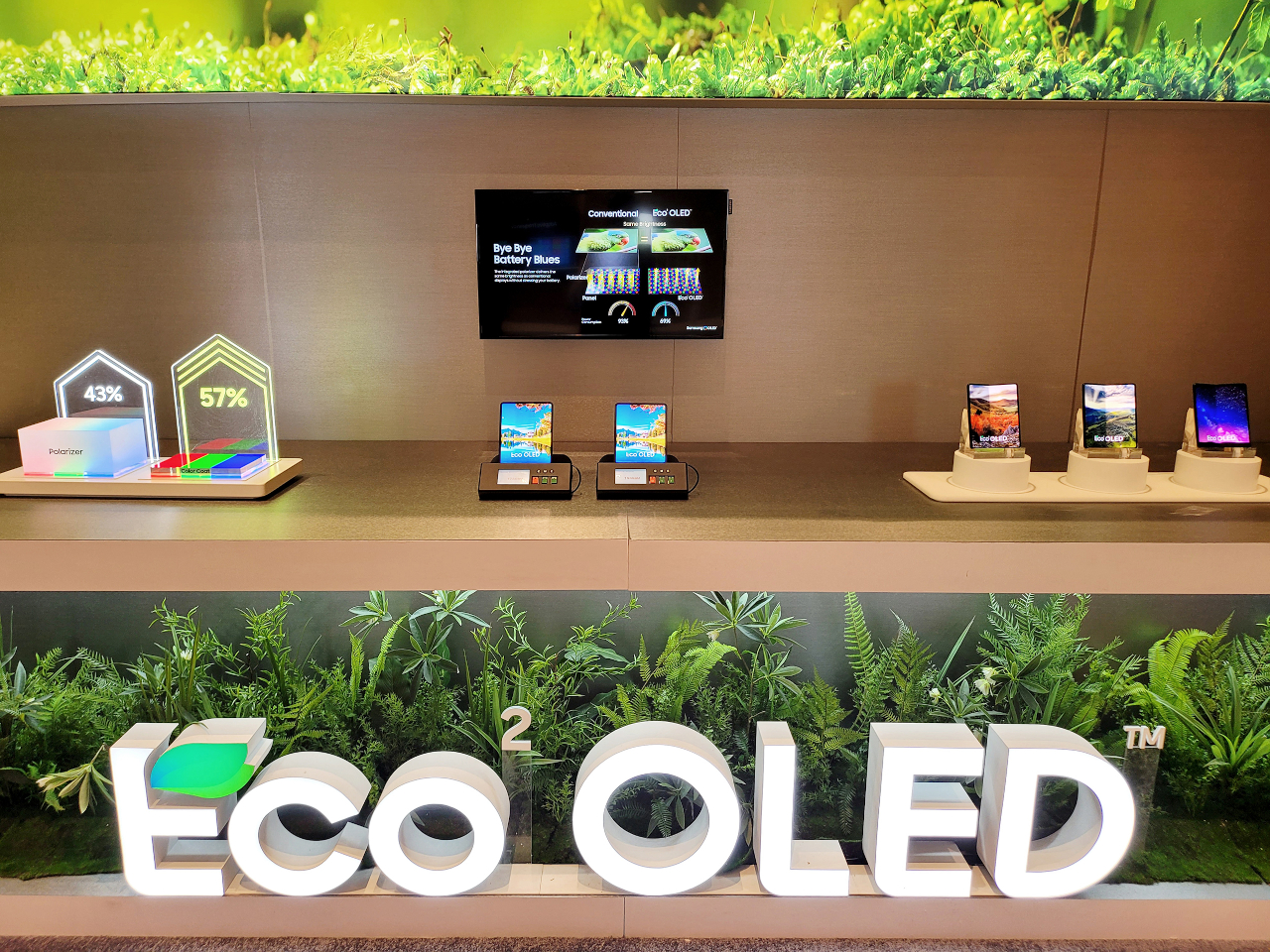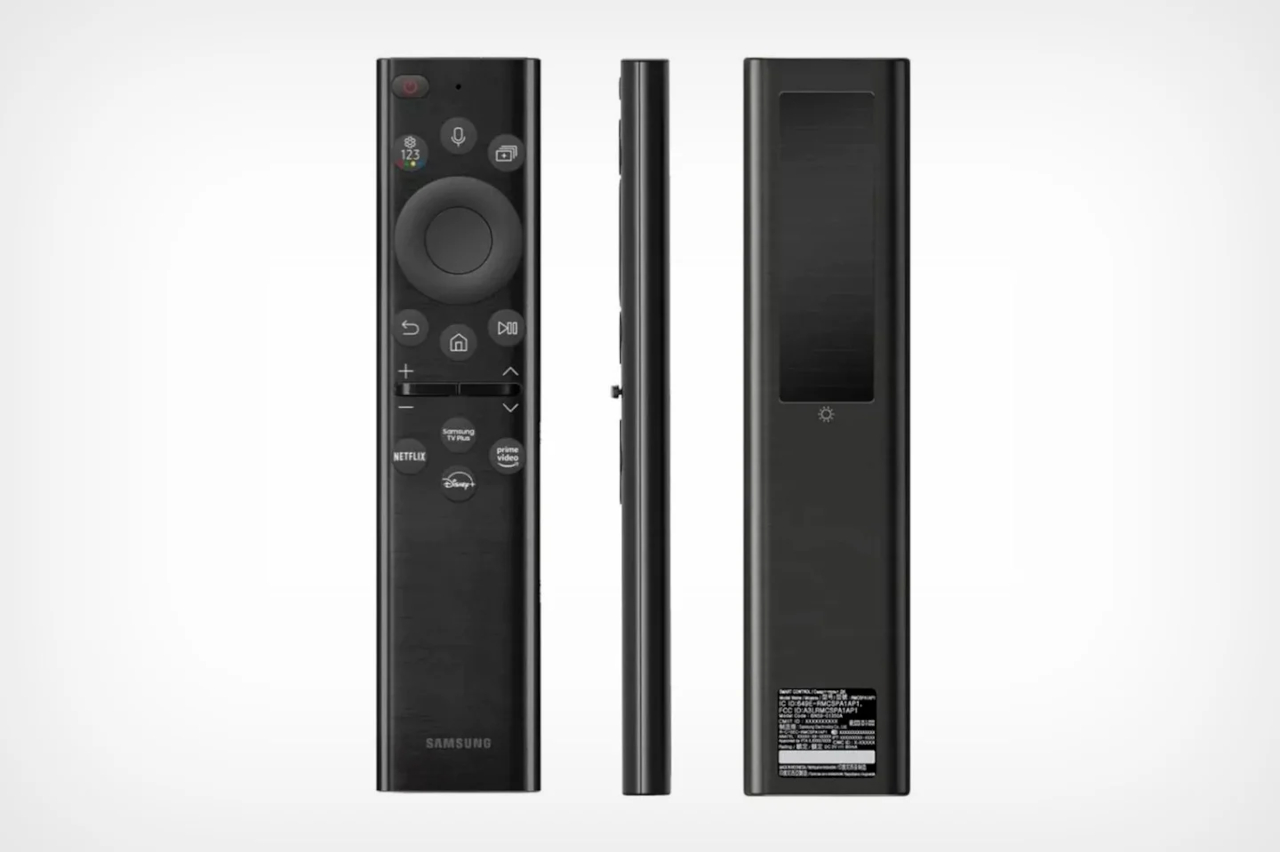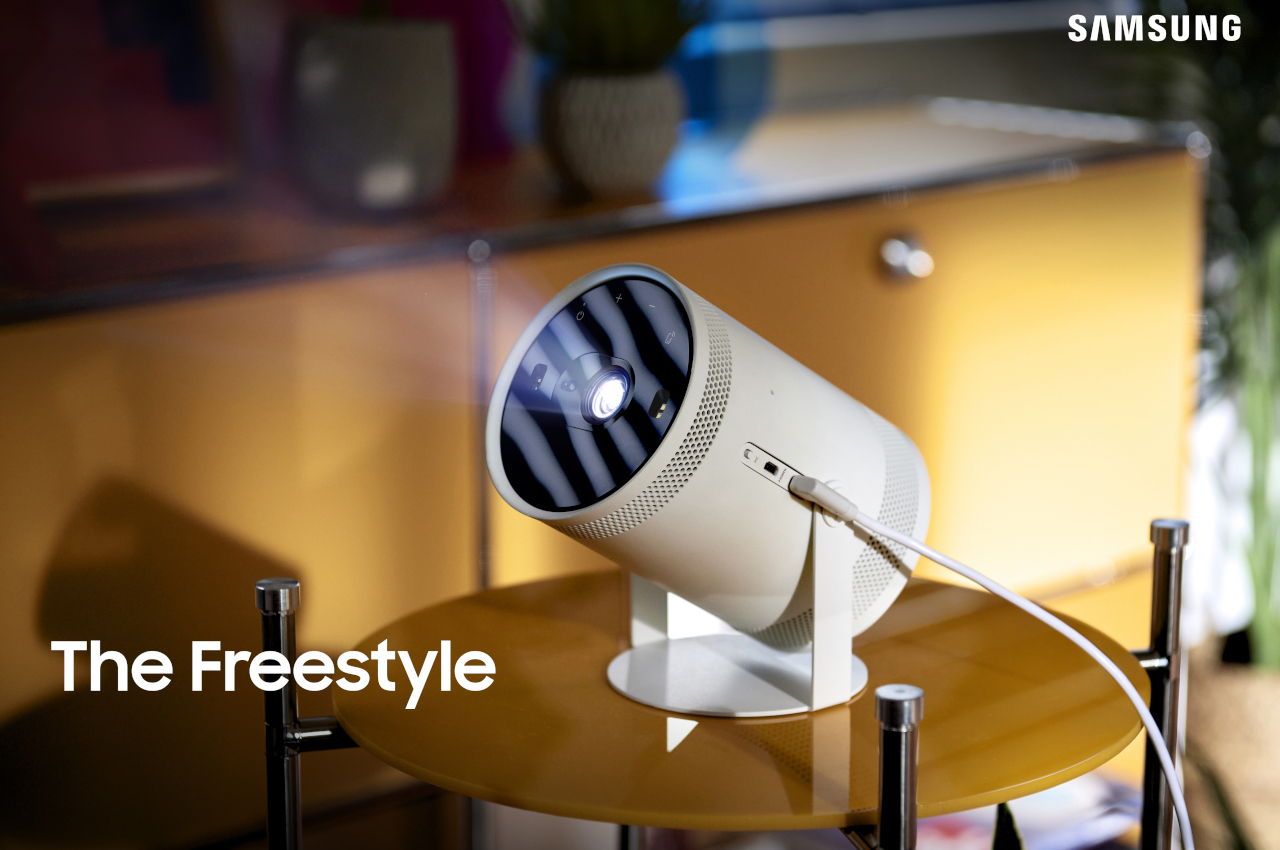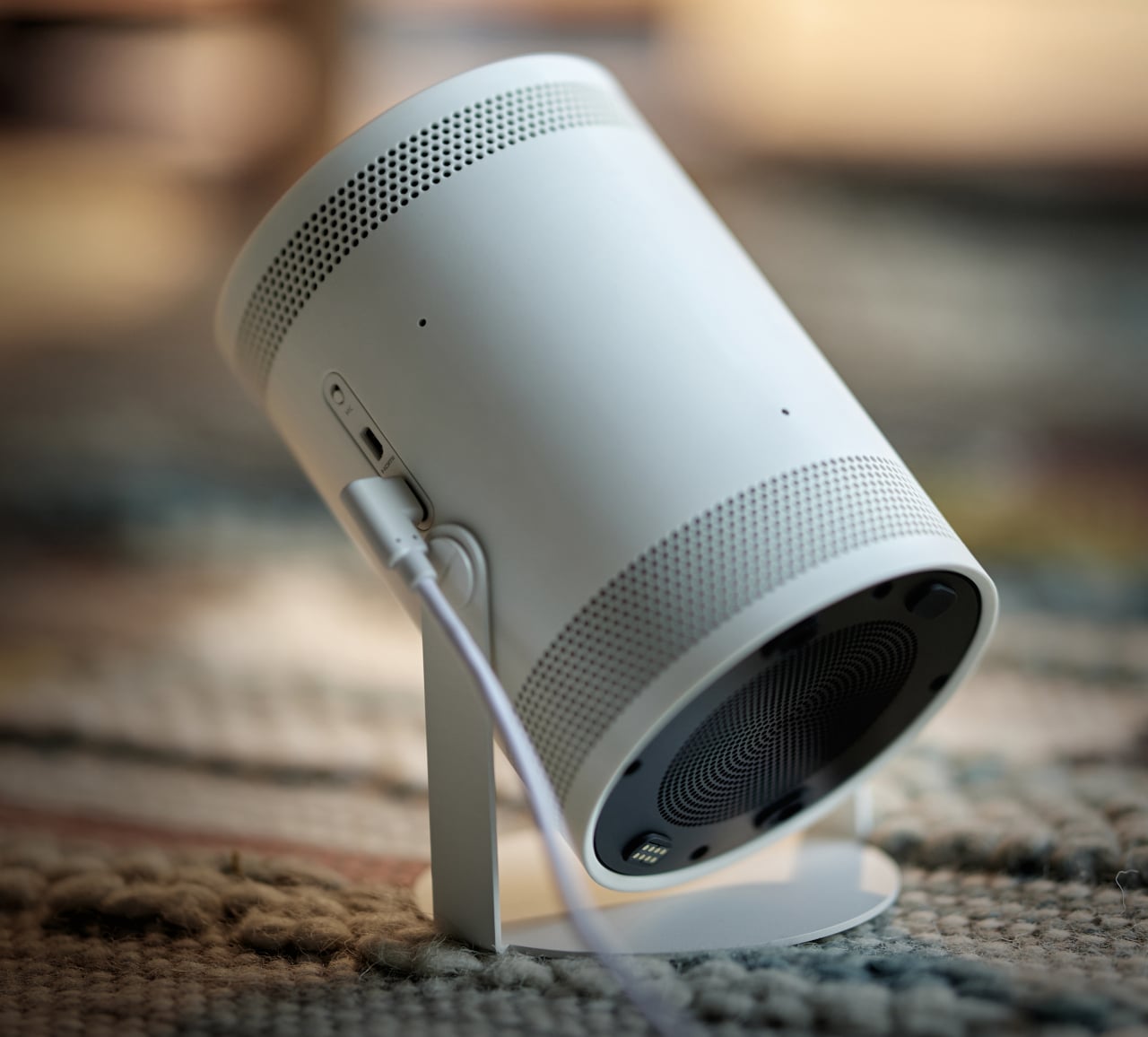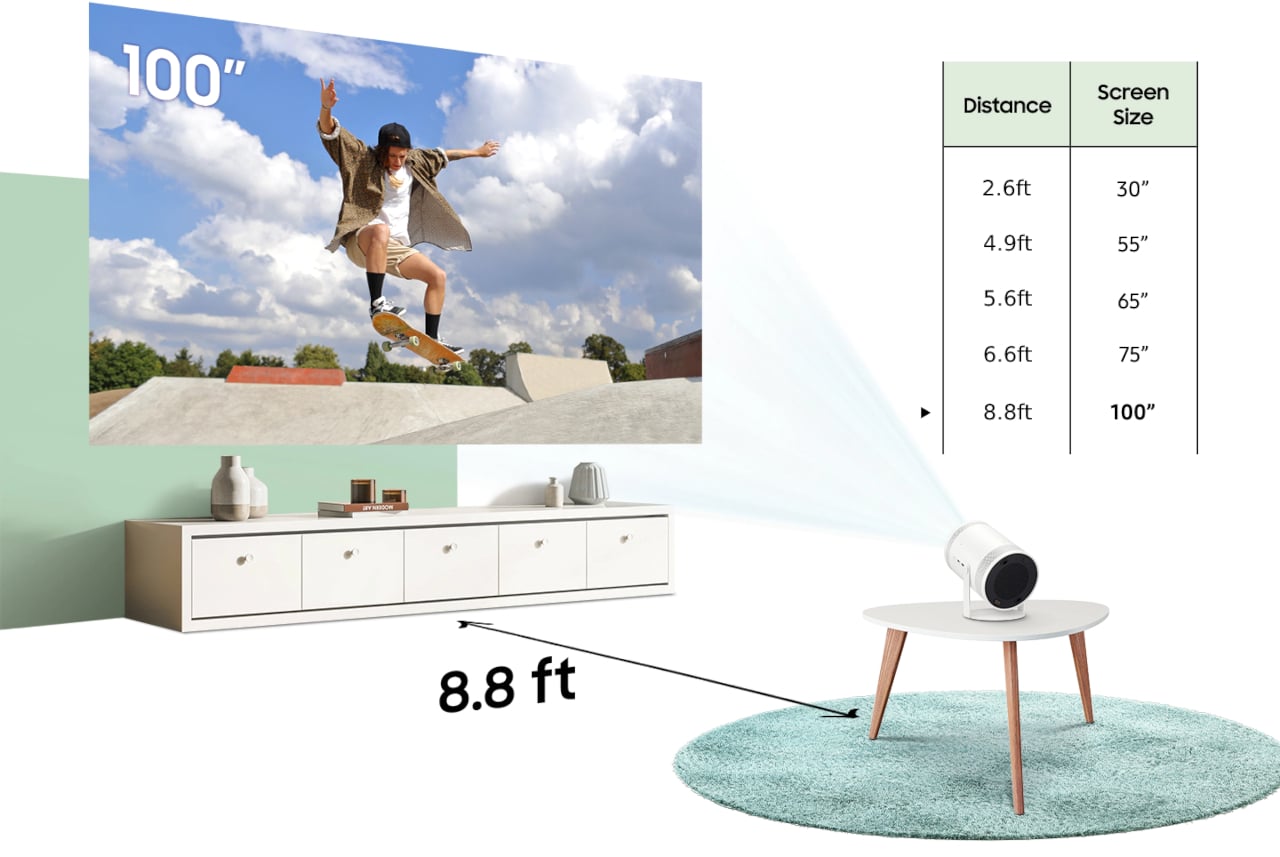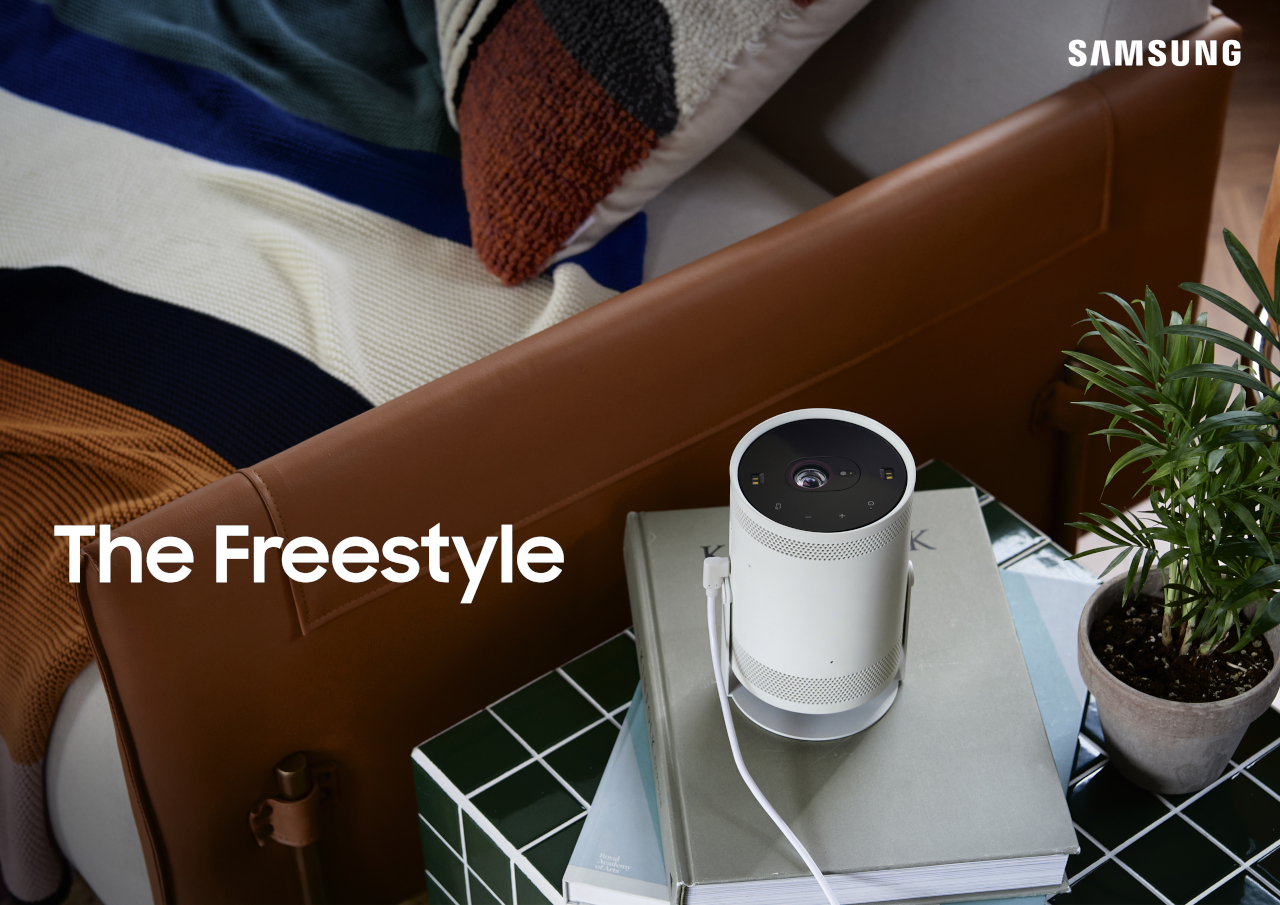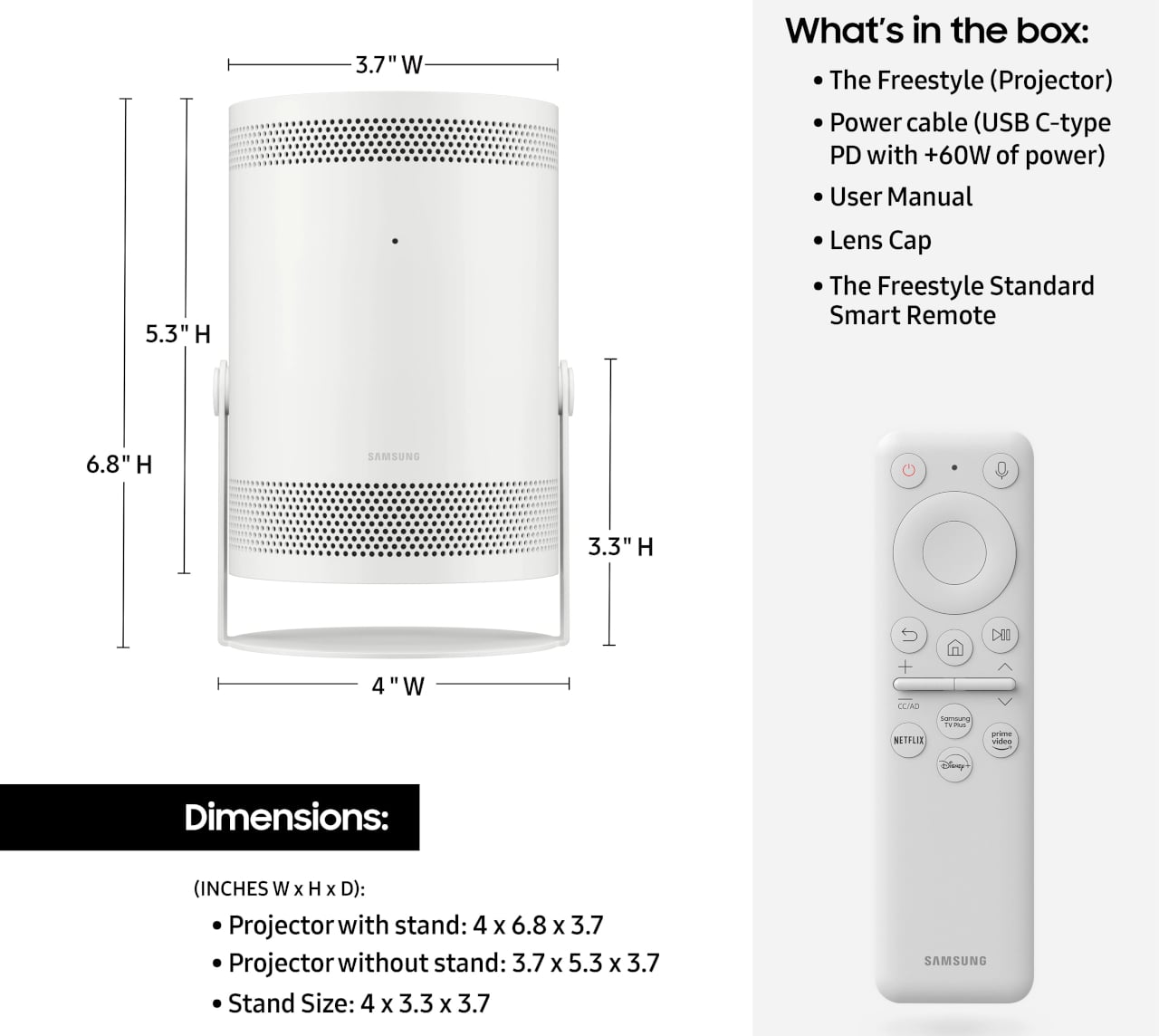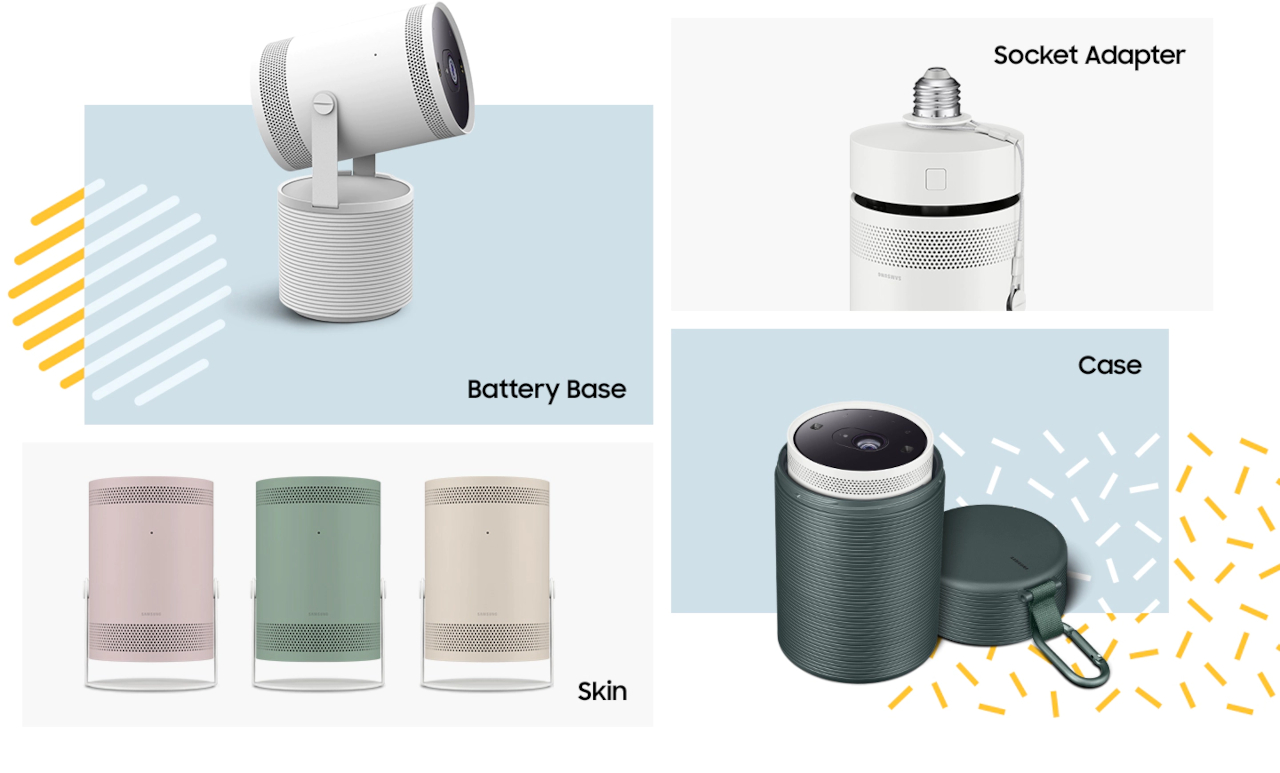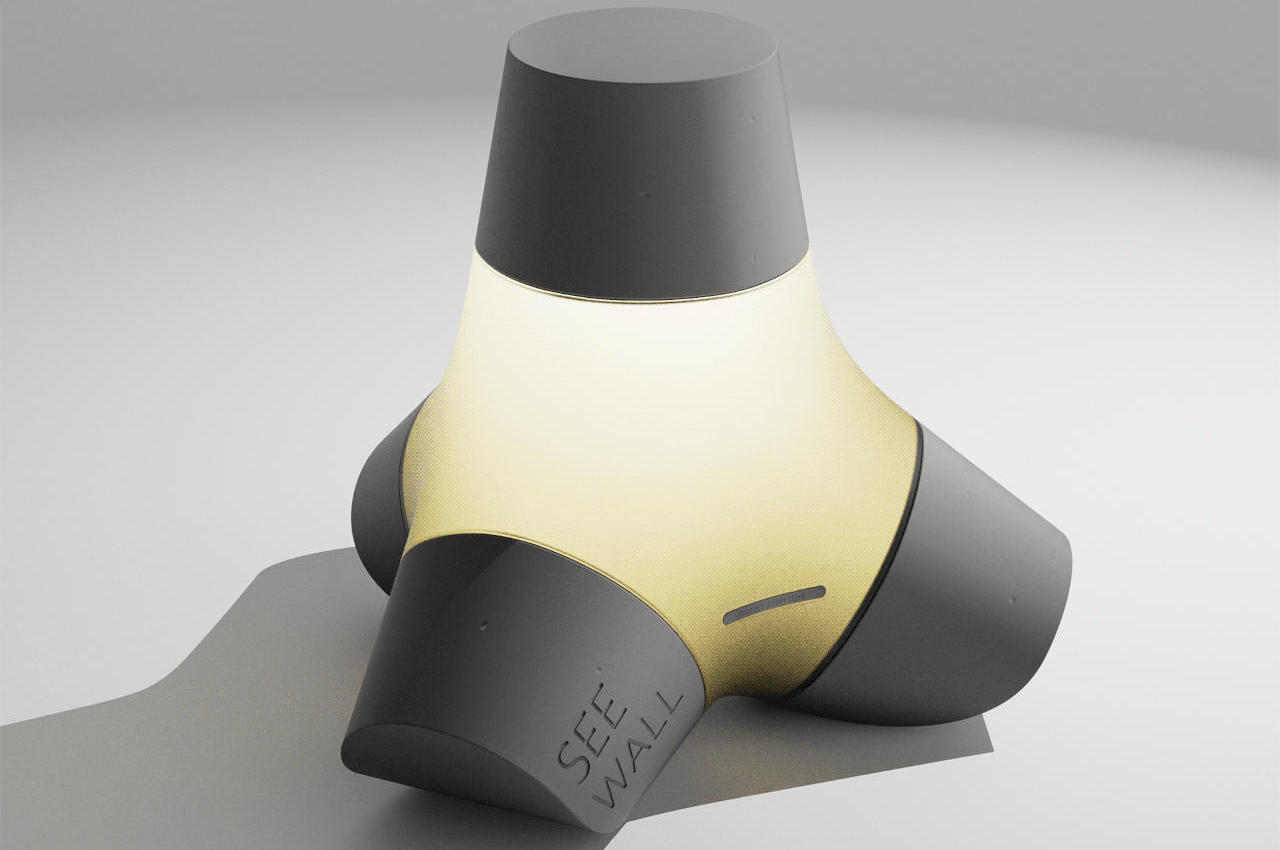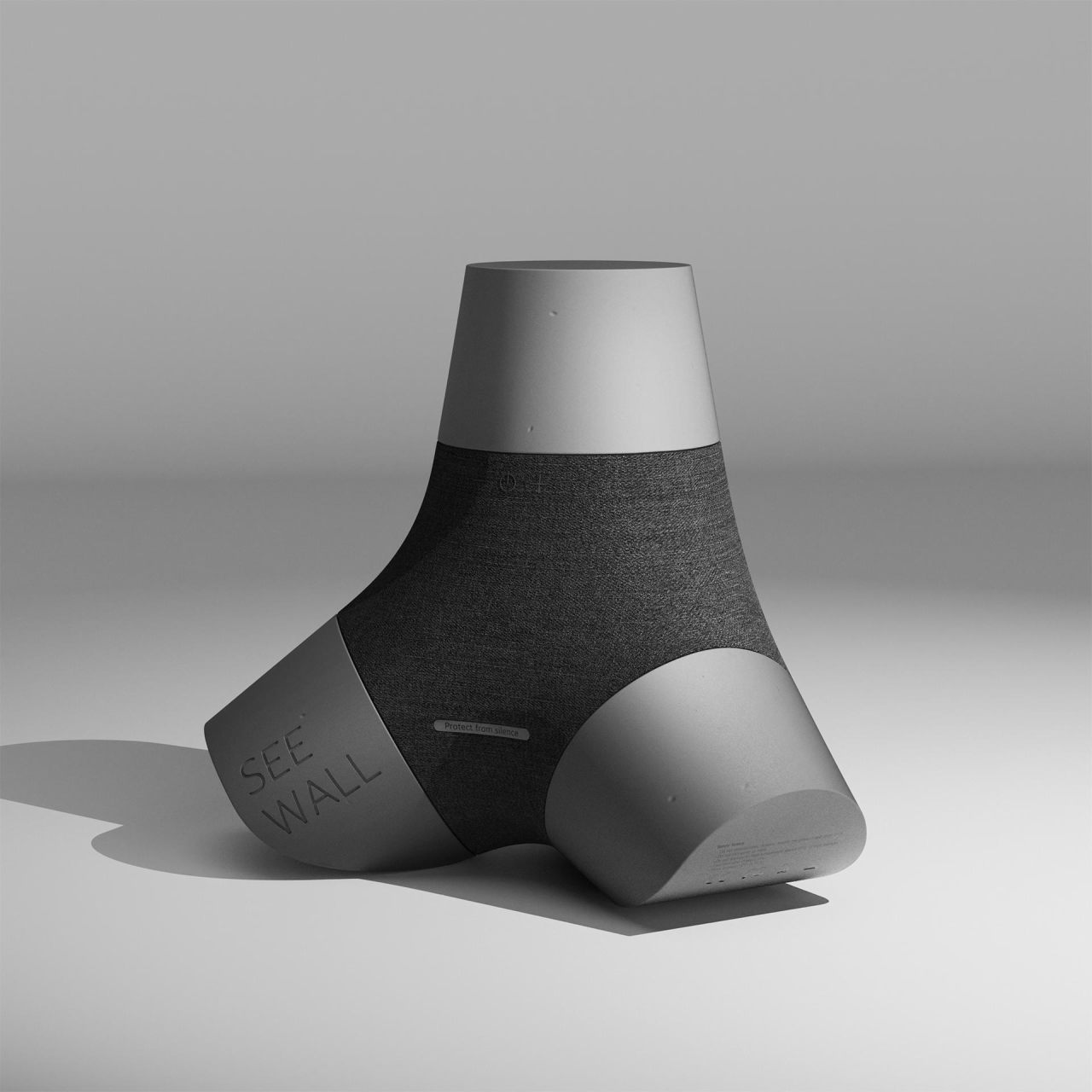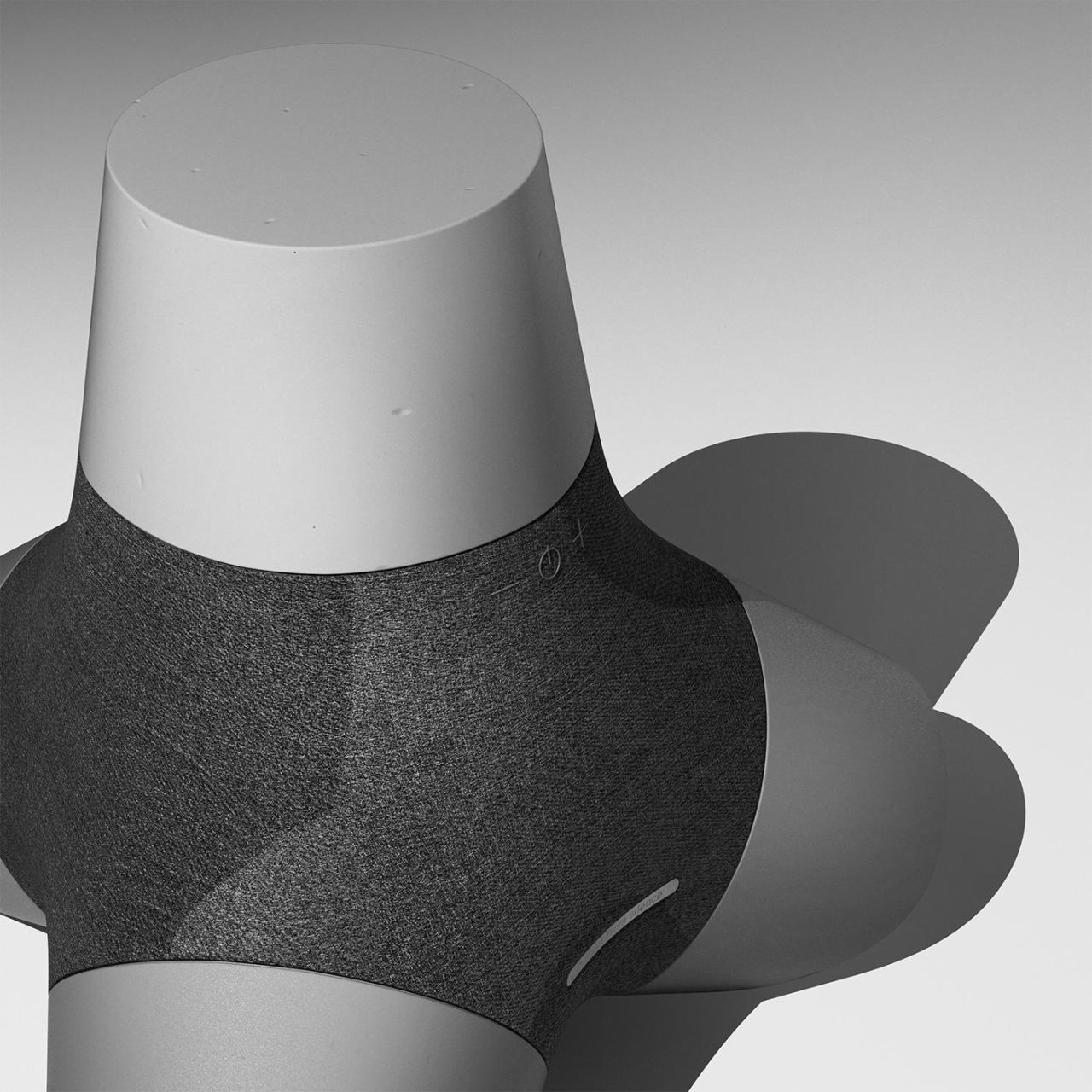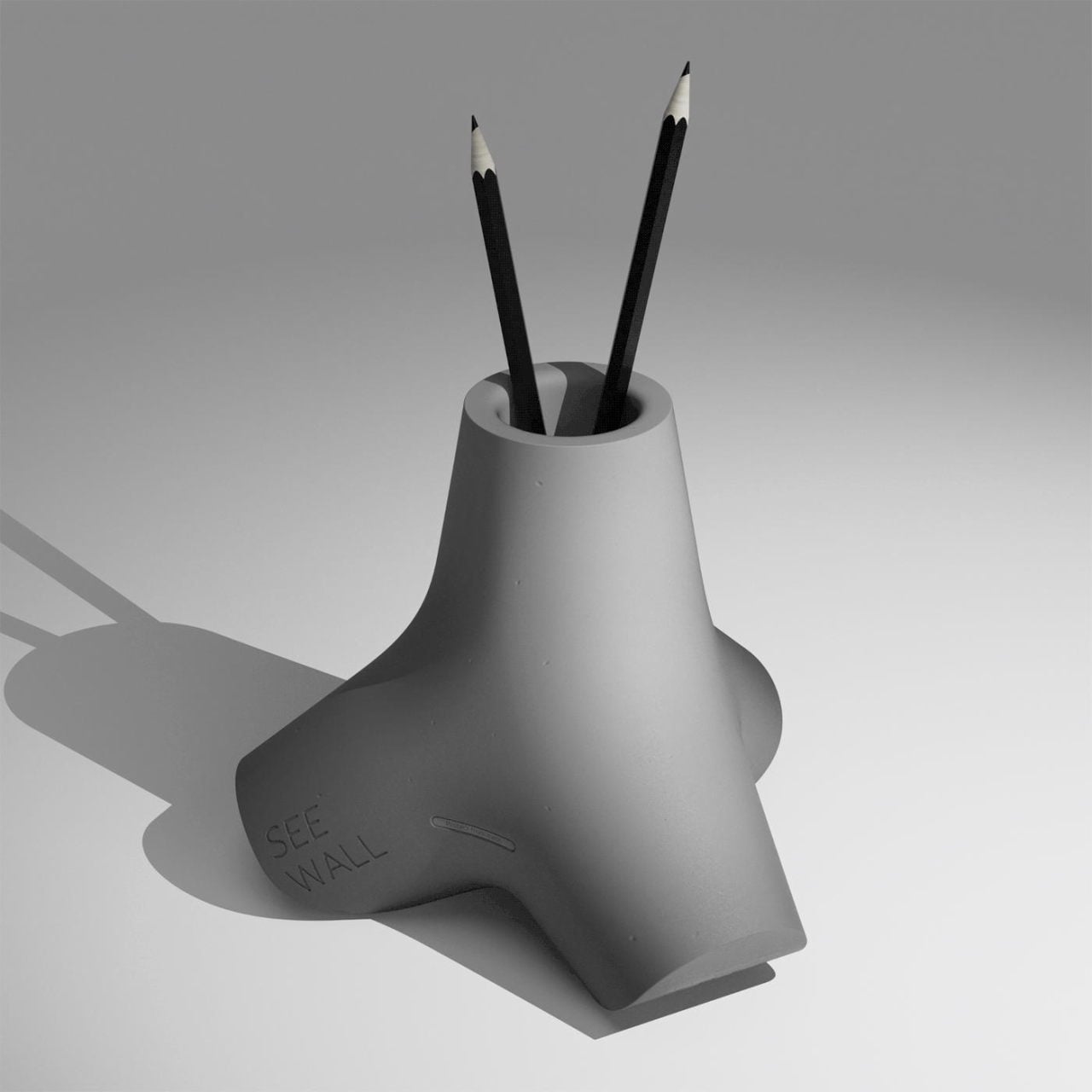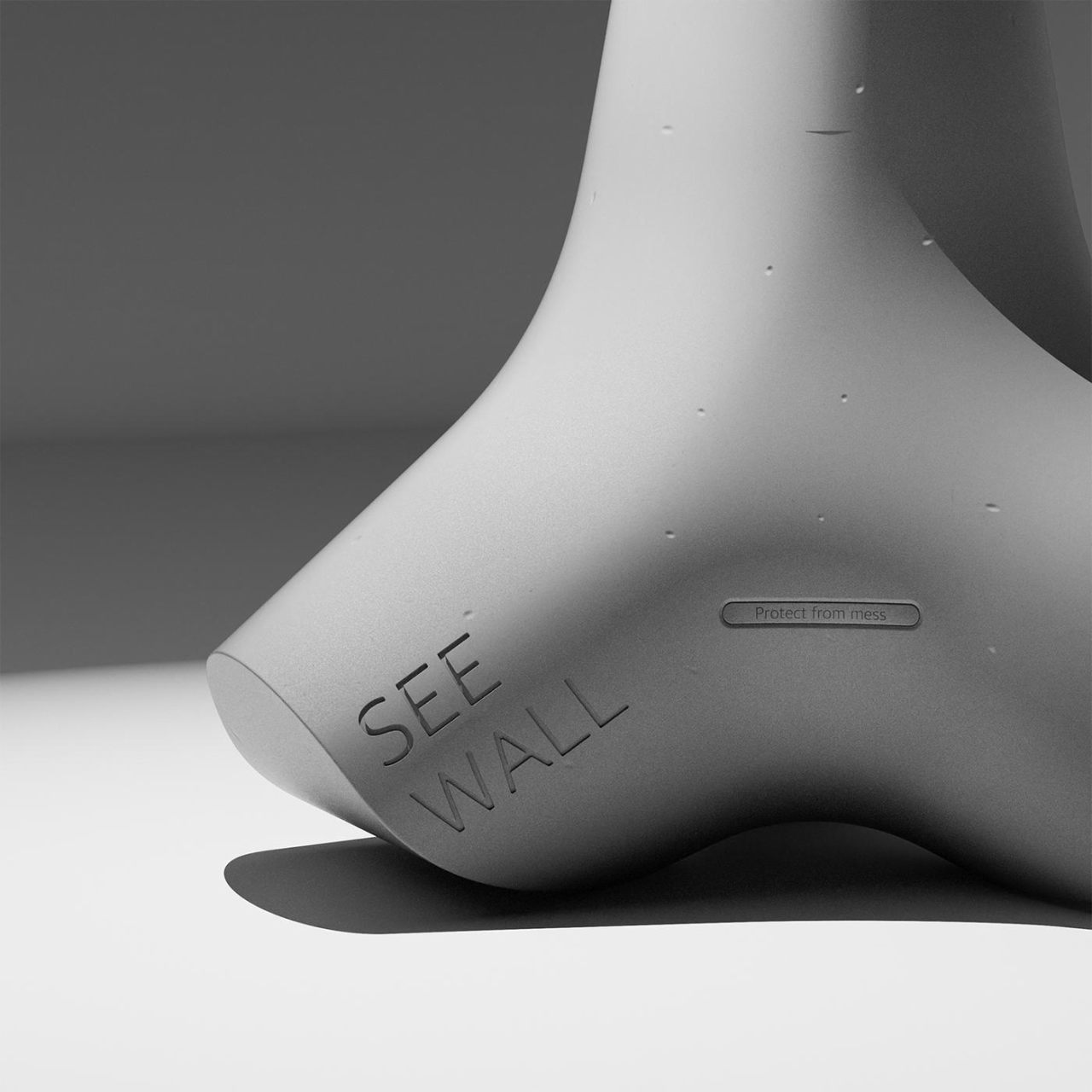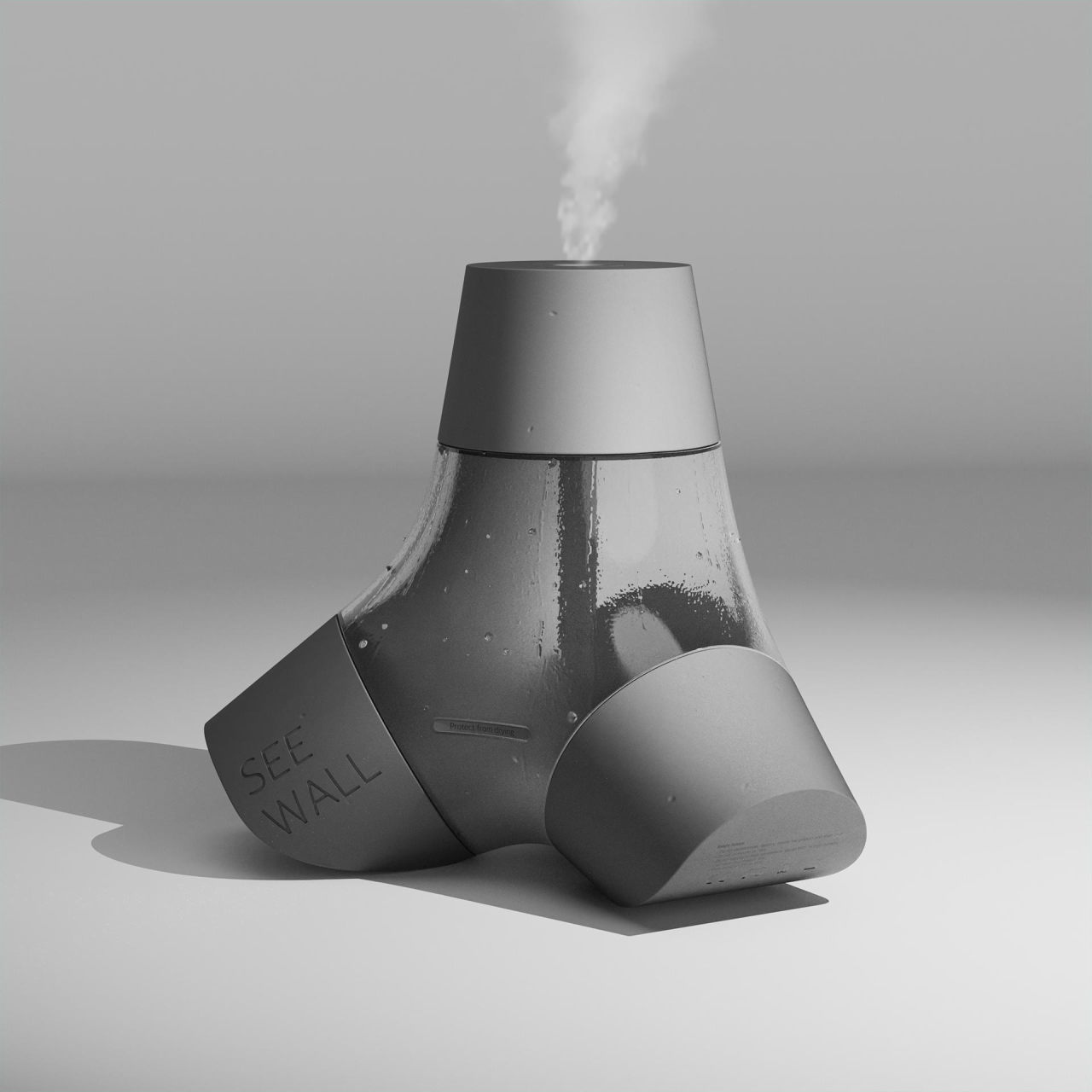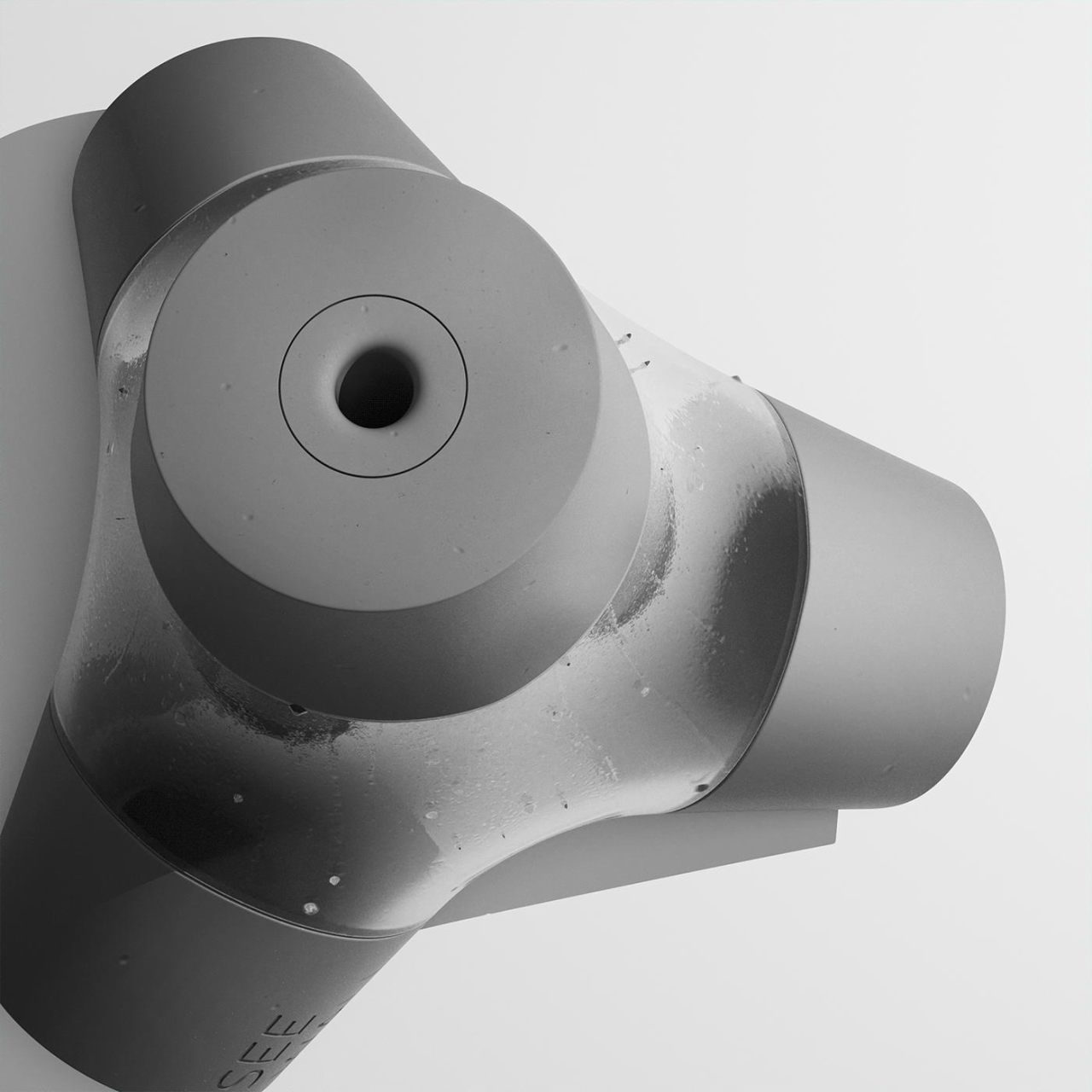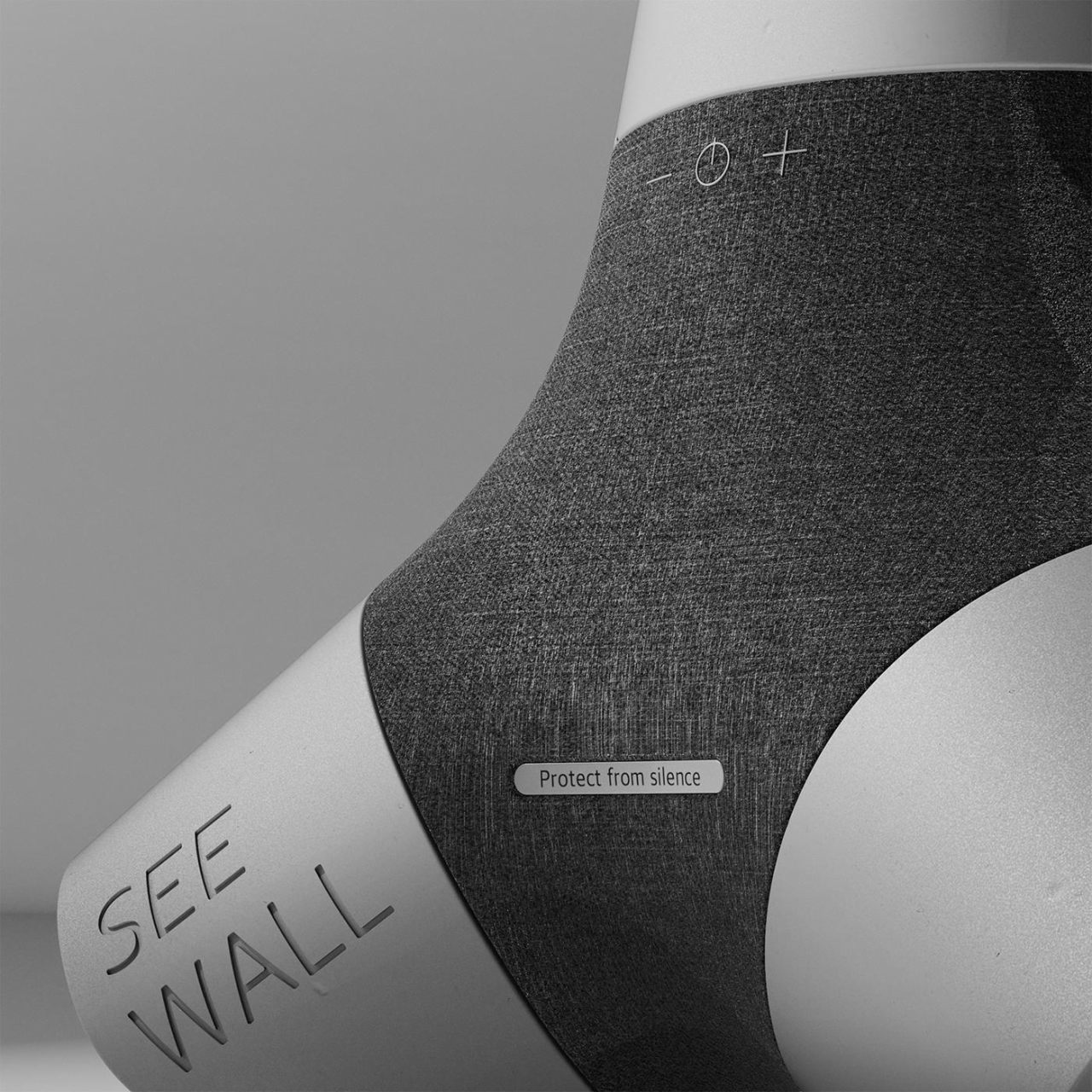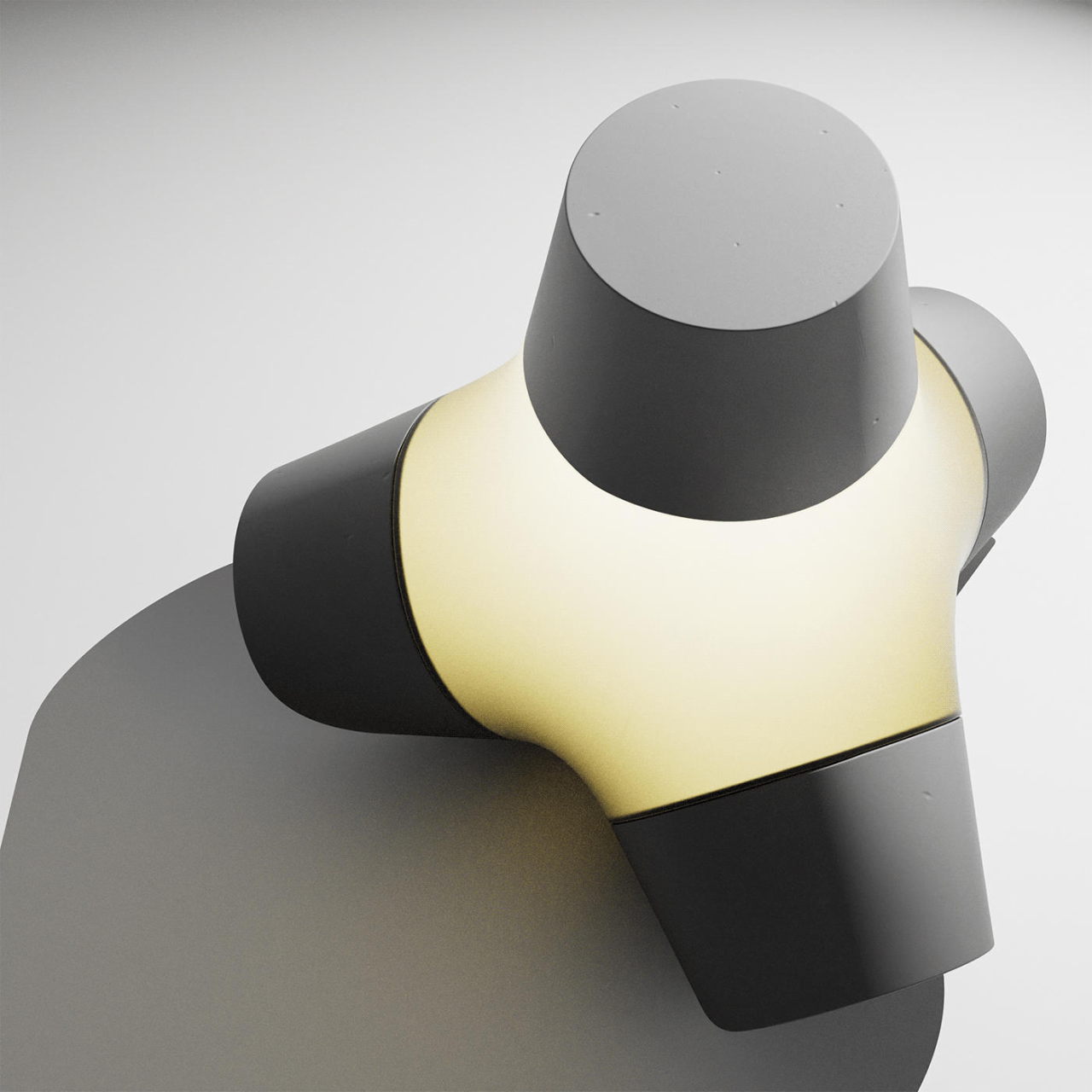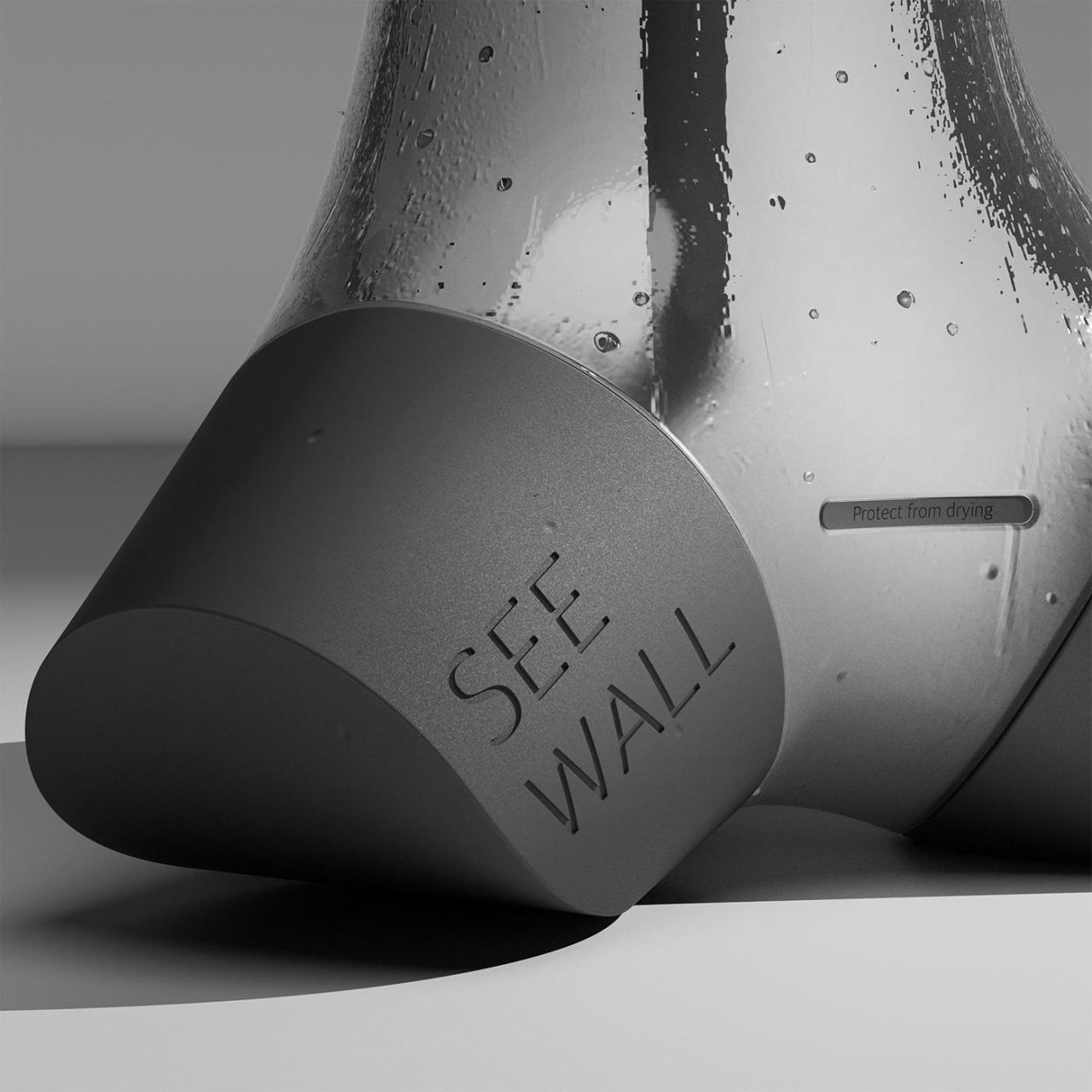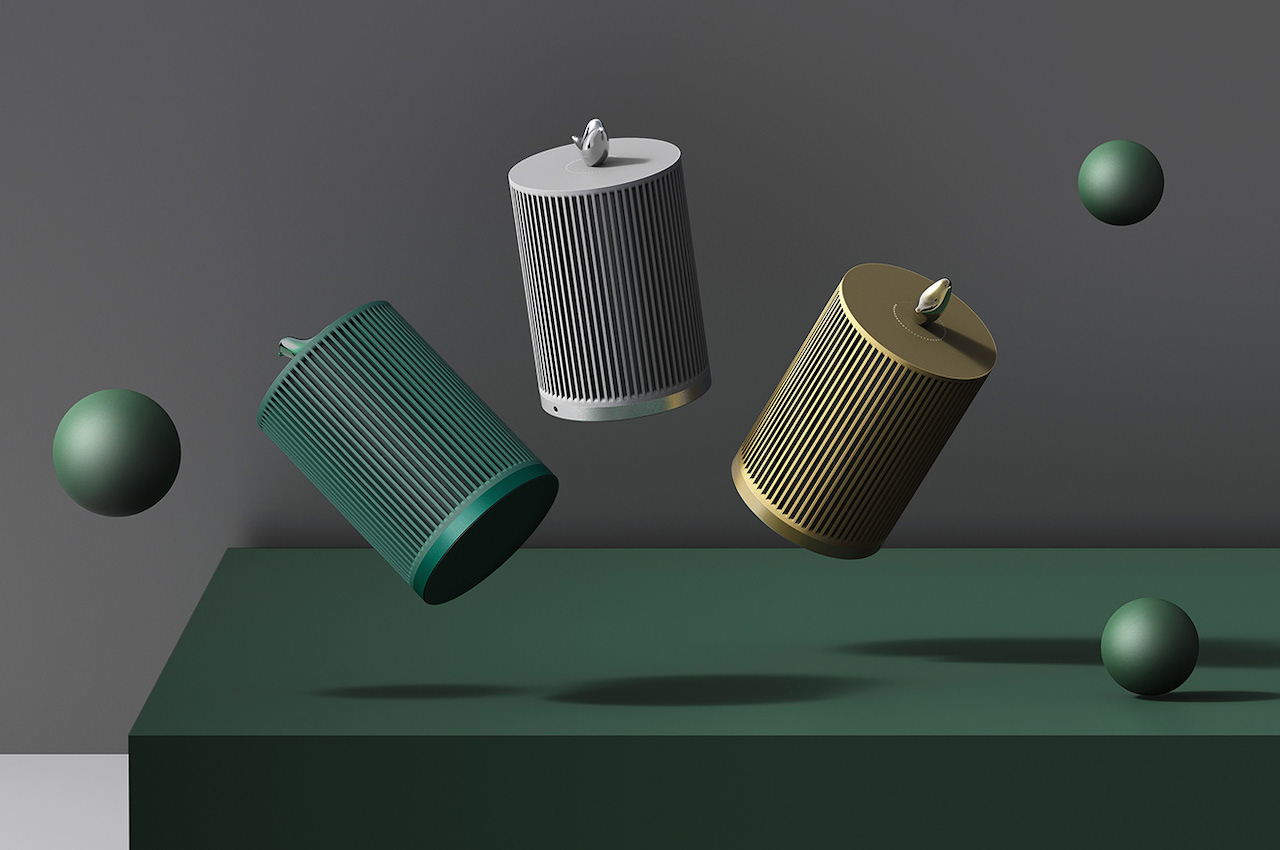
Smart speakers are quickly becoming a standard in smart homes. Your house can’t be considered smart if no smart speaker is available. It’s not just about owning the latest smart TVs or smart appliances now. You need to be able to have something that can talk back to you and really understand what you feel, think, and say.
Only a smart speaker can hear and understand what you have to say. This innovation has proven to be really successful as millions of smart speakers have been sold worldwide. We are now at the point where brands can play around with designs.
Designer: LIGUOYIN
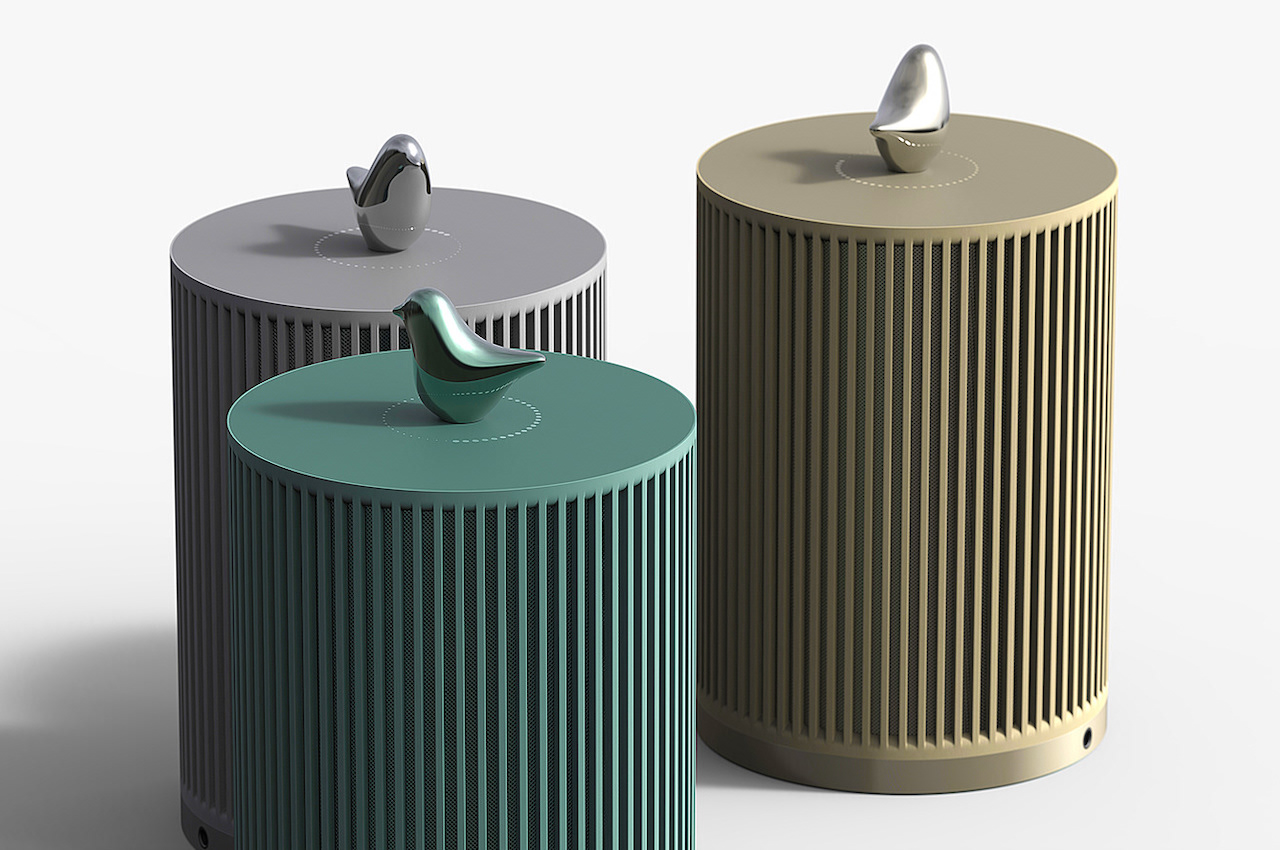
The Bird Intelligent Sound Box is a perfect example of how product design can make an ordinary gadget into something more special and unique. But, of course, birds can sing, and some can talk, so it makes sense that the idea is used here. Instead of just talking to your phone or a dull-looking box, why not speak to a bird? The Bird Intelligent Sound Box will make you feel like you’re just talking to a parrot which can be fun at times. This one won’t tell you bad things—just all you want to hear.
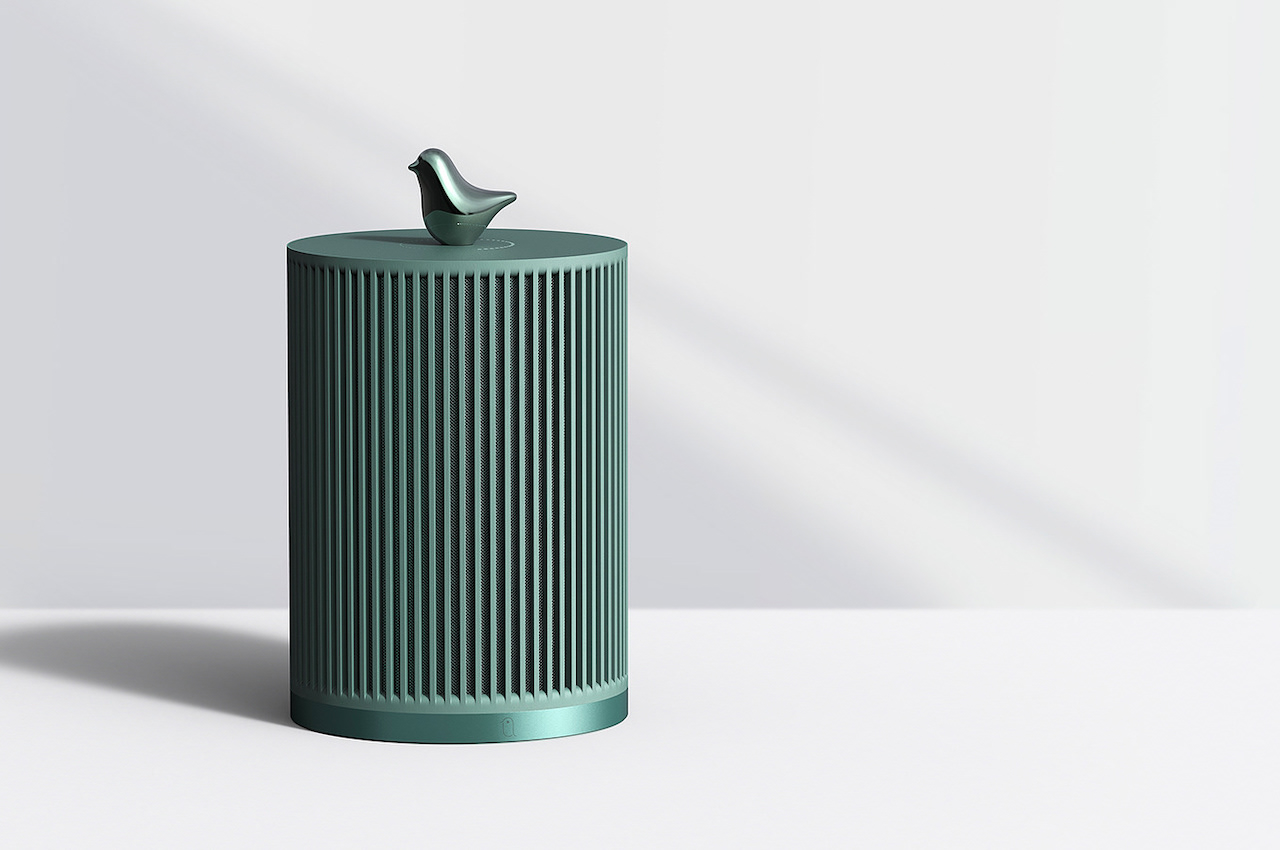
This concept product looks like a birdcage, but the bird isn’t inside. Instead, it stays on top as it also functions as a knob to control the volume. The birdcage portion is the speaker part where the sound comes out.
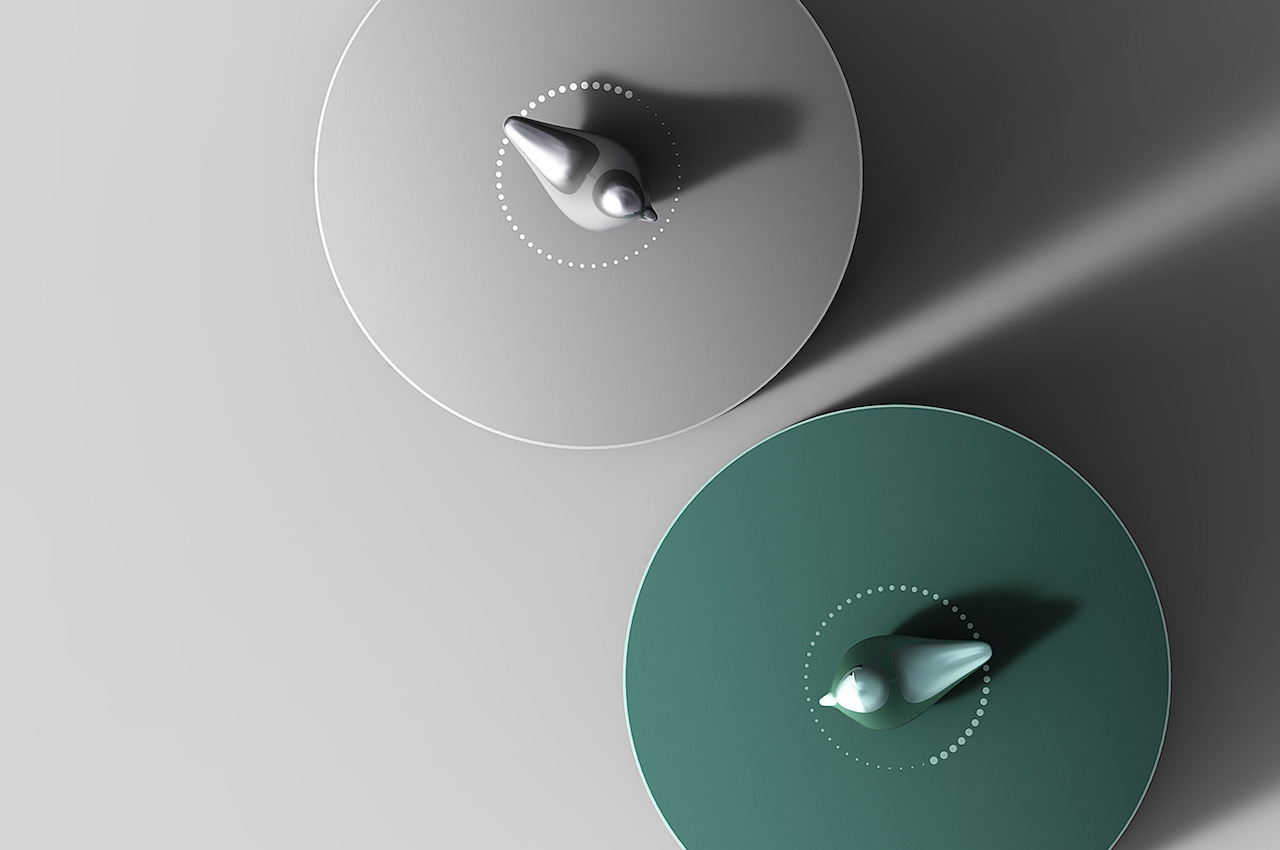
The design of this smart speaker is minimalist and straightforward. It is a smart speaker in the form of a birdcage made with plastic material. We are also assuming it can support Siri and Google because it is supposed to be really intelligent. With artificial intelligence, this little birdie can tell you many things and do different tasks for you.
The Bird Intelligent Sound Box is rendered in three different colors. There’s silver, gold, and green but we think it will also look nice in other colors and other finishes. All three are elegant choices that we imagine seeing in homes with luxe and stylish interiors.
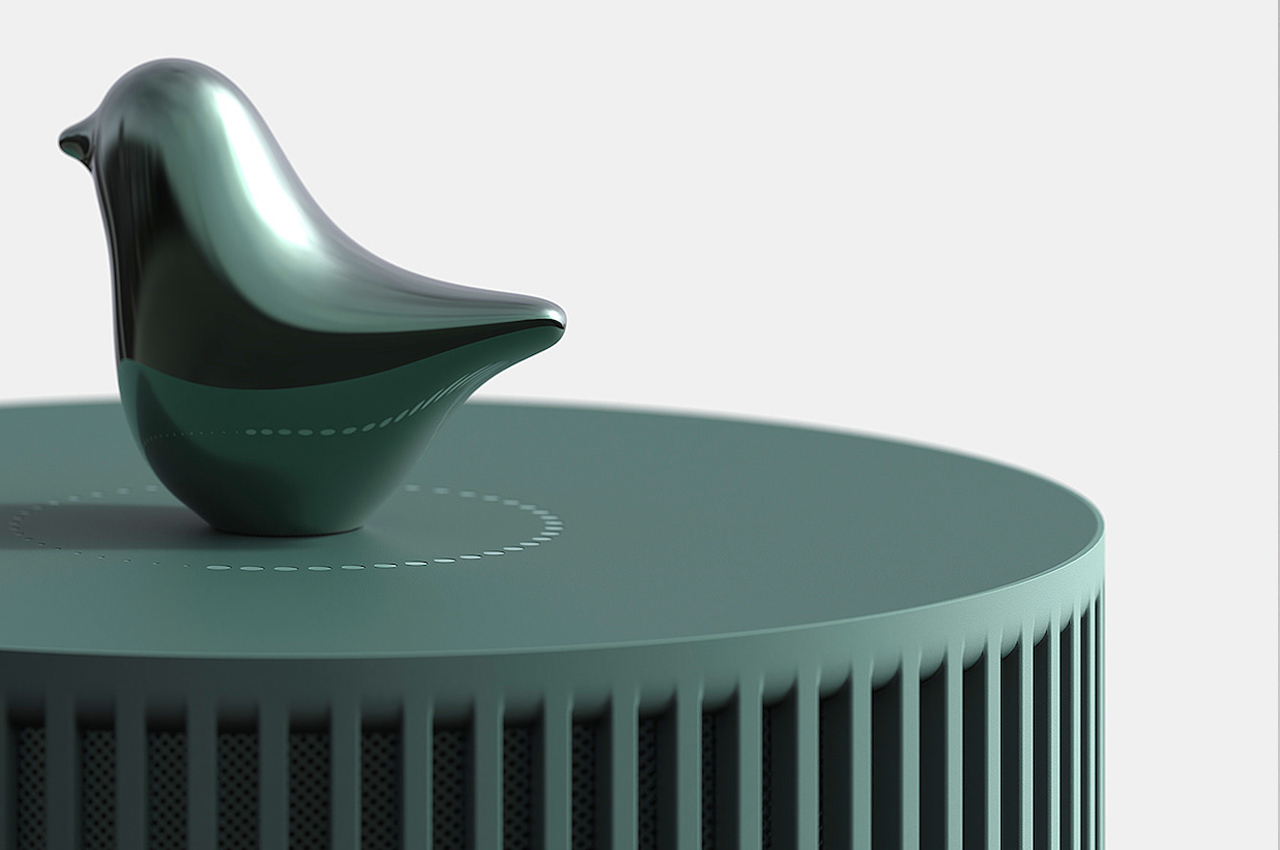
This isn’t the first time the idea of birds has been incorporated into a design. We even started with that bird-shaped camera. We remember the Canary Smart Speaker concept that could make two-way conversations. We love that CRYO Balancing Bird Lamp. That pelican-beak restaurant overlooking a cliff gives an absolutely stunning view. The Canairi Fresh Air Monitor can tell us whether air quality is good or bad.
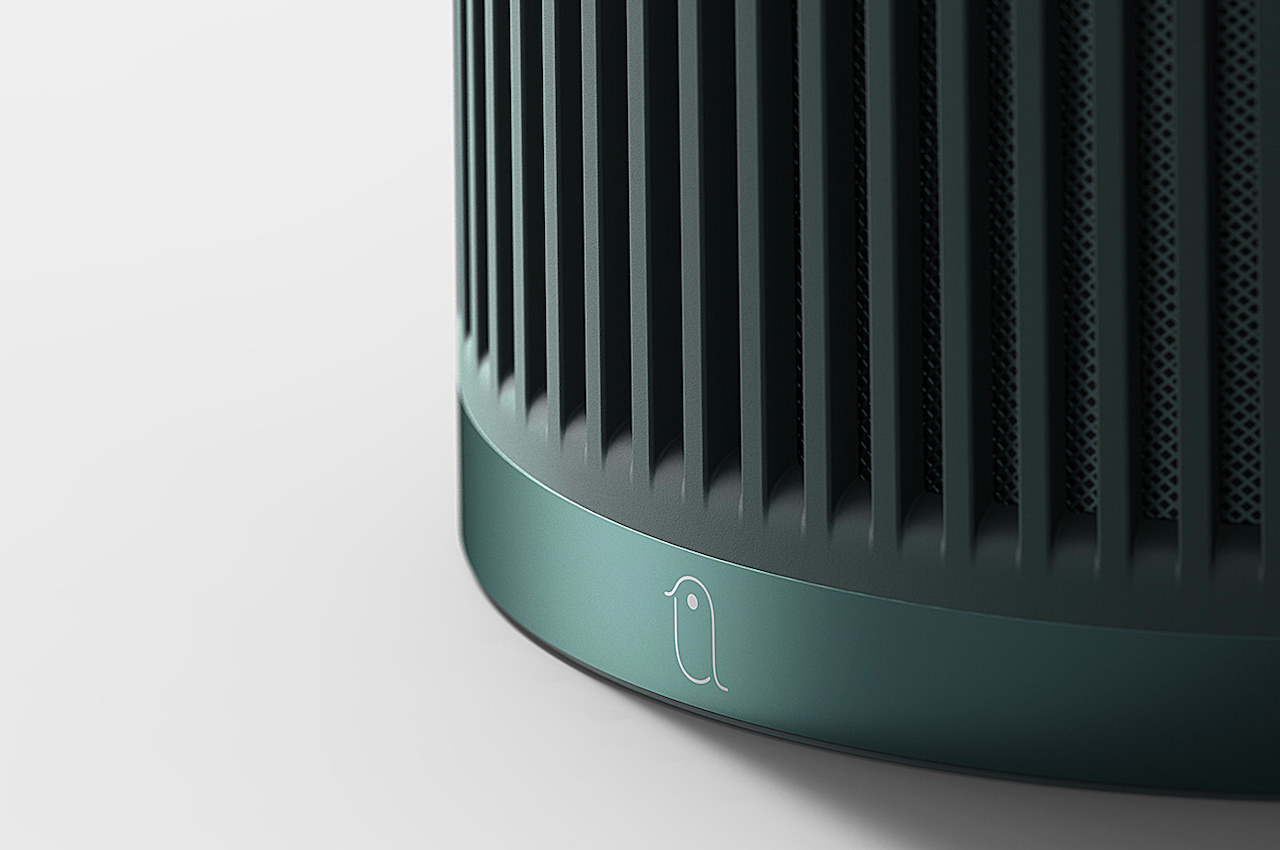
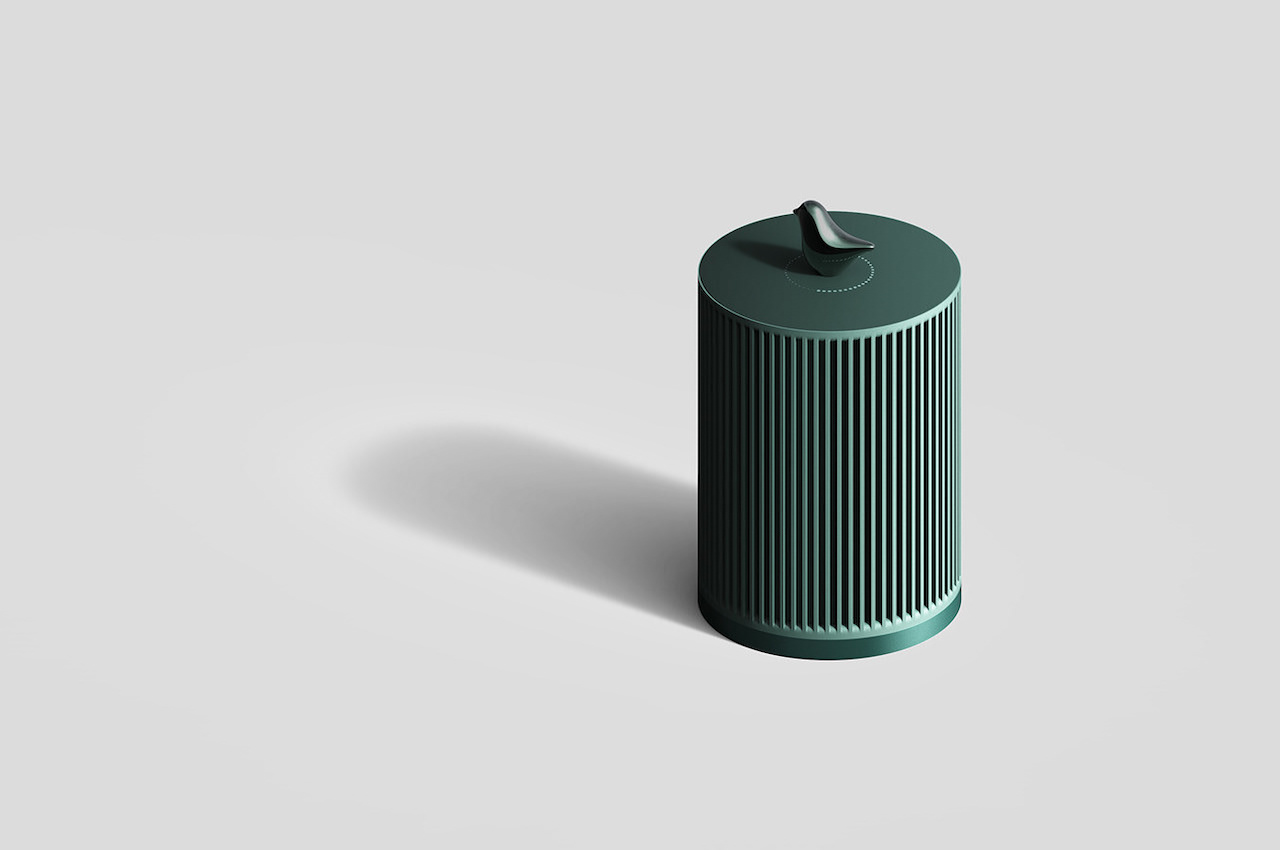
The post This Birdcage-inspired Sound Box Concept is one stylish smart speaker first appeared on Yanko Design.
